Arriving in Lisbon with no prior knowledge of the city’s attractions, I turned to a friend’s recommendation: Pena Castle or Palace. He stressed the importance of securing tickets in advance to avoid delays. With this sole destination in mind, I passed a few hours at the airport before hailing a taxi to my accommodation, Beautiful Studio in Historic Alfama, as check-in time wasn’t until 4 pm.
Upon arrival, I encountered a small hiccup in locating the accommodation and checking into my room. Fortunately, the owner of a nearby restaurant kindly called and spoke to the property owner, helping resolve the issue. I have detailed the process of reaching the accommodation from the main road and entering the room in the post I published.
Due to jet lag, I took the opportunity to rest that night. The following morning, after breakfast at a local restaurant, I began my search for a travel company to book a day trip to the Pena Castle. However, finding one proved more challenging than expected. Seeking assistance, I approached a gift shop owner who directed me to Rossio Square.
While walking toward Rossio Square, I captured photos of the streets and fascinating buildings along the way. Eventually, I reached the magnificent Rossio Square, where I took the time to explore its surroundings and stumbled upon a travel kiosk run by a knowledgeable individual. They offered valuable insights into the available tours. Inspired by my friend’s recommendation, I decided to embark on a day trip that encompassed the stunning destinations of Cascais, Boco do Inferno, Cabo da Roca, and Pena Castle.
The tour package offered two options: with or without lunch. Intrigued by the prospect of an authentic Portuguese lunch, I chose the option with lunch, costing me around 17 euros. However, based on my experience, I would advise against the lunch option, as there are other opportunities to try authentic local cuisine.
The agent advised me to meet the representative near the bus at Marquês de Pombal Square around 9 AM with my ticket. This agent was friendly and helpful. After purchasing the ticket with my credit card, I took some time to explore the area and discovered a nearby Restauradores metro station.
I saw it as a convenient alternative mode of transportation, offering a reliable option instead of solely relying on taxis. With the assistance of a local, I obtained a ticket to Santa Apolónia, which was closer to my accommodation. The train ride was pleasant and enjoyable
Upon exiting the train station, I spotted a church, mistakenly assuming it was the one near my accommodation. I began walking towards the church in the hopes of reaching my accommodation but later realized my mistake. I retraced my steps back to the station and eventually found the main road leading to my accommodation, which was a 15 to 20-minute walk from the station.
The following morning, drawing on my experience from the previous day, I hopped on the train to Marquês de Pombal Square without any difficulties. Once I arrived, I stepped out of the station and started my search for the tour bus. After consulting a few tour bus drivers who were parked nearby, I finally spotted the tour bus amidst a crowd of people in the parking lot behind Marquês de Pombal Monument.
Tour Bus
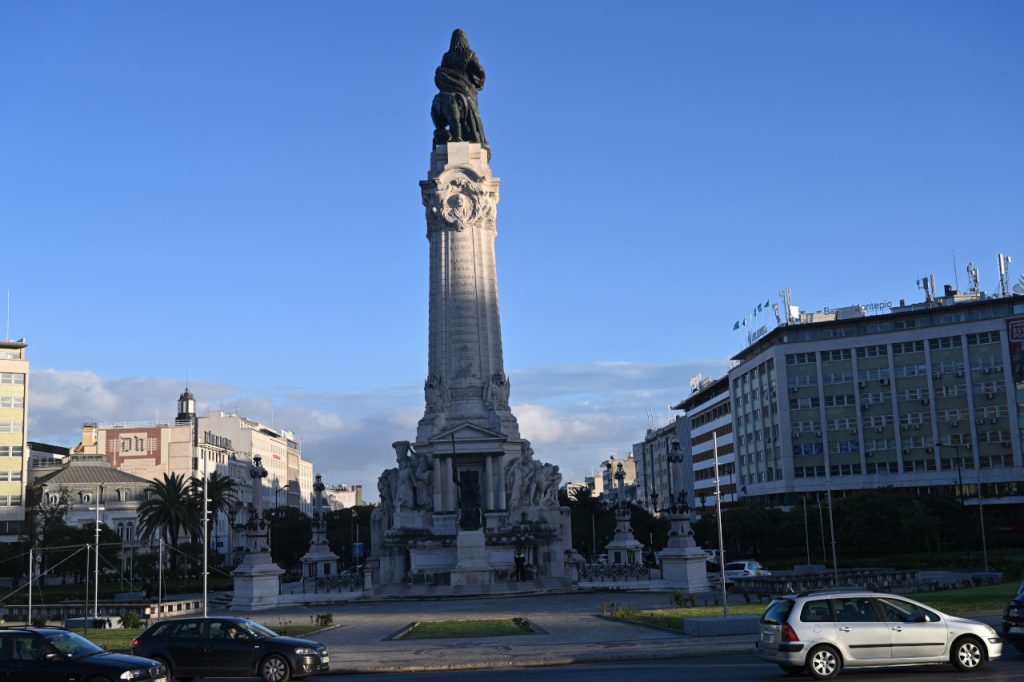
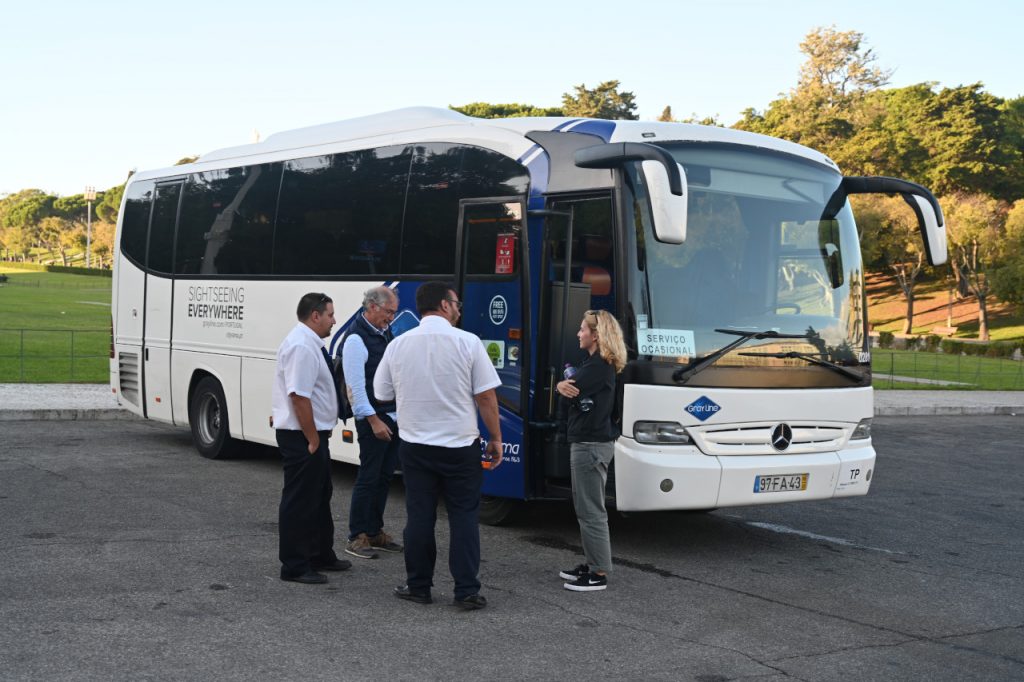
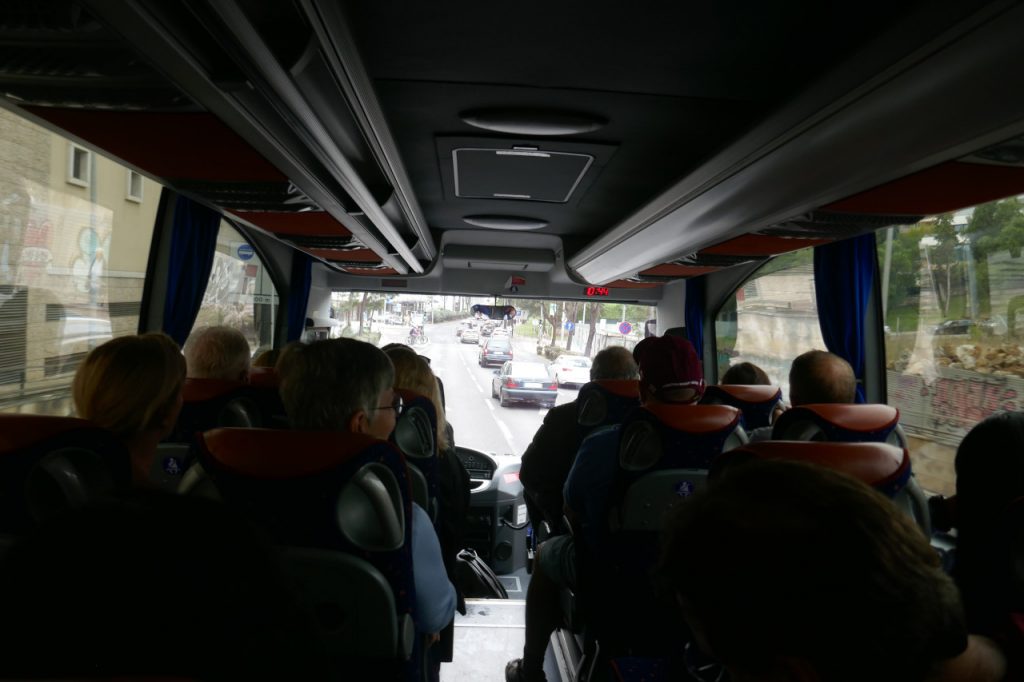
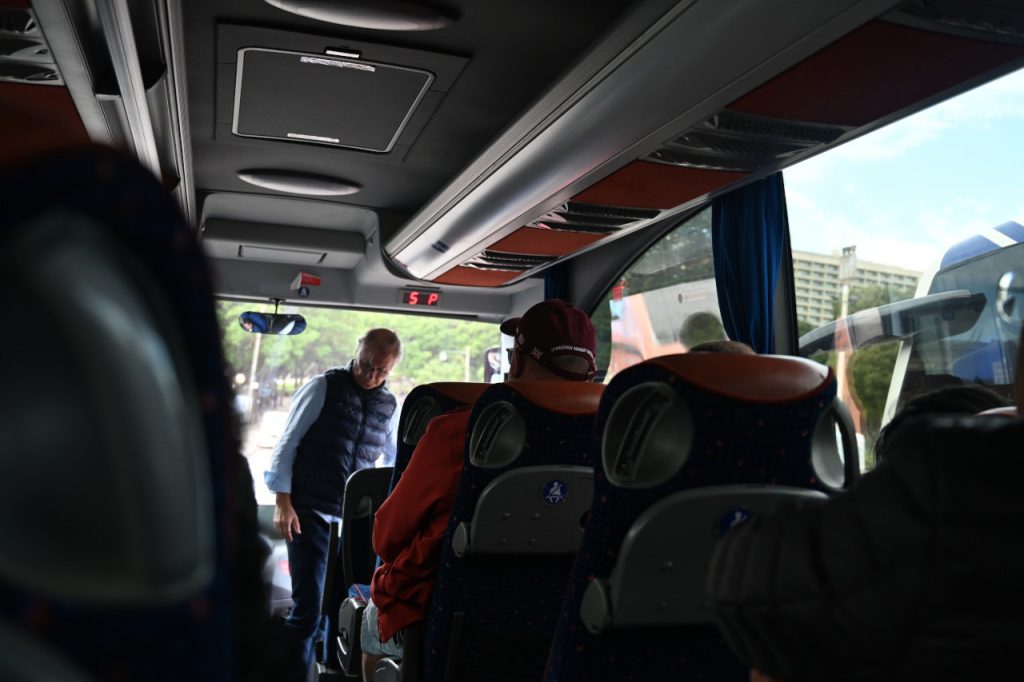
After verifying my ticket, the representative gave me a sticker to place it on my shirt. There was a pharmacy located within a 10 to 15-minute walk from the bus site. I decided to visit the pharmacy to get some medication for motion sickness. The pharmacist was friendly and provided helpful suggestions for medication. After purchasing the medication, I made sure to return to the bus on time for the continuation of the trip.
Once everyone was on board, we chose our seats on the comfortable and well-equipped bus. A tour guide, fluent in several languages, accompanied us. Our first stop was Cascais. Our tour guide allocated us 2 hours to explore Cascais before returning to the bus.
Unfortunately, it was drizzling and cloudy, which made it challenging to capture good pictures. Undeterred, I disembarked from the bus and followed the crowd towards the marina. The entire area was surrounded by charming buildings, gift shops, and restaurants. Although I didn’t visit the beach due to the weather, I took the opportunity to capture some photographs of the marina.
It appeared to be a popular destination for yacht owners and boasted a vibrant waterfront area with a variety of restaurants, bars, and shops. It was a delightful place to leisurely stroll and soak in the coastal scenery. Given the rainy conditions and limited time, I only managed to take a few pictures in the marina and along the way as I walked back to the bus.
Cascais is a place that would be best enjoyed with a longer stay, as two hours on a rainy day hardly allowed for a proper exploration. It left me with the desire to return and fully experience this beautiful coastal town.
Captivating Cascais Marina: A Seaside Gem in Portugal
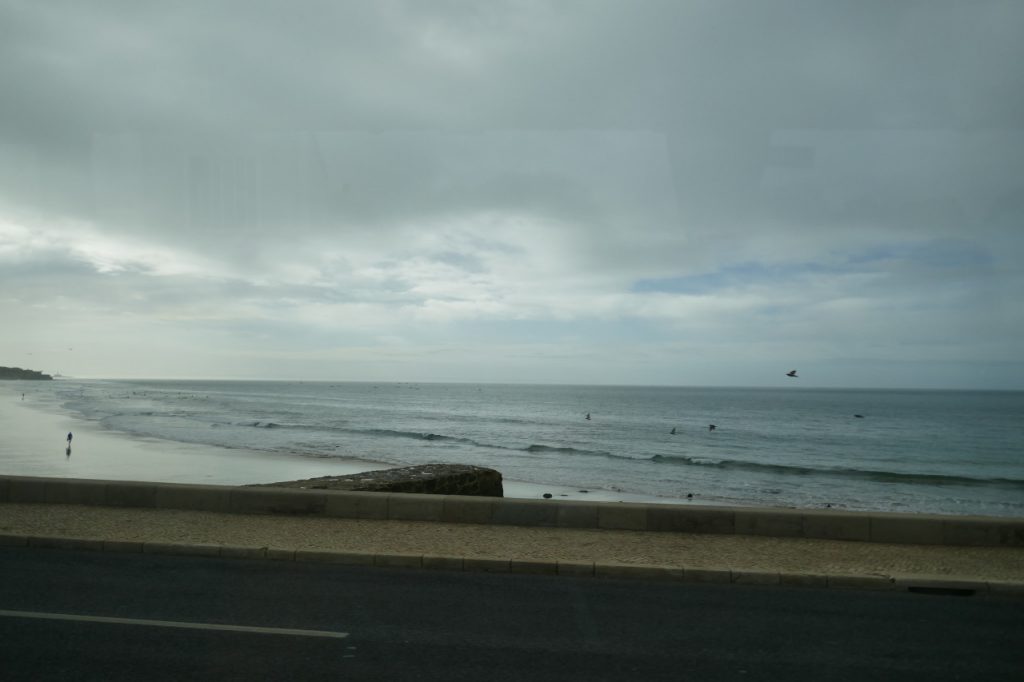
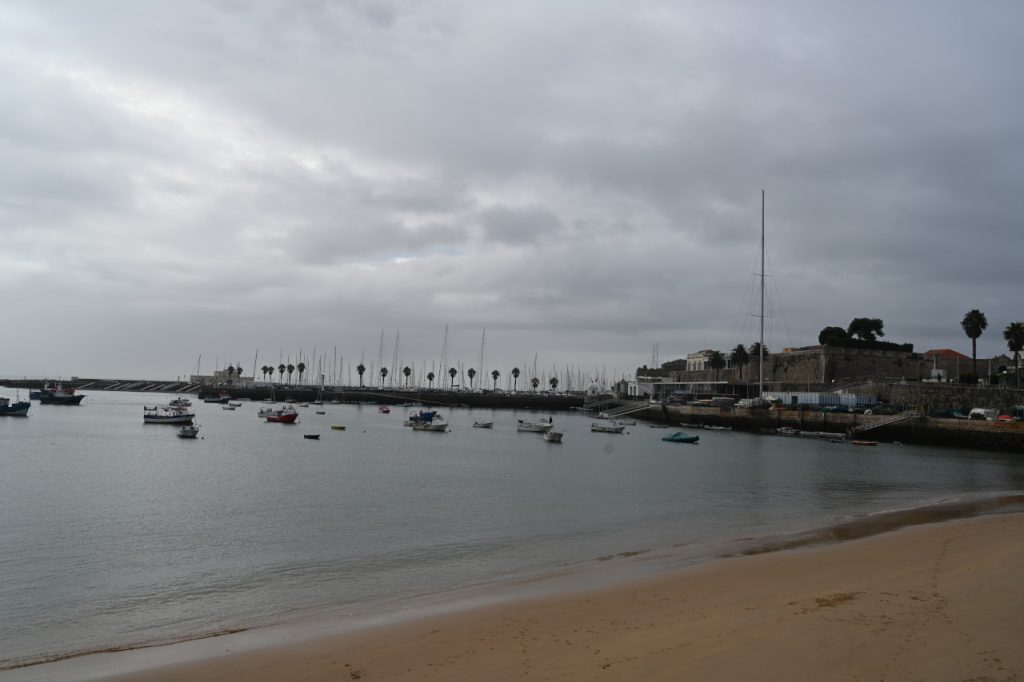
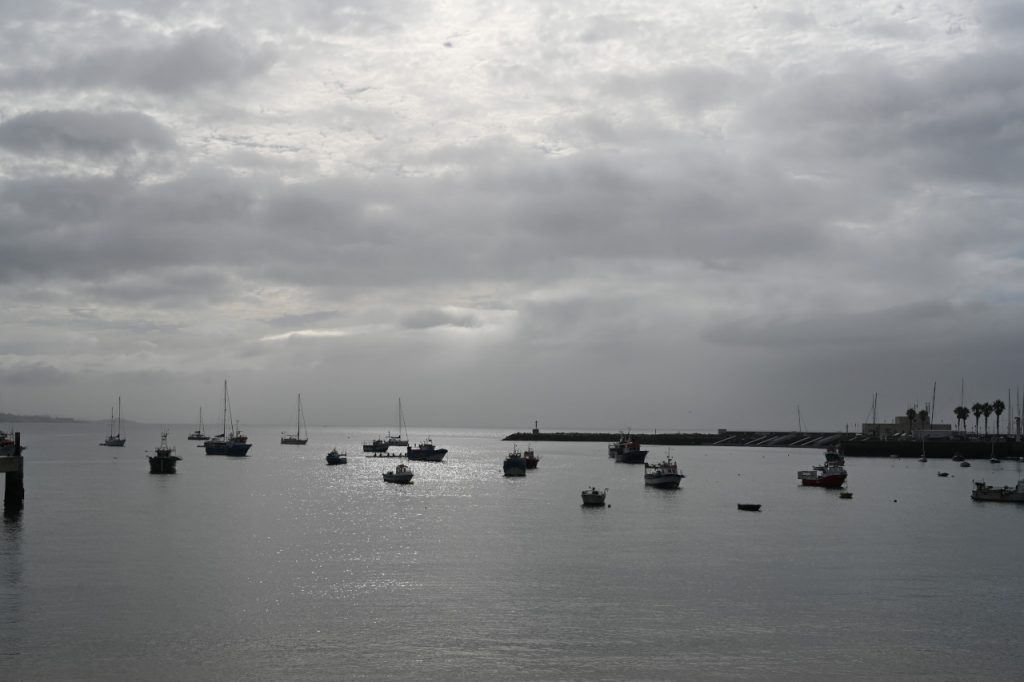
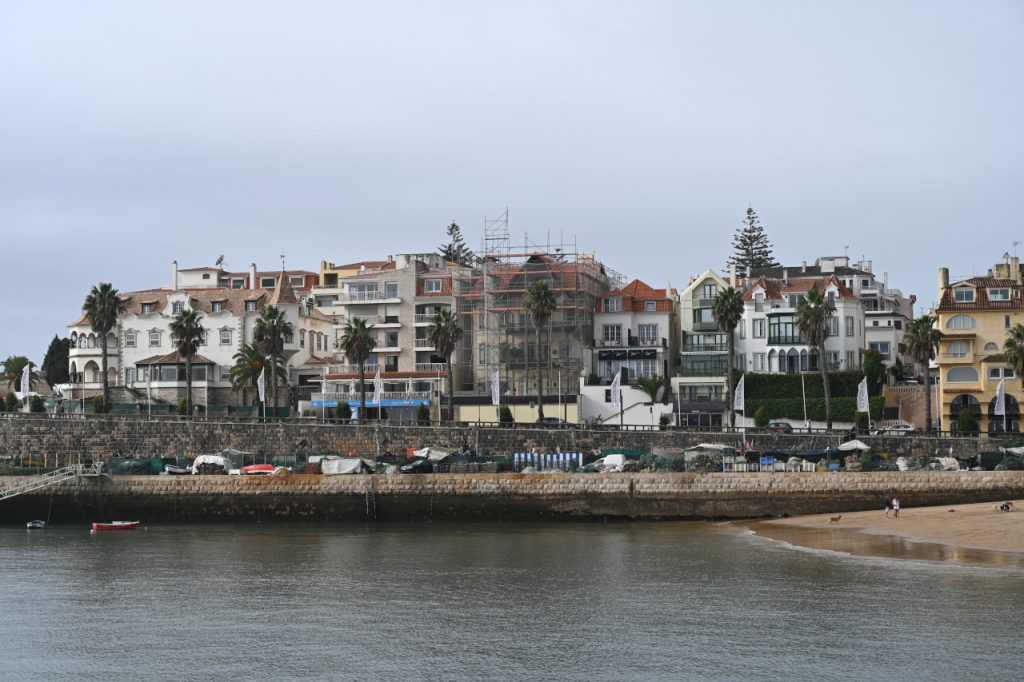
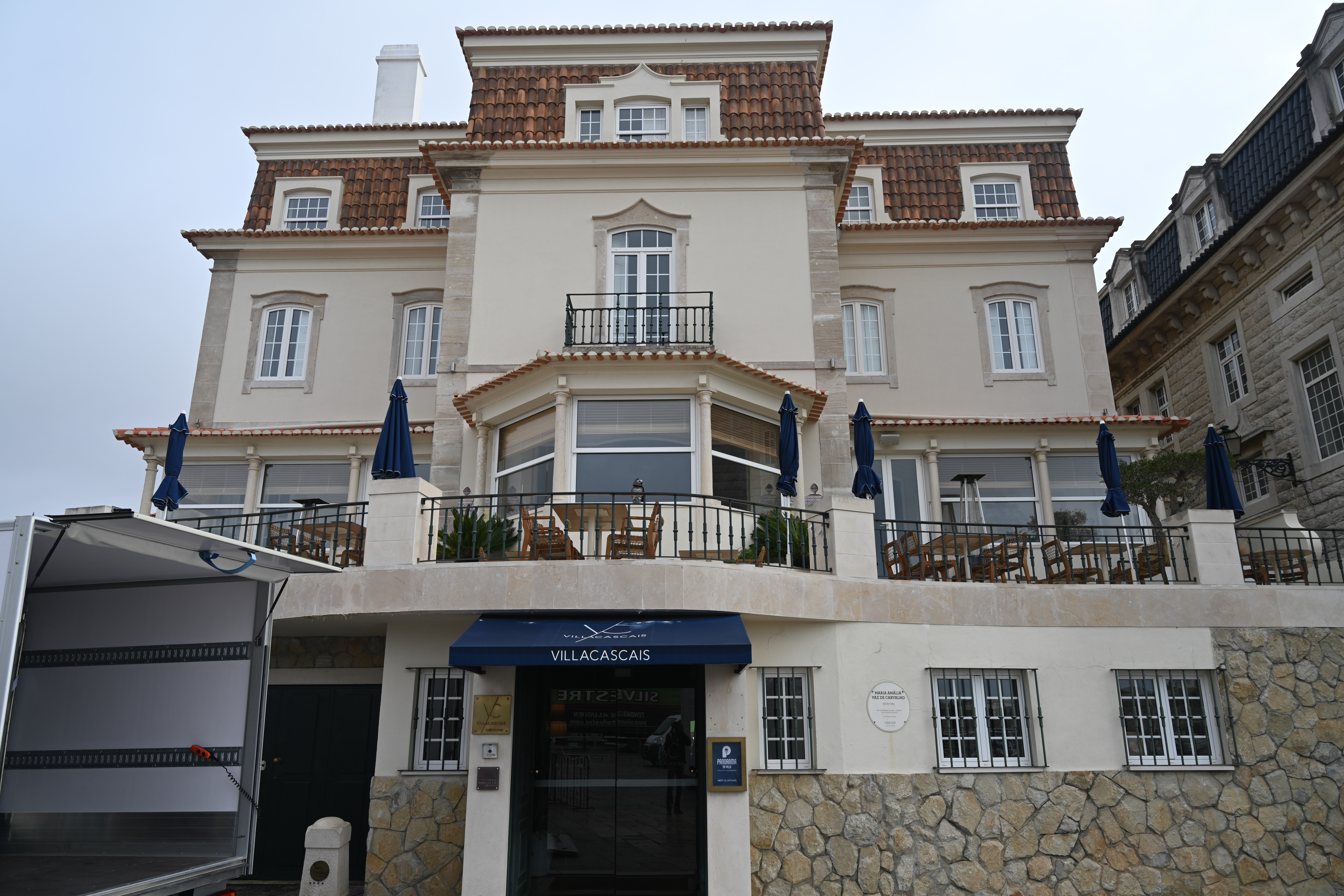
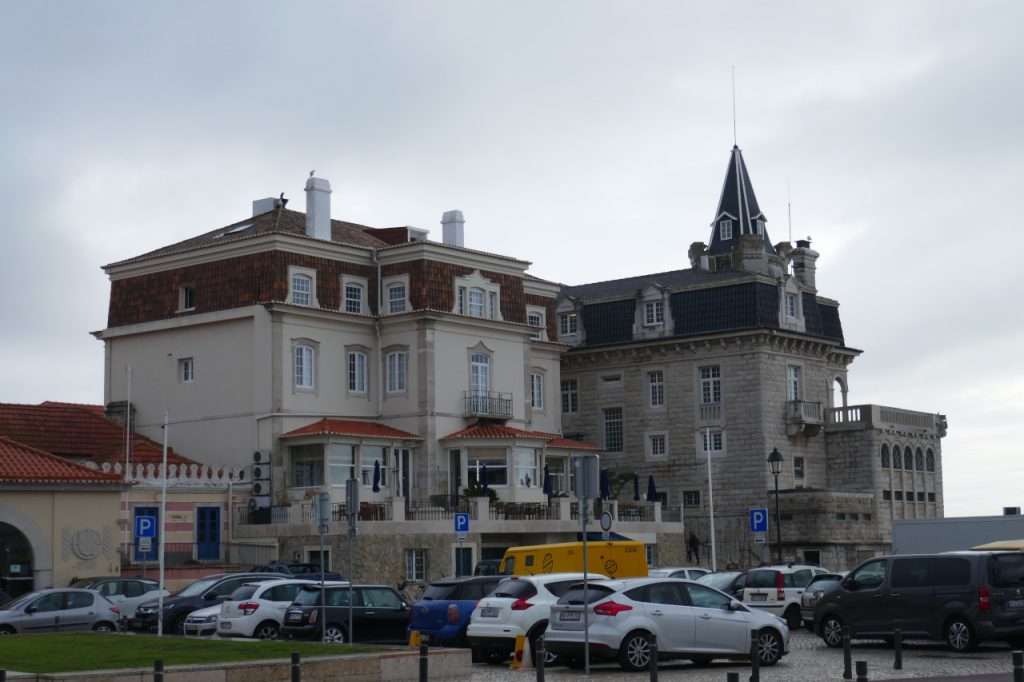
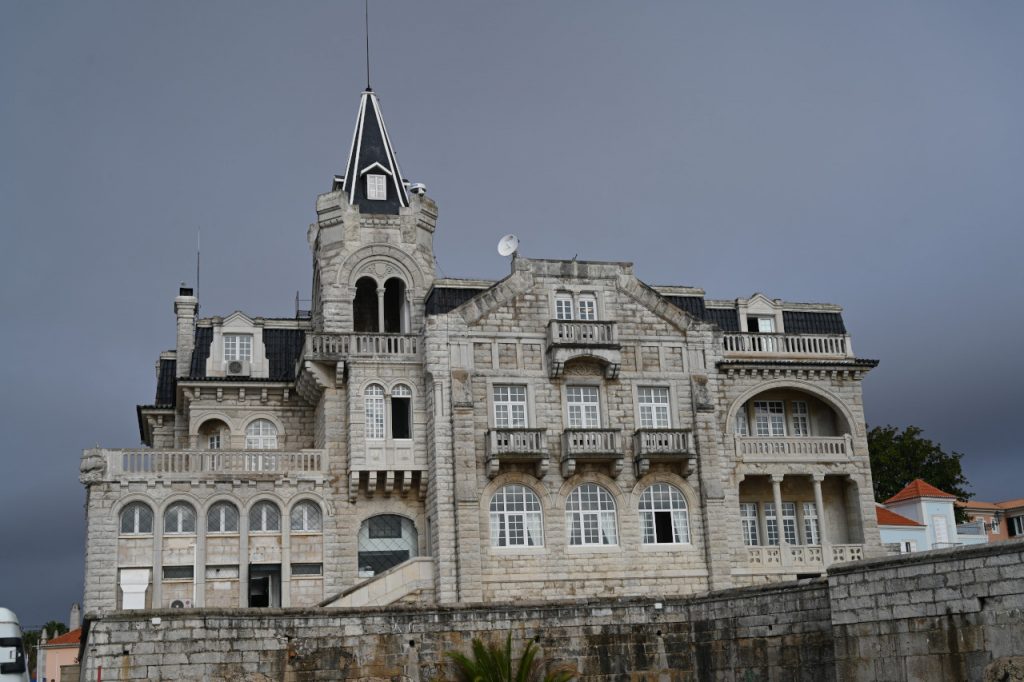
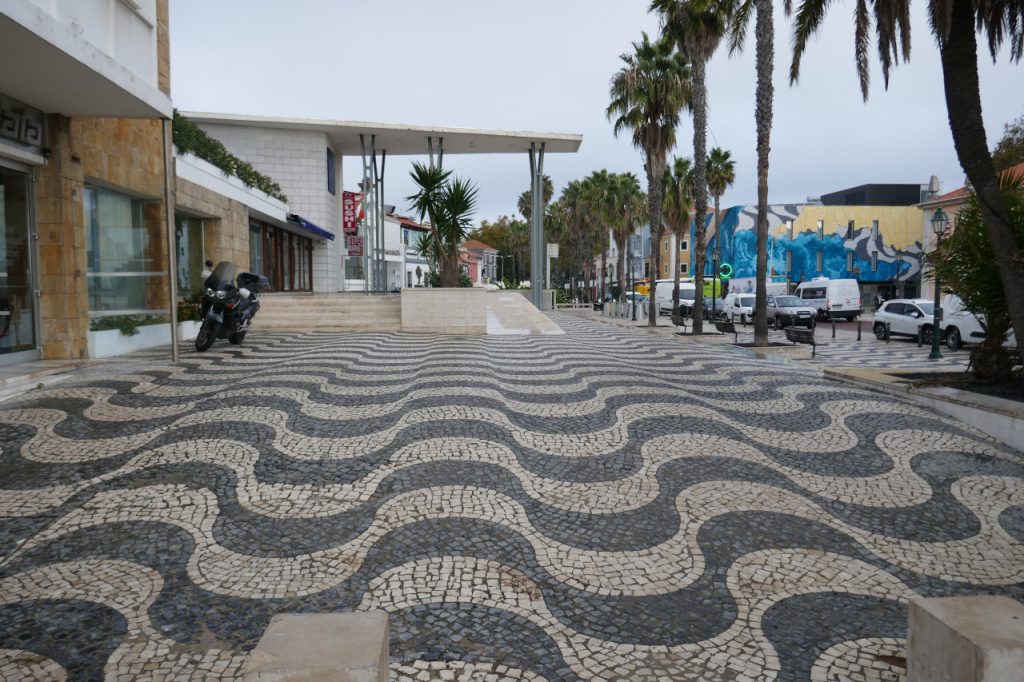
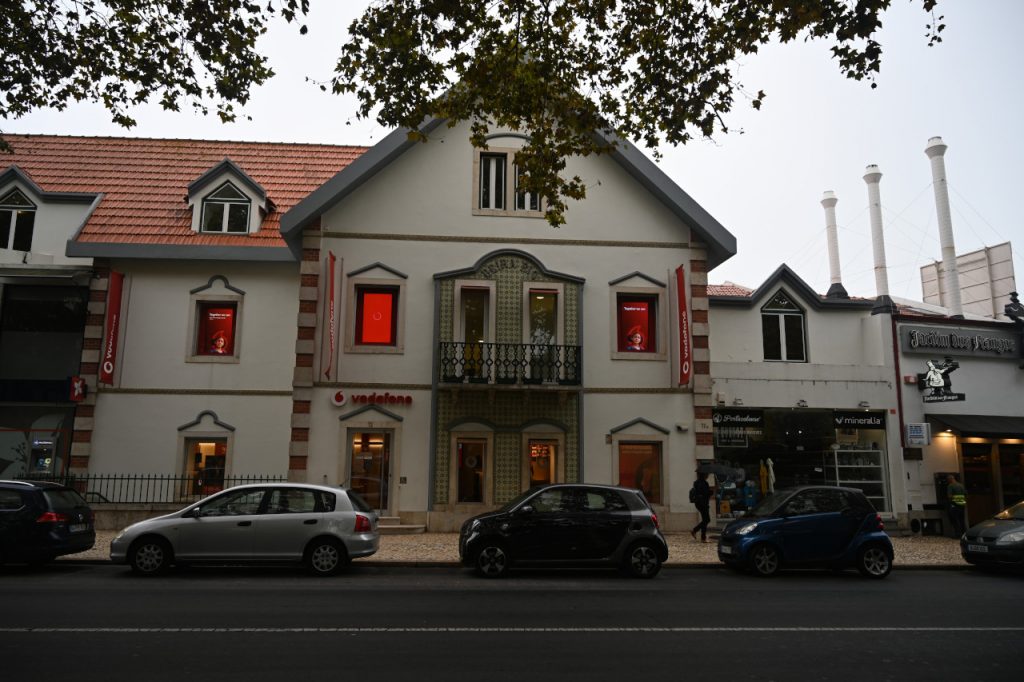
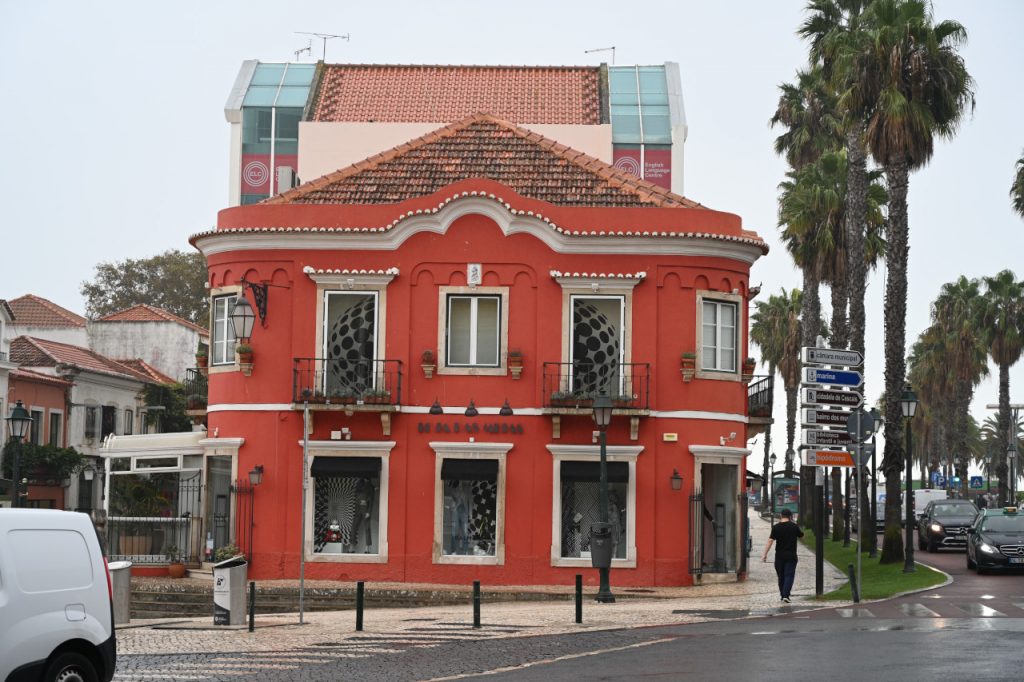
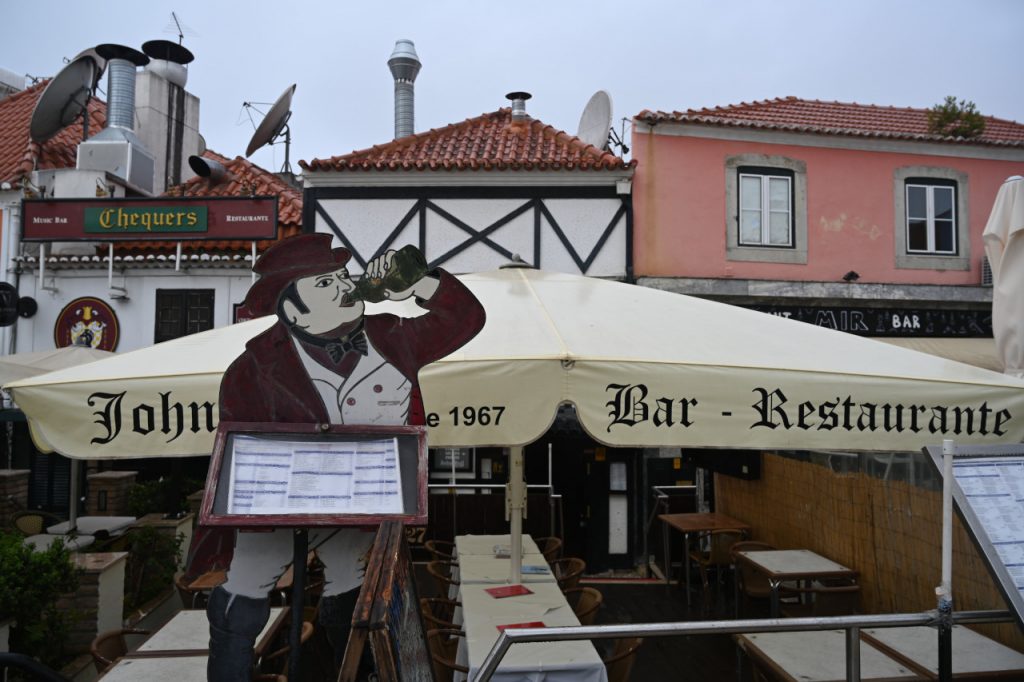
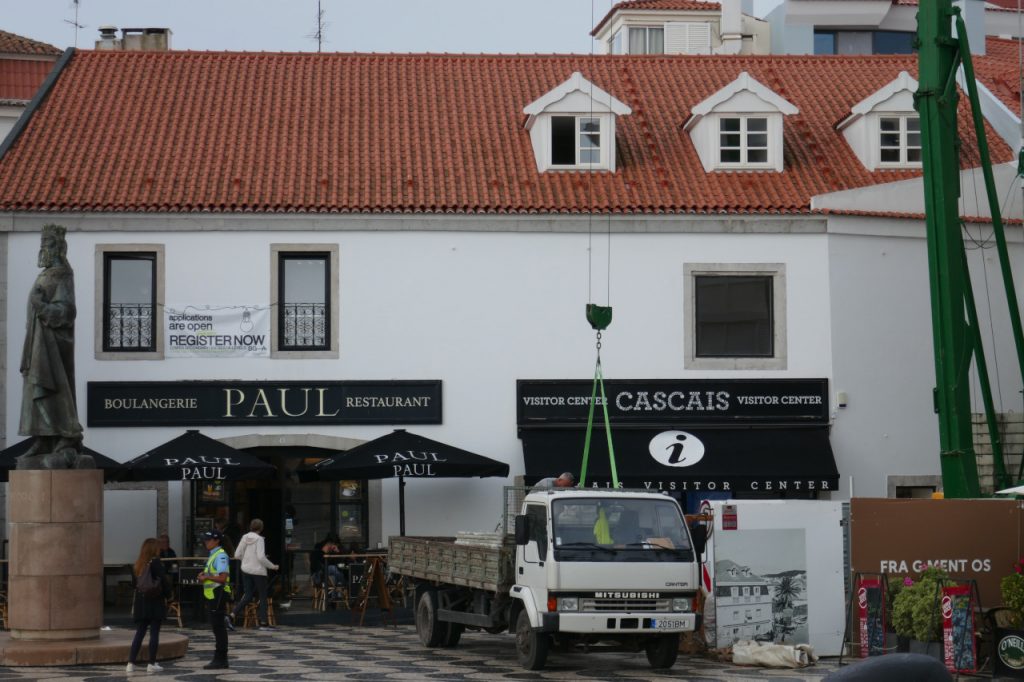
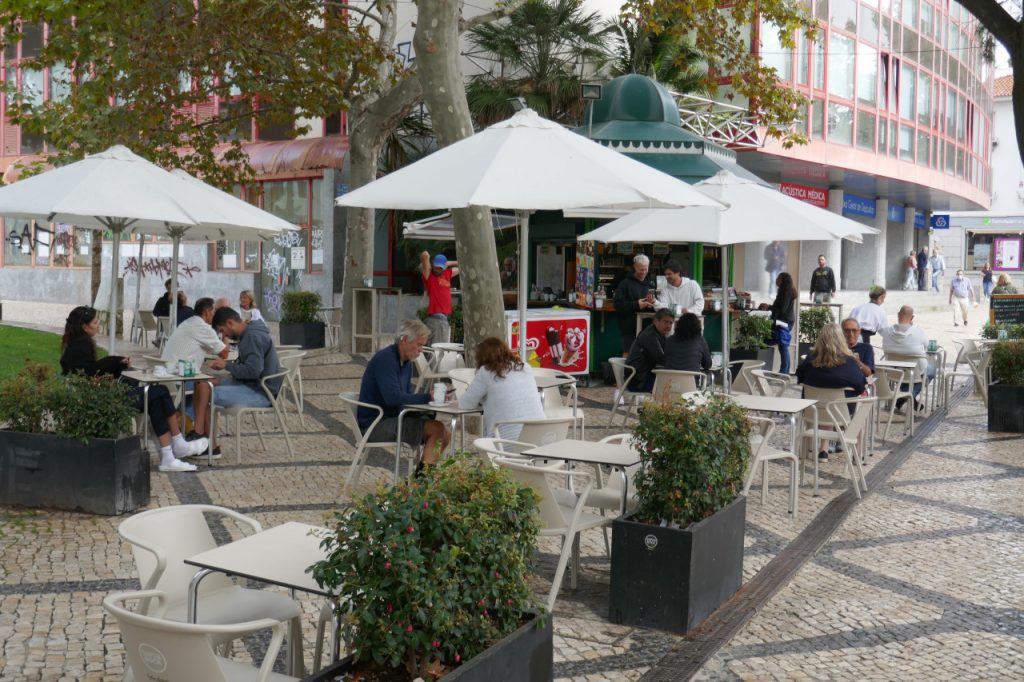
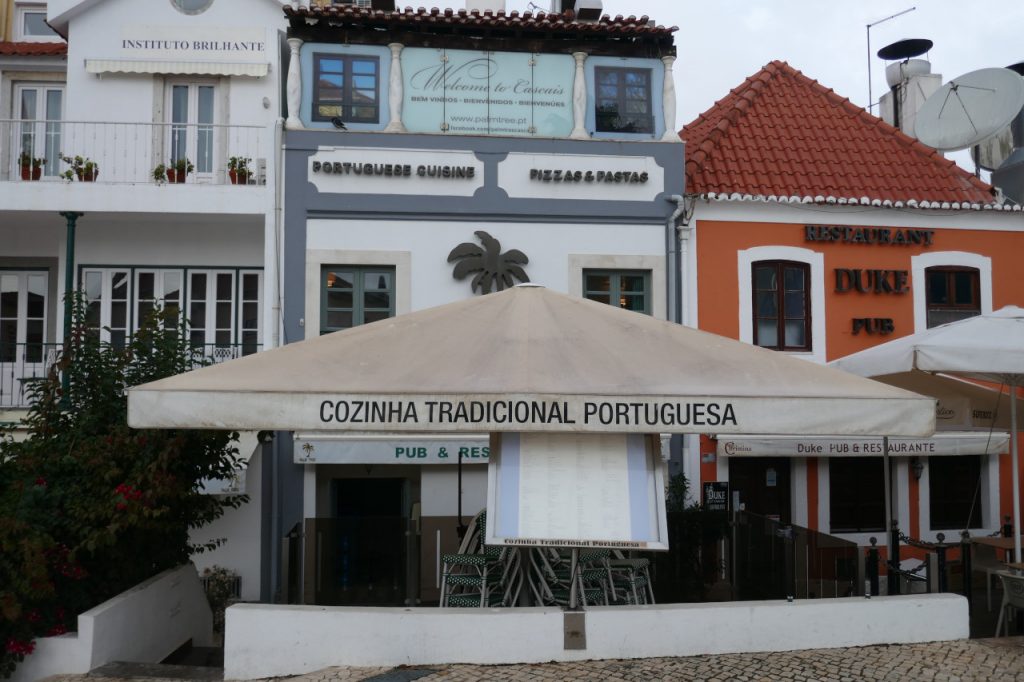
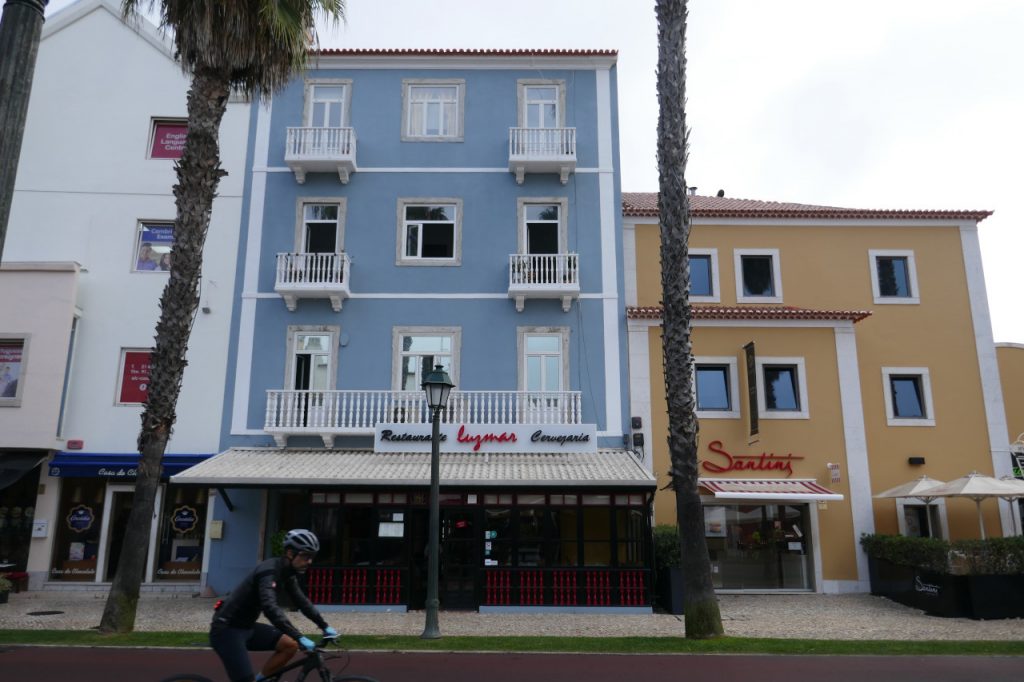
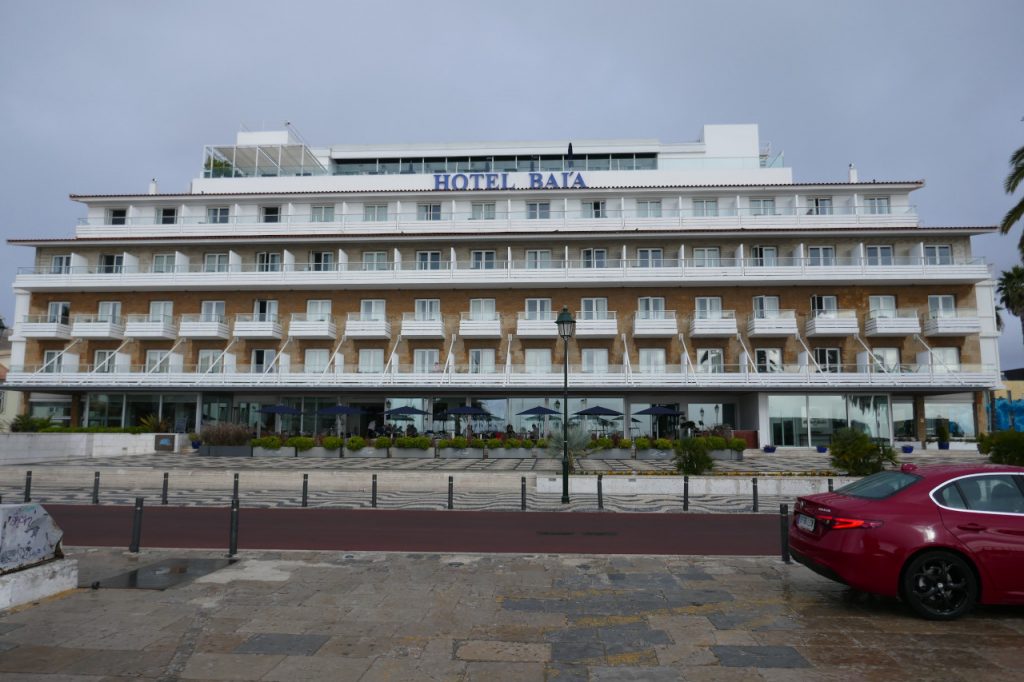
Our next stop was Boca do Inferno, a short drive from the Cascais beach. Boca do Inferno translates to “Hell’s Mouth” in English. It is a name given to this natural attraction due to its rugged and dramatic appearance. Boca do Inferno is a unique cliff formation along the coast. It features a large cave-like opening that was formed by the relentless pounding of the ocean waves against the rocky cliffs over time.
Our bus made a stop by the roadside, and the guide gave us an hour to explore Boca do Inferno. He emphasized the importance of using the designated viewing platform to safely enjoy the breathtaking sight of Boca do Inferno.
I disembarked from the bus and walked alongside our fellow travelers. The location was both awe-inspiring and slightly intimidating, with rugged rocks showcasing the incredible work of nature. The cave-like opening was a fascinating sight to behold, and I took the opportunity to capture some memorable photographs. I was glad to have visited this place and, after ensuring I had enough pictures, I made my way back to the bus.
Discovering the Beauty of Boca do Inferno
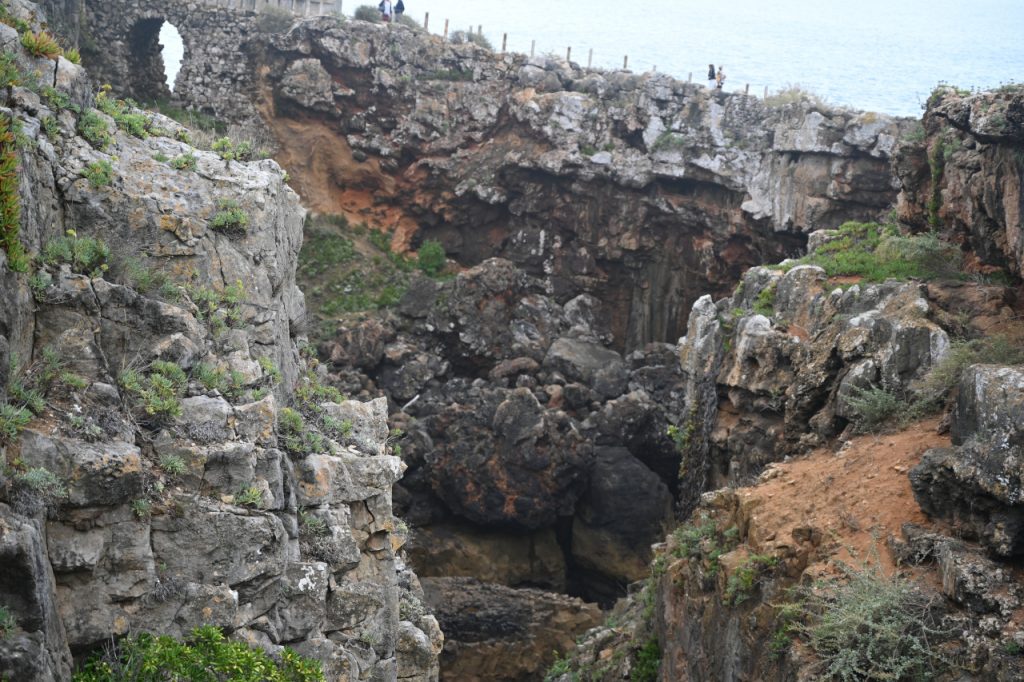
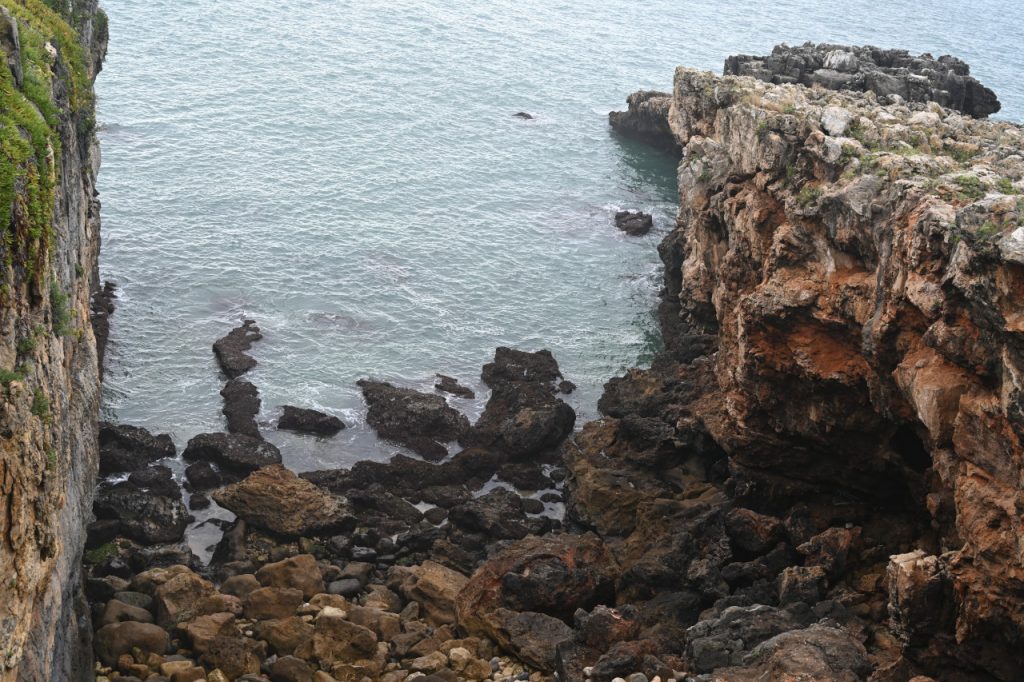
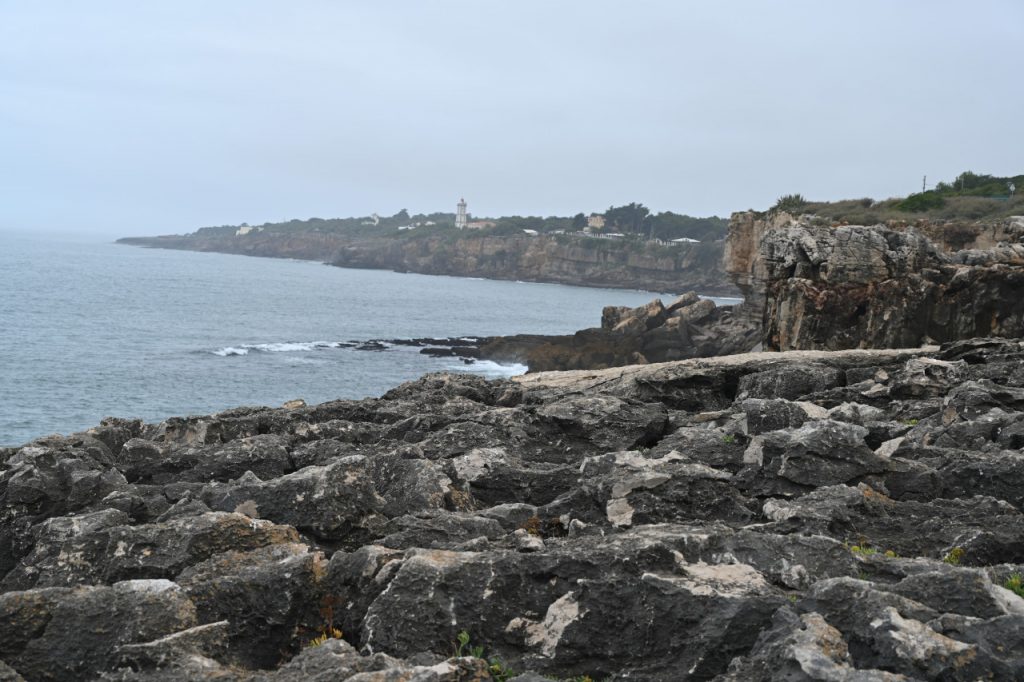
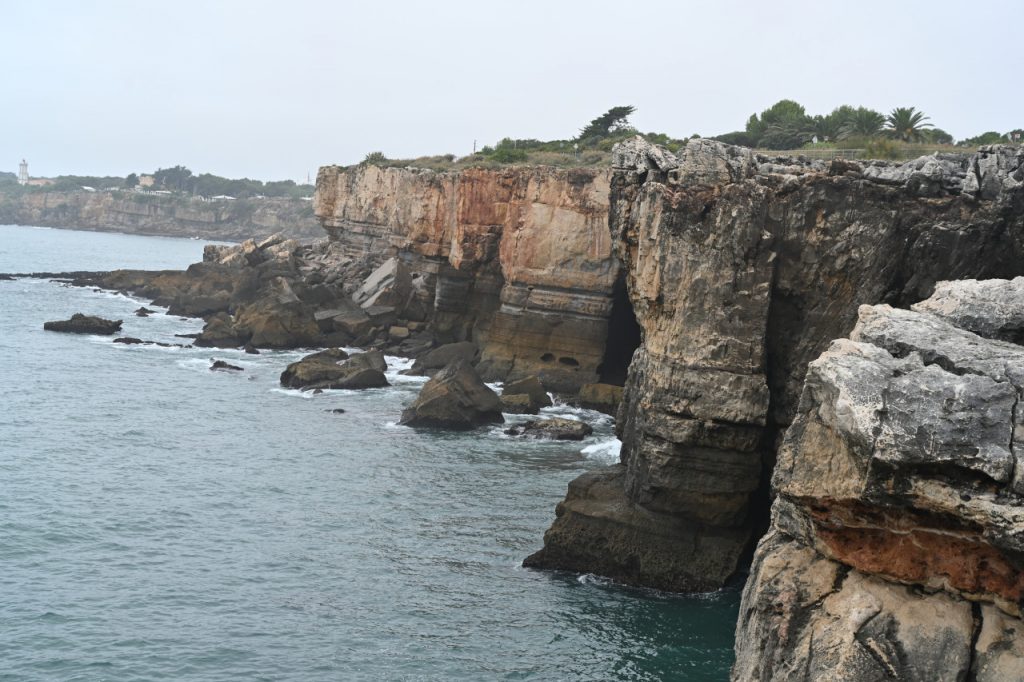
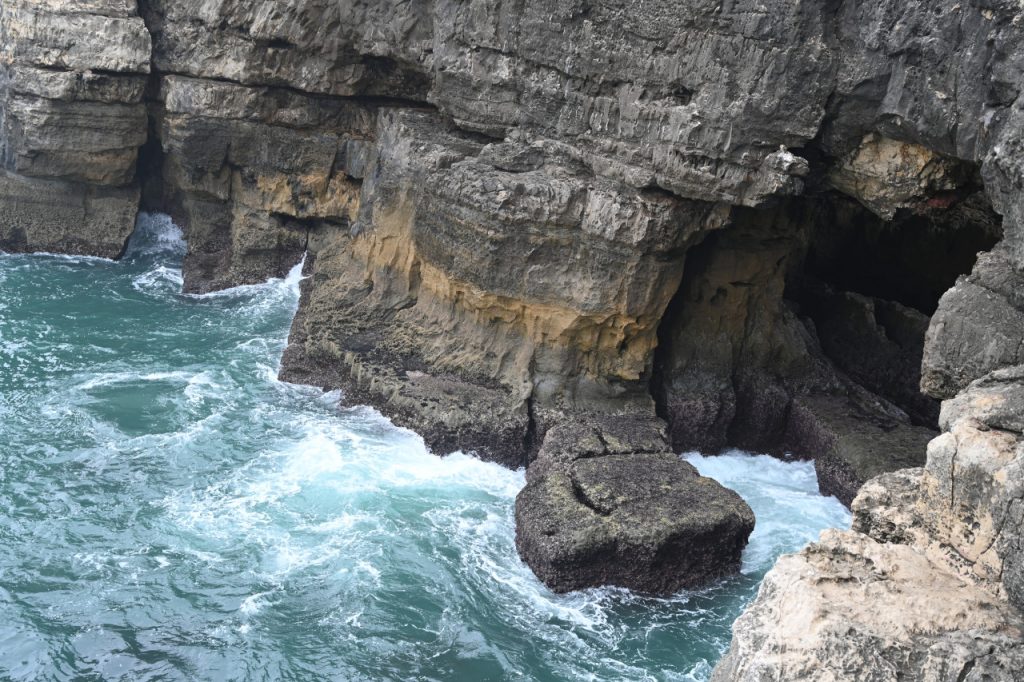
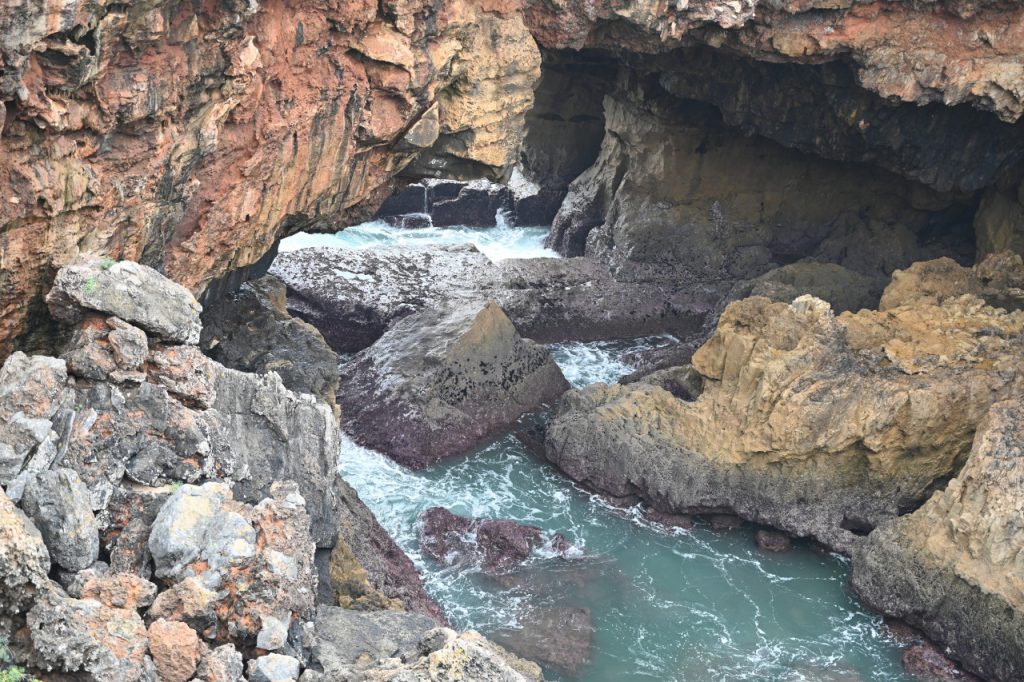
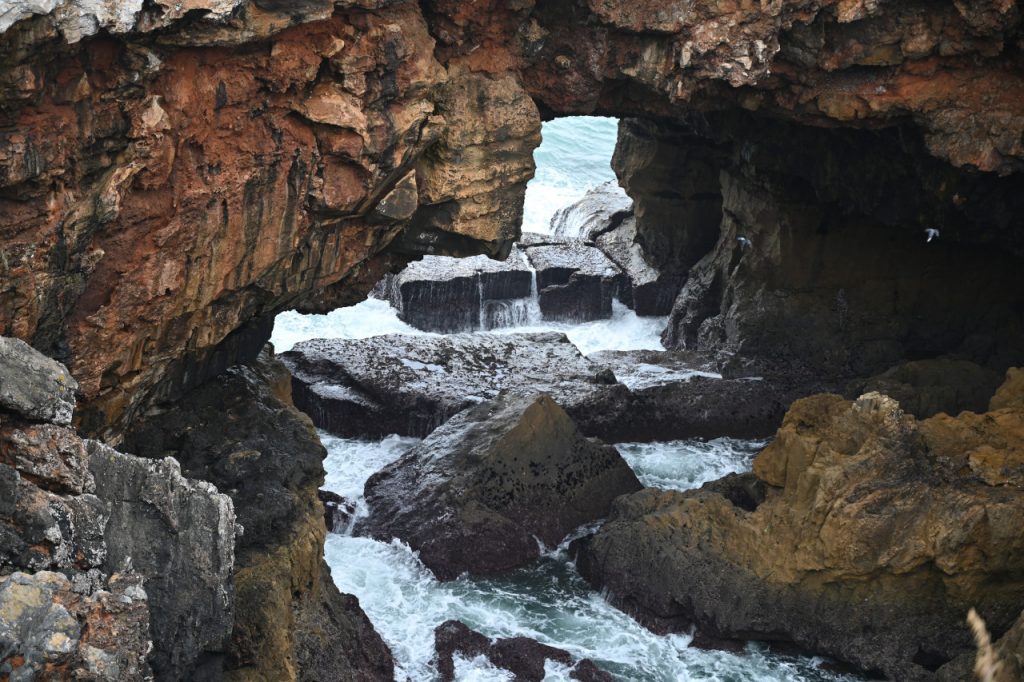
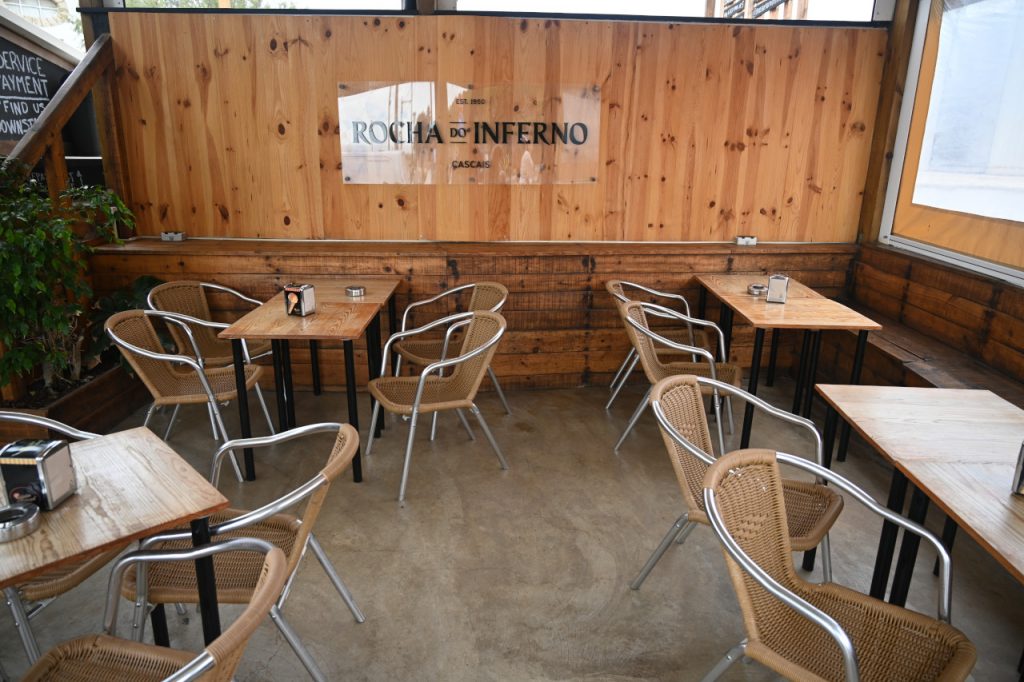
Our next stop was Cabo da Roca located on the westernmost point of mainland Europe. It is situated within the Sintra-Cascais Natural Park, near the town of Colares, about 40 kilometers west of Lisbon. Cabo da Roca holds the distinction of being the westernmost point of mainland Europe. We had almost two hours to explore and also to buy gifts from the gift shop located near the attraction.
The beach offered a breathtaking view, complemented by the slightly cloudy weather. It was a delight to wander around and explore the charming gift shop, capturing a few photos of this picturesque spot.
I was delighted to discover that the walls of the gift shop were adorned with tiles depicting various monuments. I couldn’t resist capturing photos of these unique and beautiful tiles
The Cabo da Roca Lighthouse adds an extra touch of beauty to this already stunning place. Although I didn’t have the opportunity to get closer to the lighthouse, I managed to capture a photo of it from a distance. I learned that Cabo da Roca is known for its hiking and biking trails, making it an ideal destination for outdoor enthusiasts seeking adventure. It’s a great spot to unwind and enjoy the peaceful surroundings. Although I couldn’t explore the beach due to time constraints, my visit to Cabo da Roca was still memorable and well worth it.
Cabo da Roca
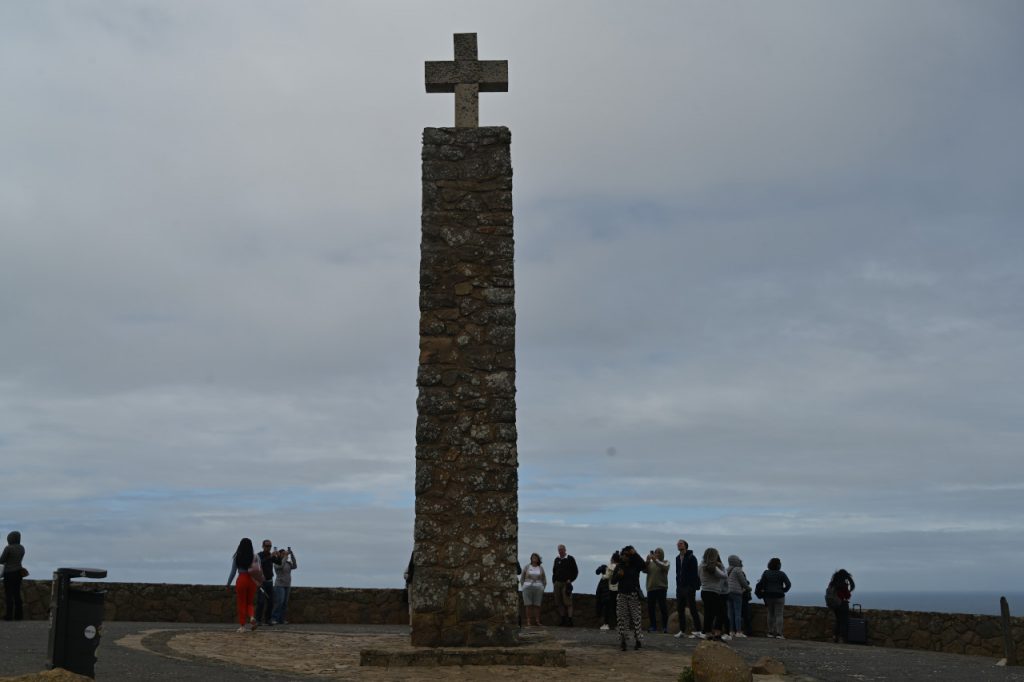
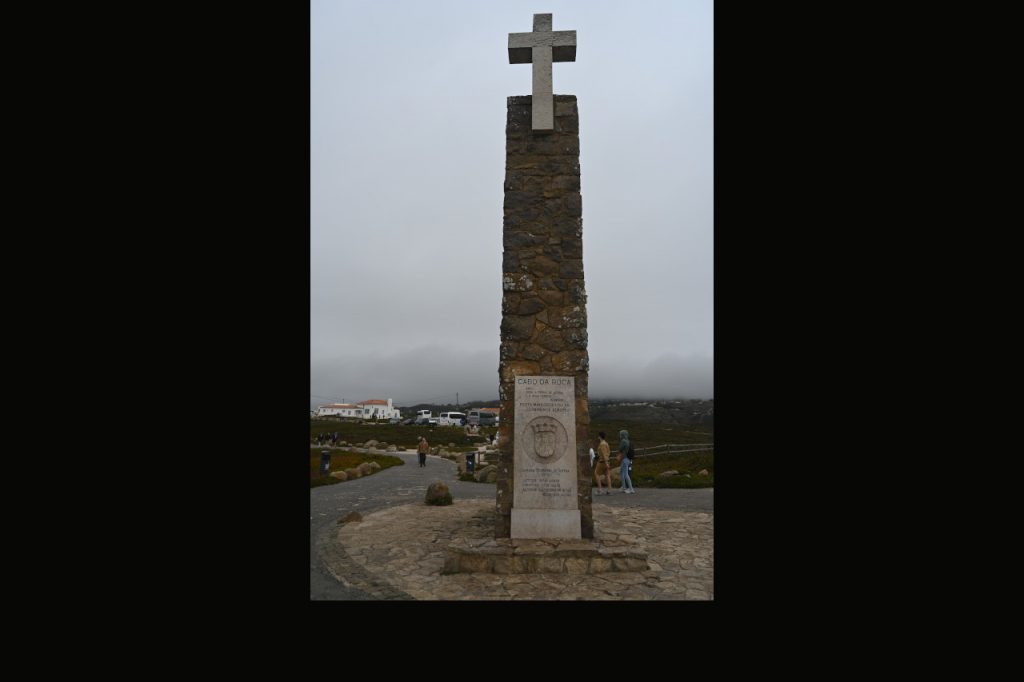
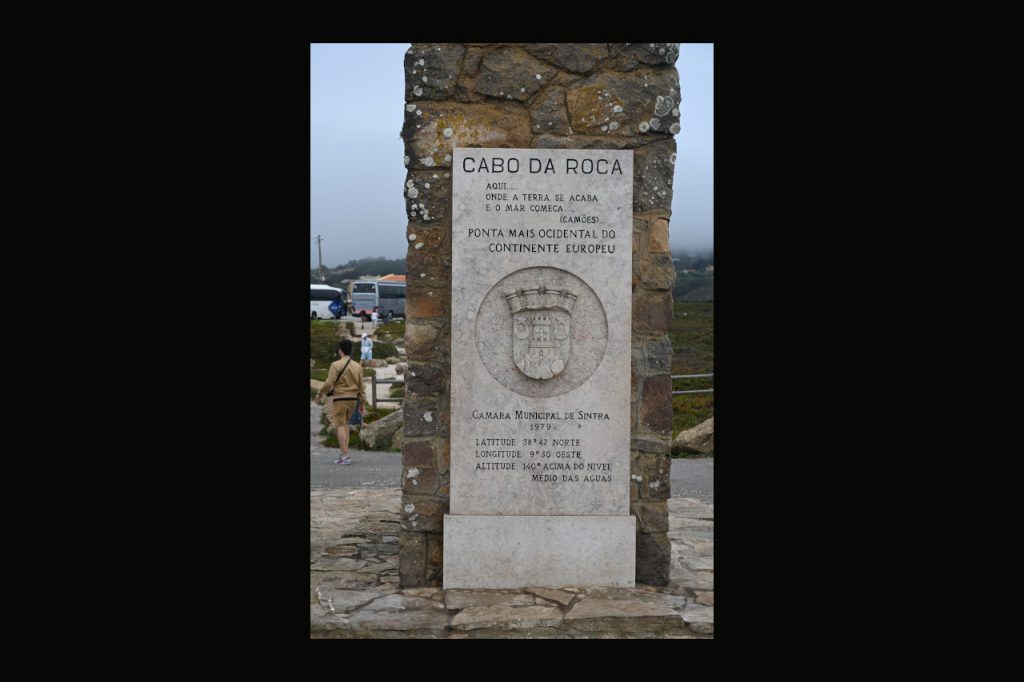
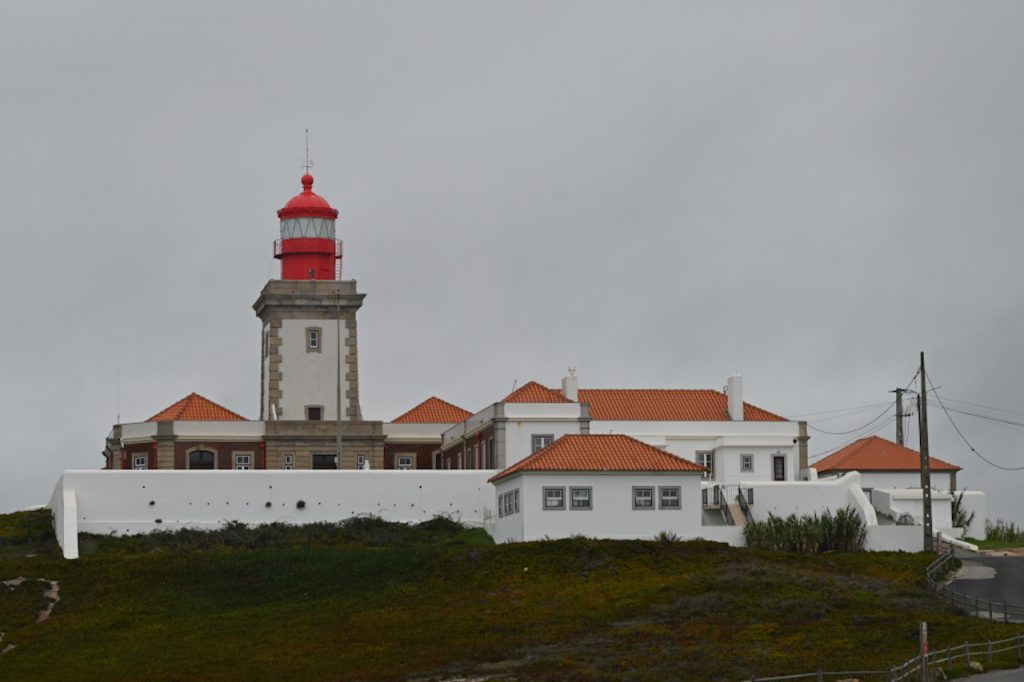
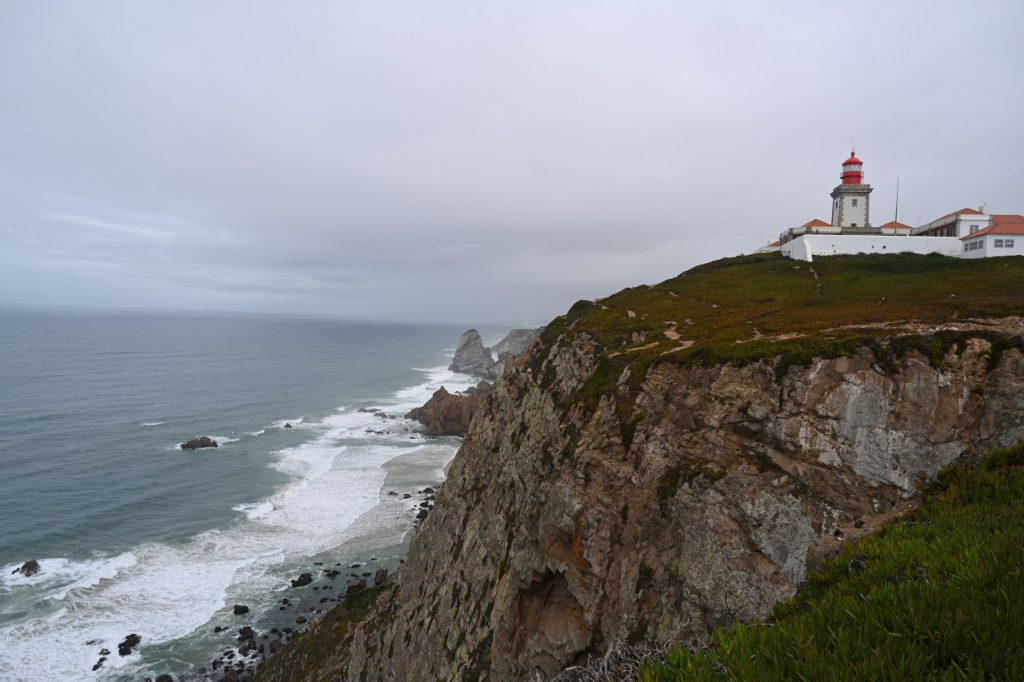
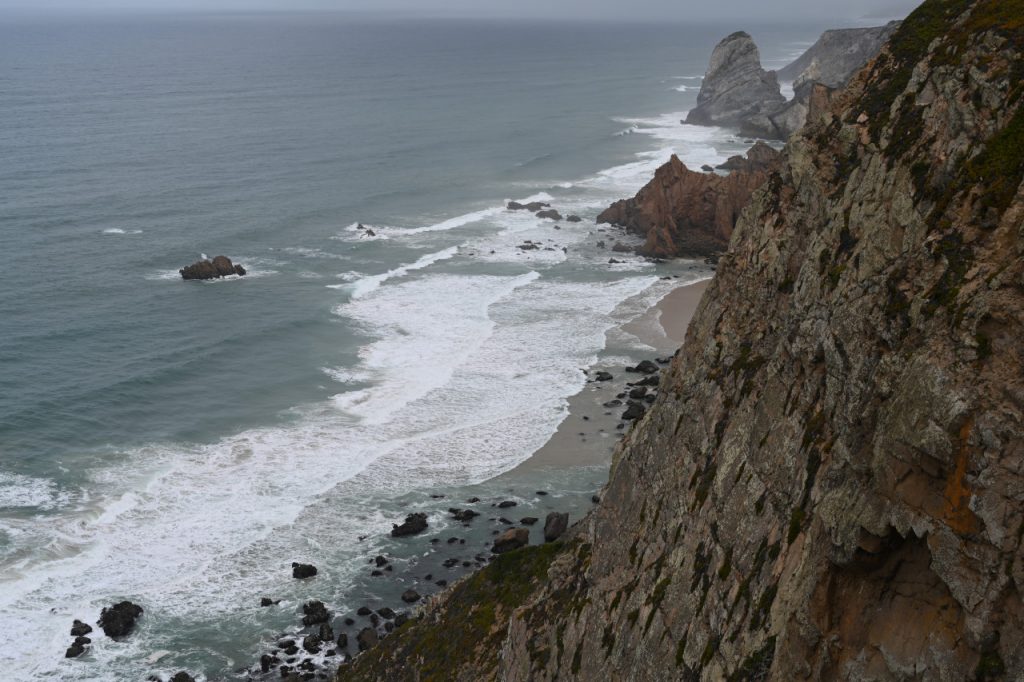
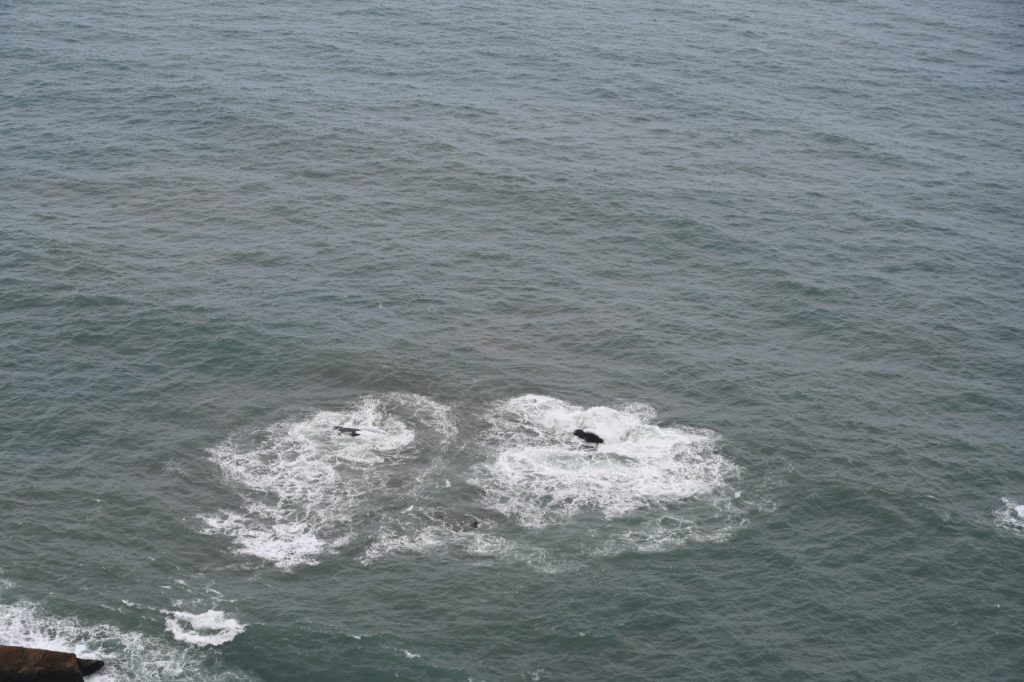
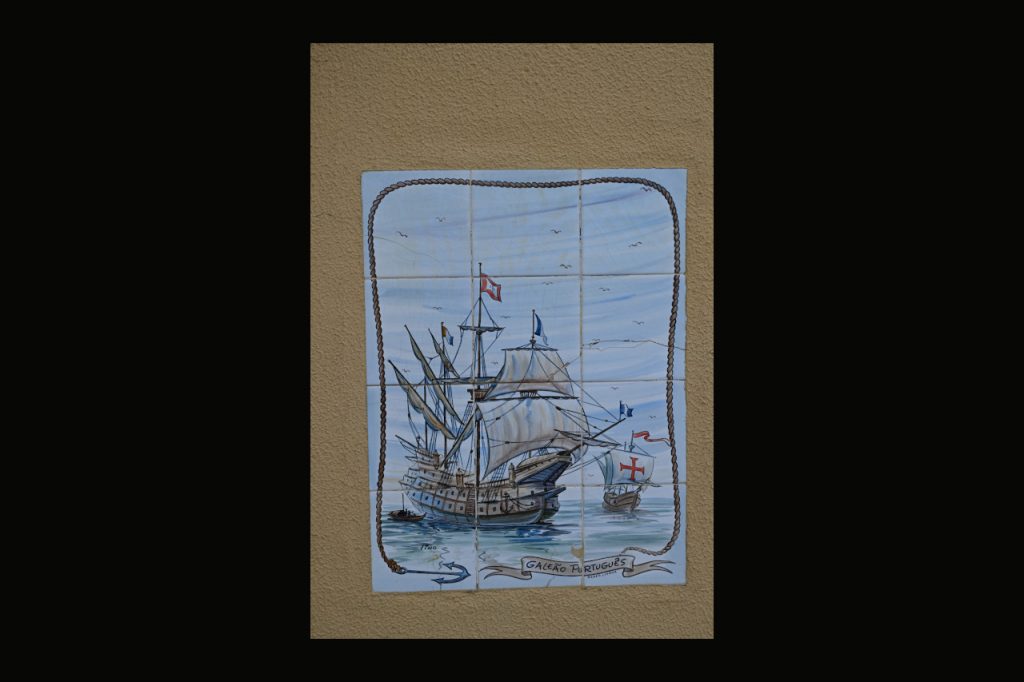
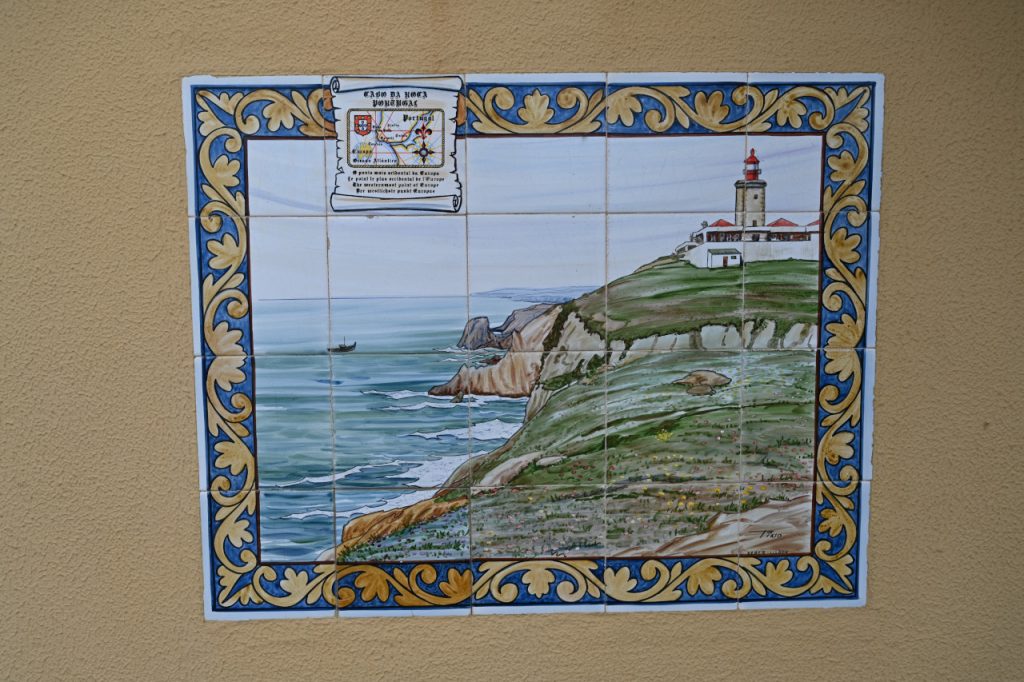

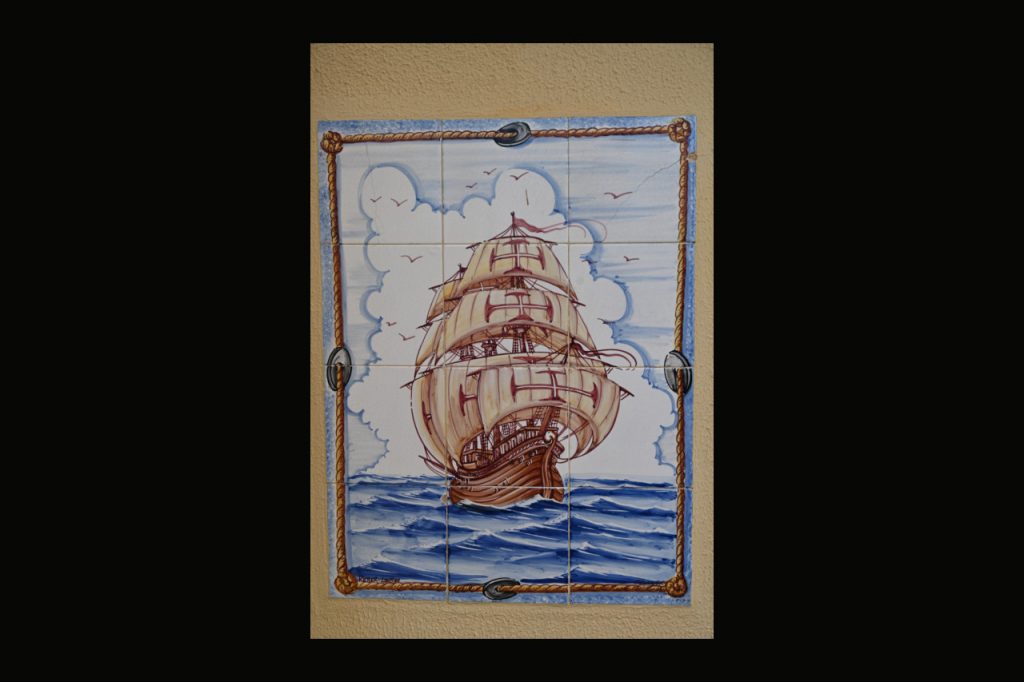
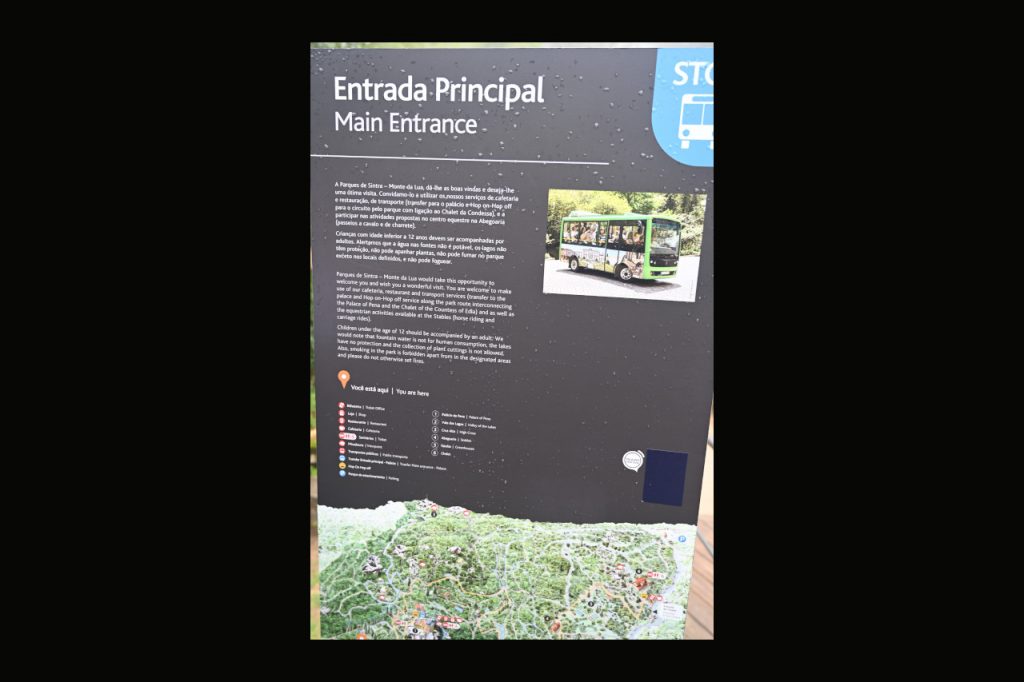
The next stop on our itinerary was Pena Castle, but before reaching there, we made a lunch break in Sintra. The town is nestled in a slightly hilly area. As we disembarked from the bus, we noticed that the weather was quite cloudy, not ideal for capturing picturesque images.
As part of the lunch package, the guide led those who had opted for the lunch to a designated restaurant. Though I can’t recall the name of the restaurant, I must admit that I was somewhat disappointed by the menu offered. It wasn’t what I had anticipated when I made the payment. The meal consisted of a small steak, dessert, coffee, and water. Nonetheless, it provided an opportunity to meet and converse with fellow travelers.
Lunch At The Designated Restaurant, Sintra
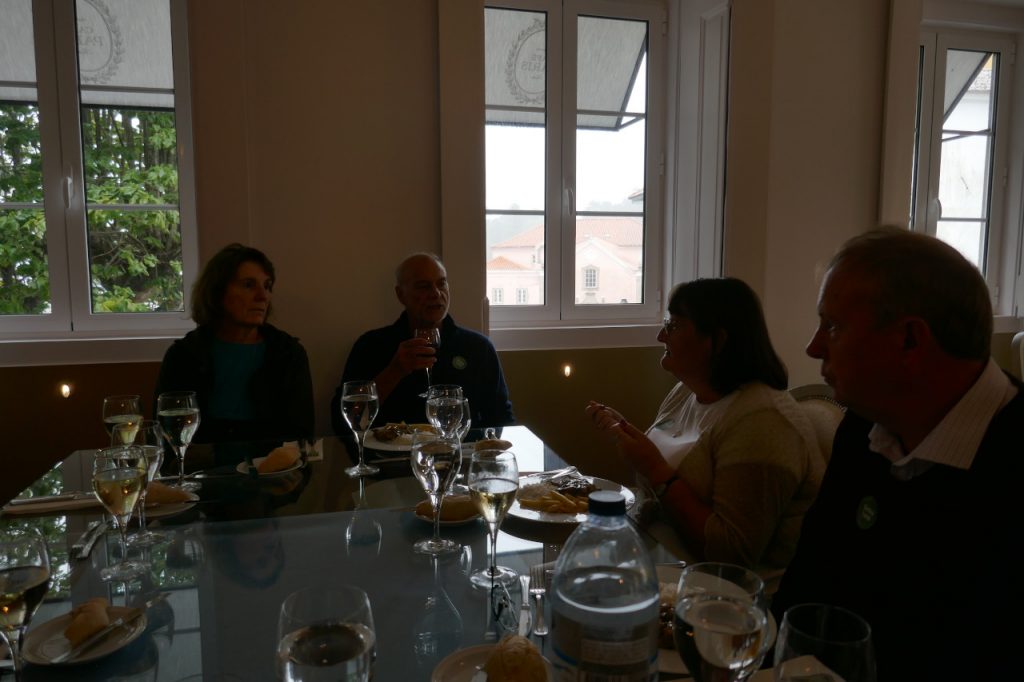
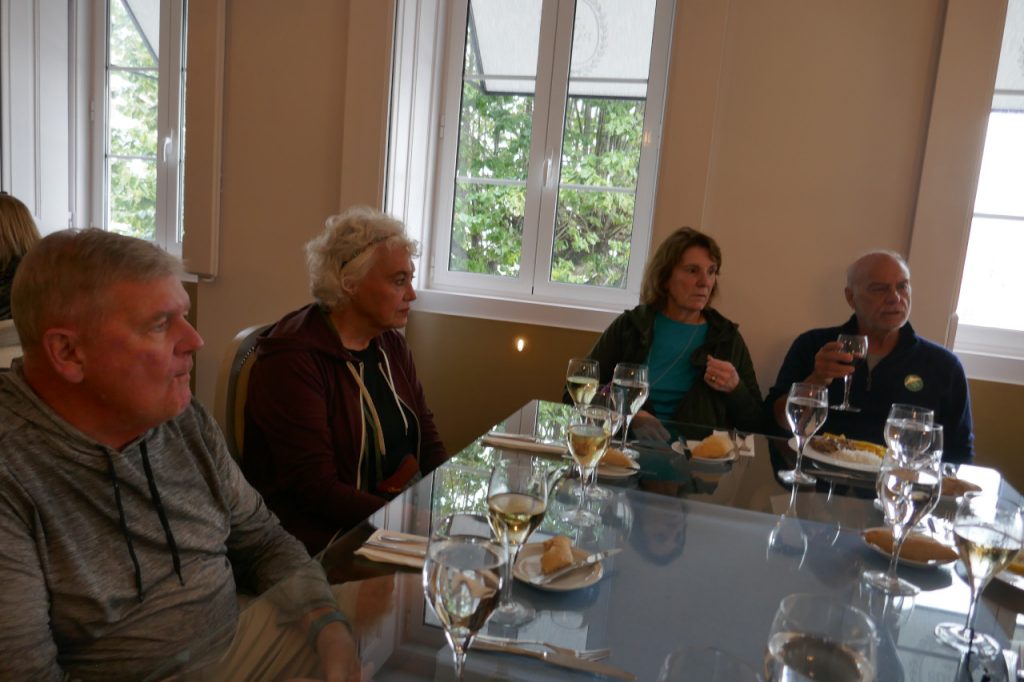


After lunch, I ventured out to explore the surroundings. I briefly visited the National Palace of Sintra but did not go inside. I managed to take a few photos, although the cloudy weather affected their quality. I strolled around the area, capturing images of the stunning buildings. Soon, it was time to board the bus and head to Pena Castle
National Palace of Sintra And Its Neighborhood
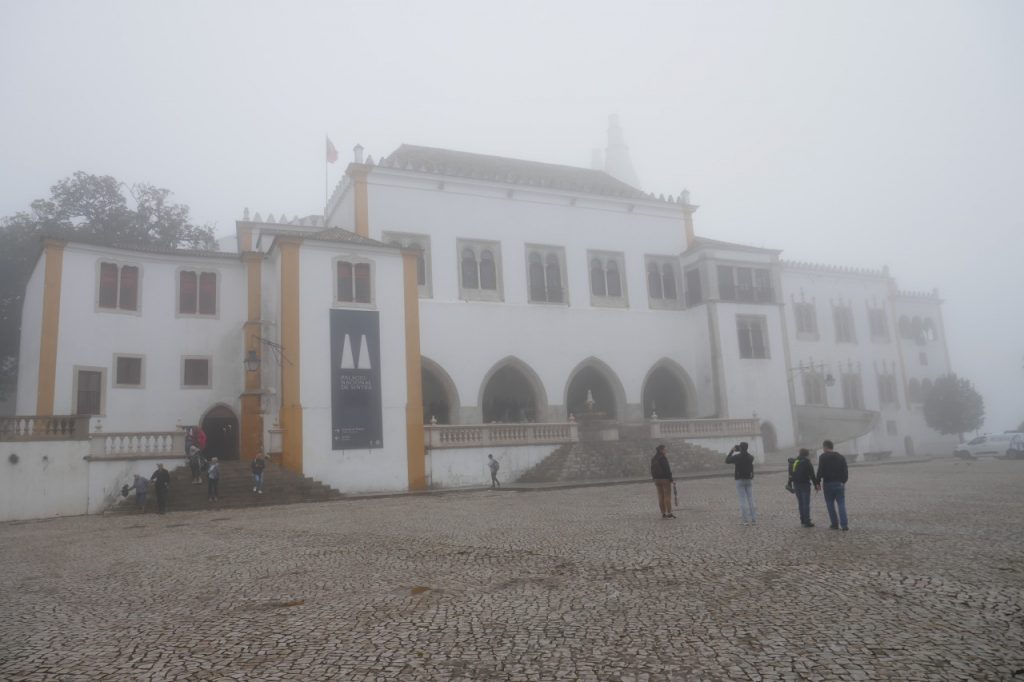
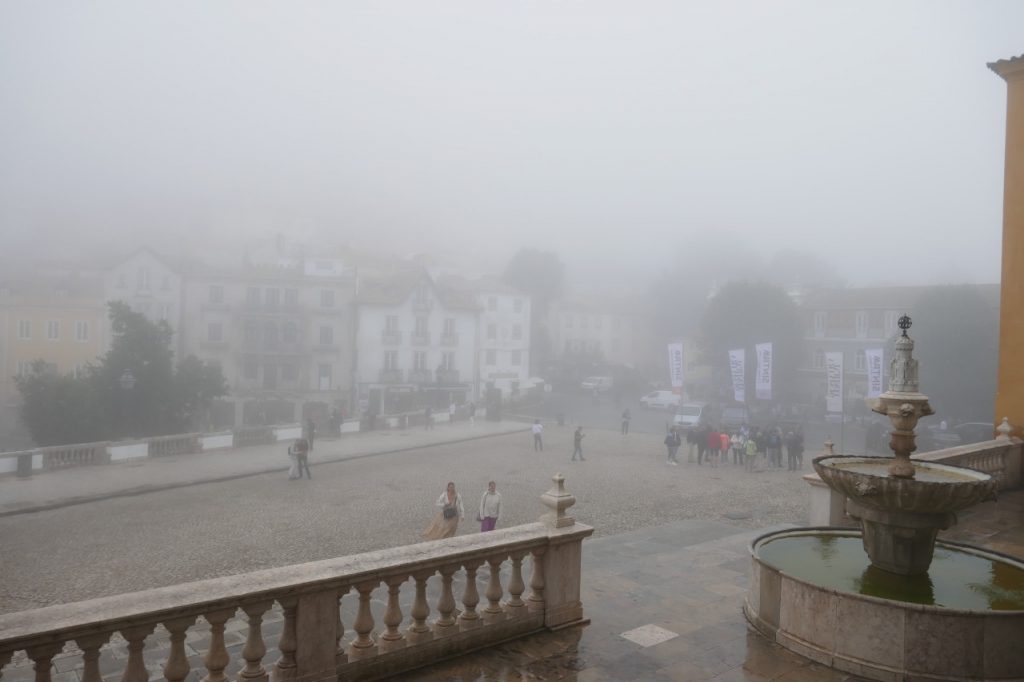
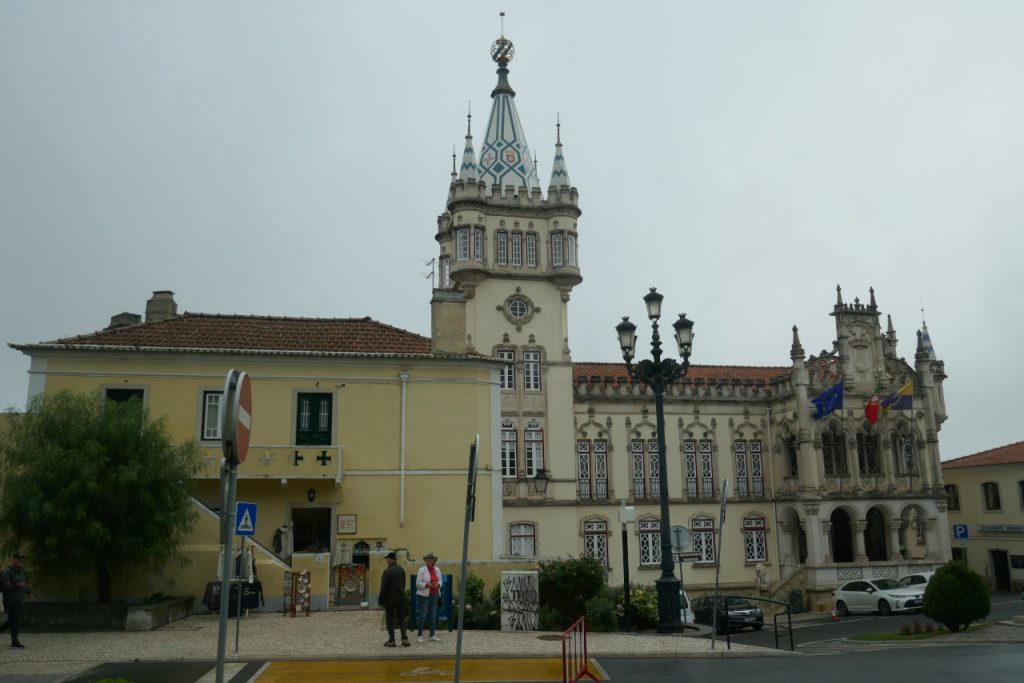
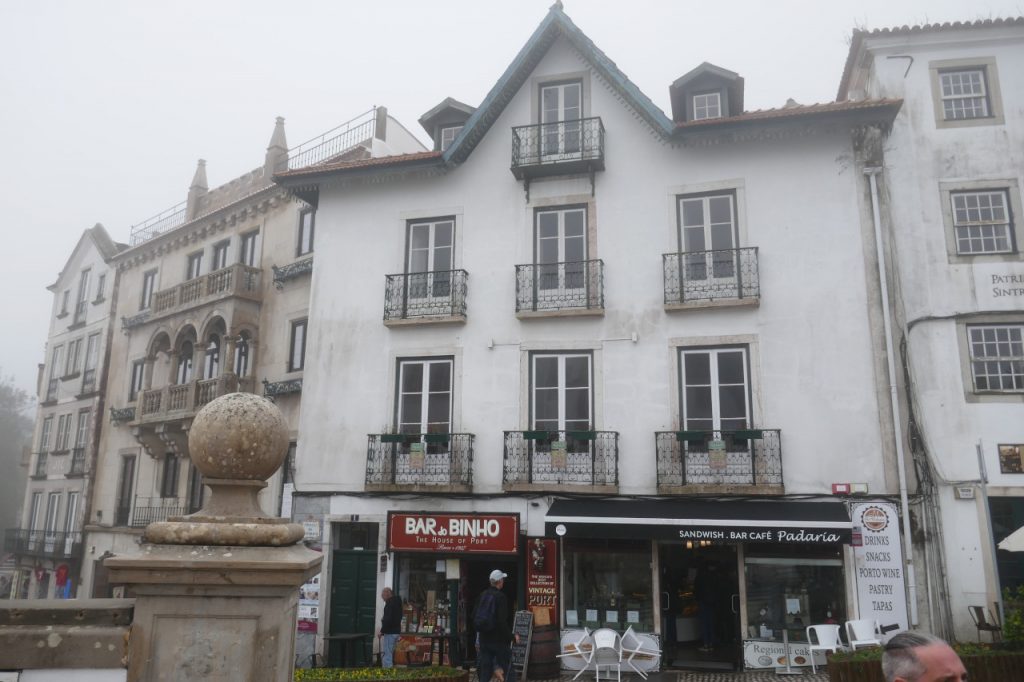
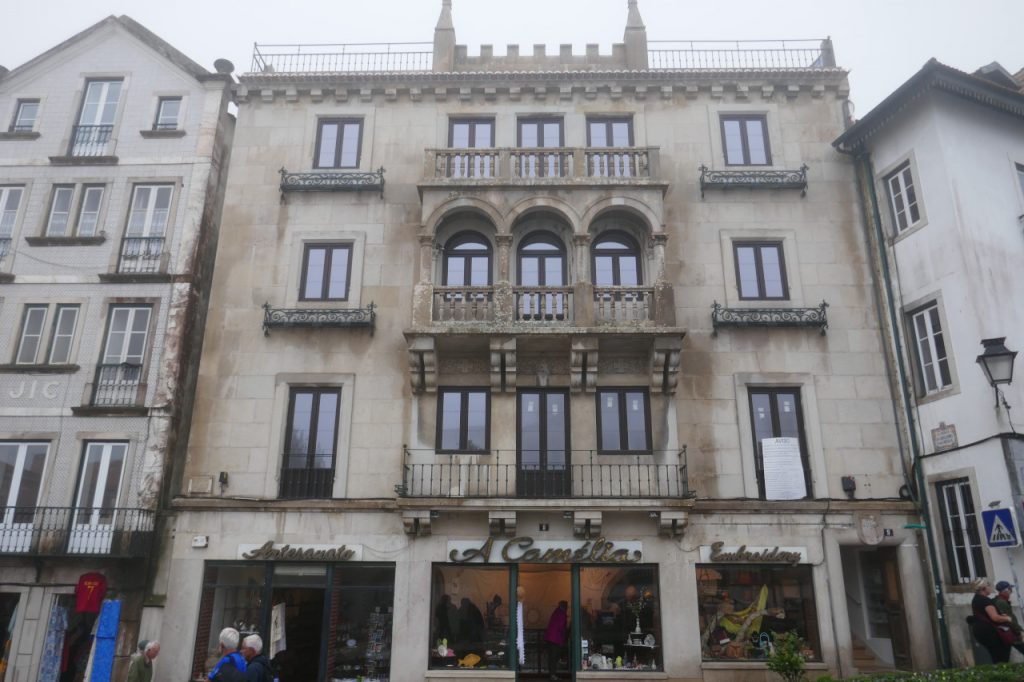
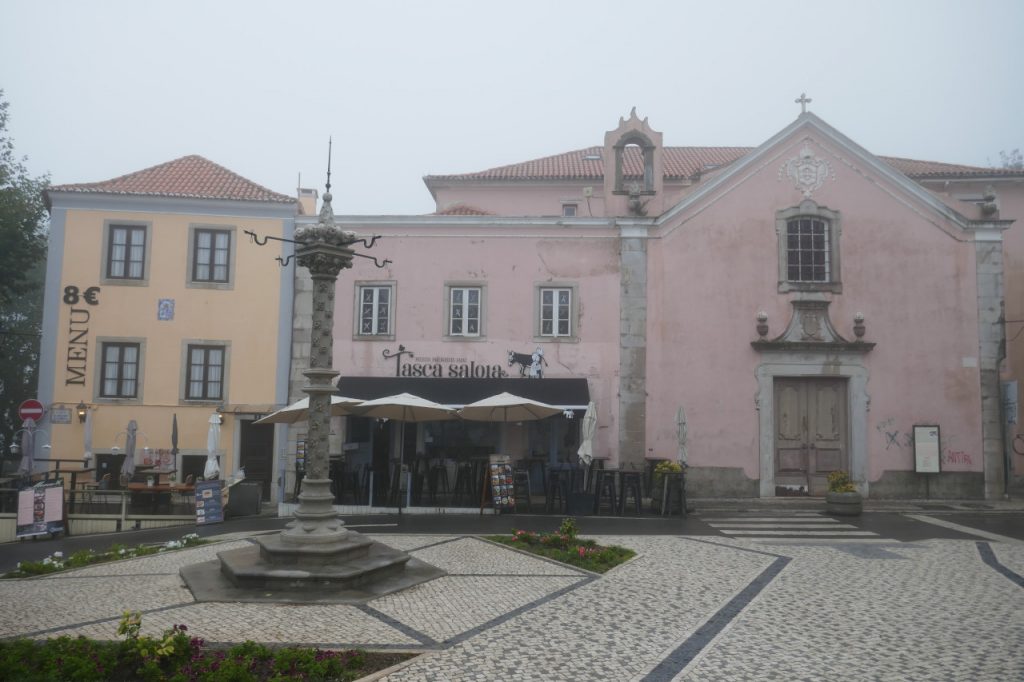

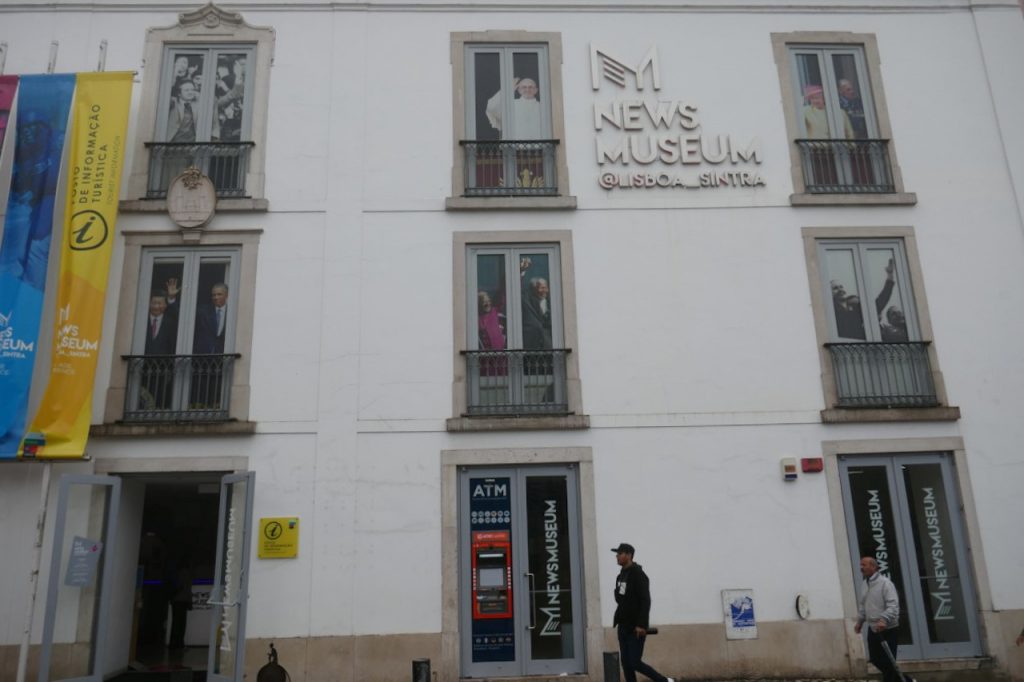
We finally reached the highly anticipated tourist attraction, Pena Castle. As part of the tour group, we were fortunate to skip the ticket line and enter directly. However, the persistent cloudy weather from Sintra disappointed us as it hindered our chances of capturing vibrant photos of the castle’s exterior. The castle was bustling with numerous visitors, many of whom were carrying selfie sticks. We decided to join the crowd and began exploring the castle’s remarkable features.
Pena Castle, also known as Palácio da Pena, is perched on a hilltop within the picturesque Sintra Mountains. Originally built in the 19th century on the ruins of an old monastery, it served as a summer residence for the Portuguese royal family. The castle’s most striking feature is its vibrant and colorful exteriors, making it a remarkable sight to behold. Surrounding the castle is the expansive Pena Park, offering beautiful landscapes and breathtaking views of Sintra and the distant coastline from its towering turrets.
After obtaining the ticket from the travel kiosk, I didn’t need to visit the ticket office. Instead, we walked directly to the castle entrance through a convenient walkway. Even before reaching the main entrance, we had the opportunity to admire the castle’s exterior and took several pictures to capture its beauty. Unfortunately, due to the foggy weather, I couldn’t take clear photos of the colorful exterior. However, some travelers managed to capture stunning shots of this vibrant palace on a beautiful day and shared them on their travel blogs.
For information about Pena palace’s opening hours and entrance fees, please check their official website. The good news is that photography and video recording are allowed inside, so you can document your experience freely. The good news is that photography and video recording using cell phone are allowed inside, so you can document your experience freely. I do not know whether professional video is allowed or not.
Enchanting Exterior Views of the Pena Palace from Various Locations
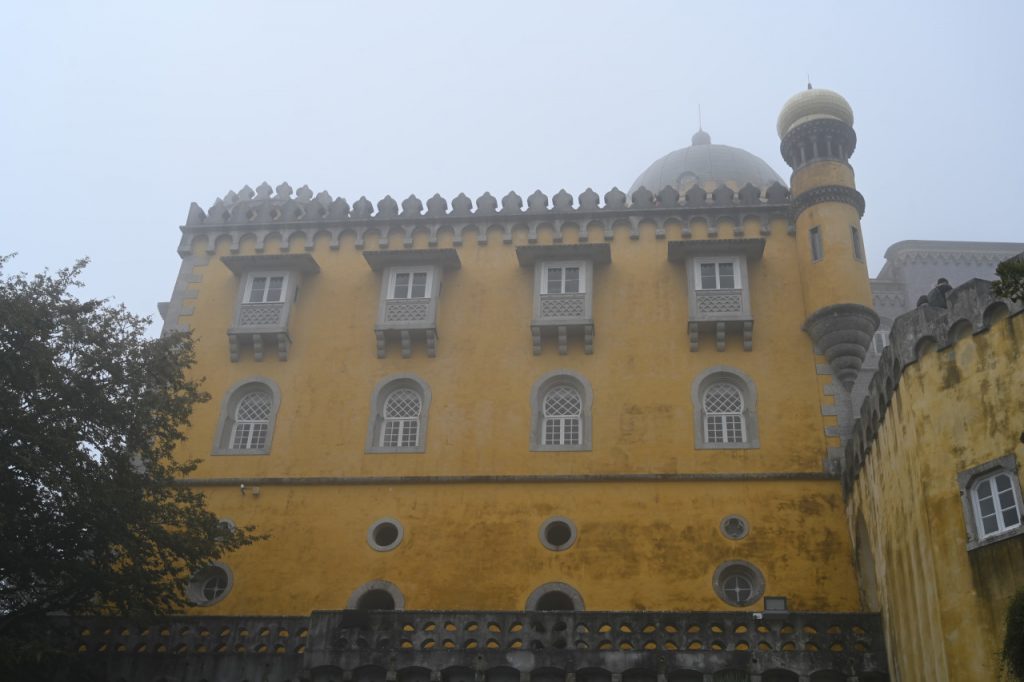
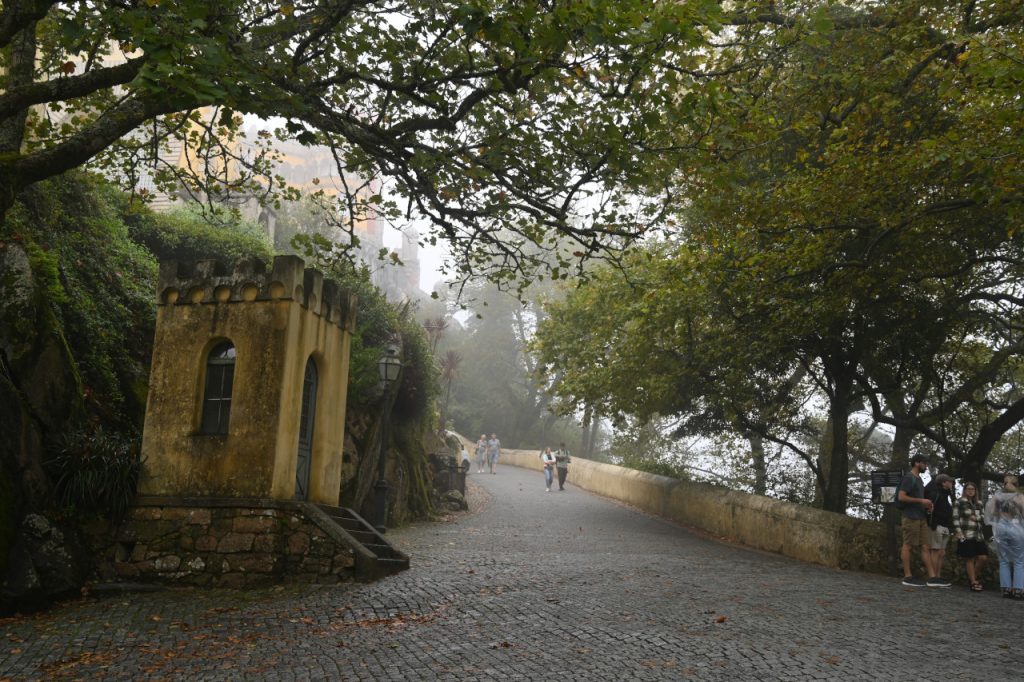
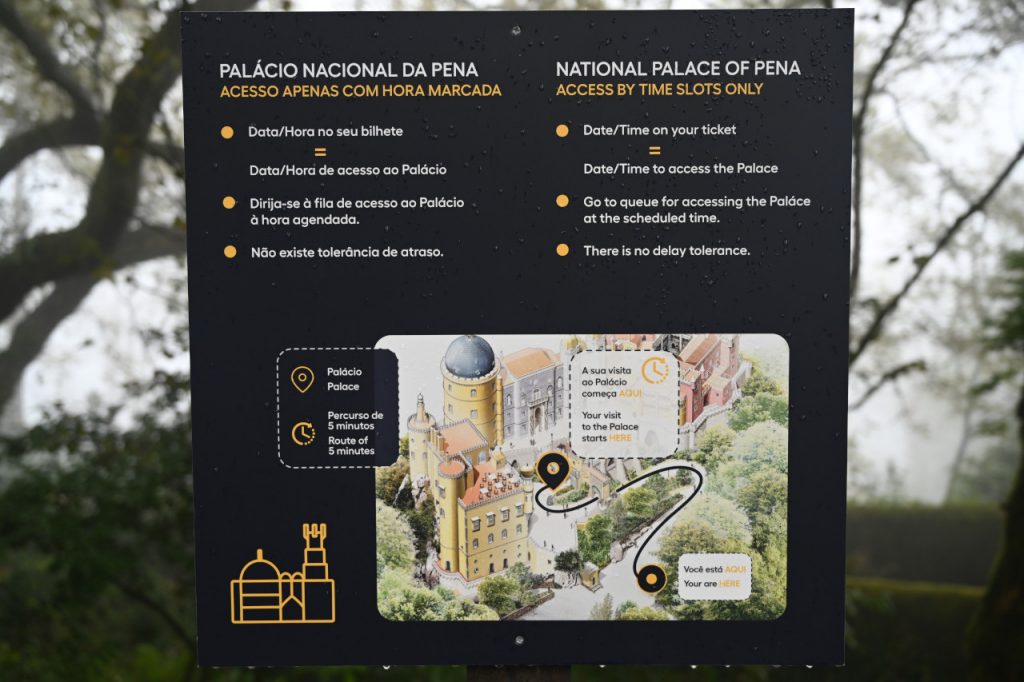
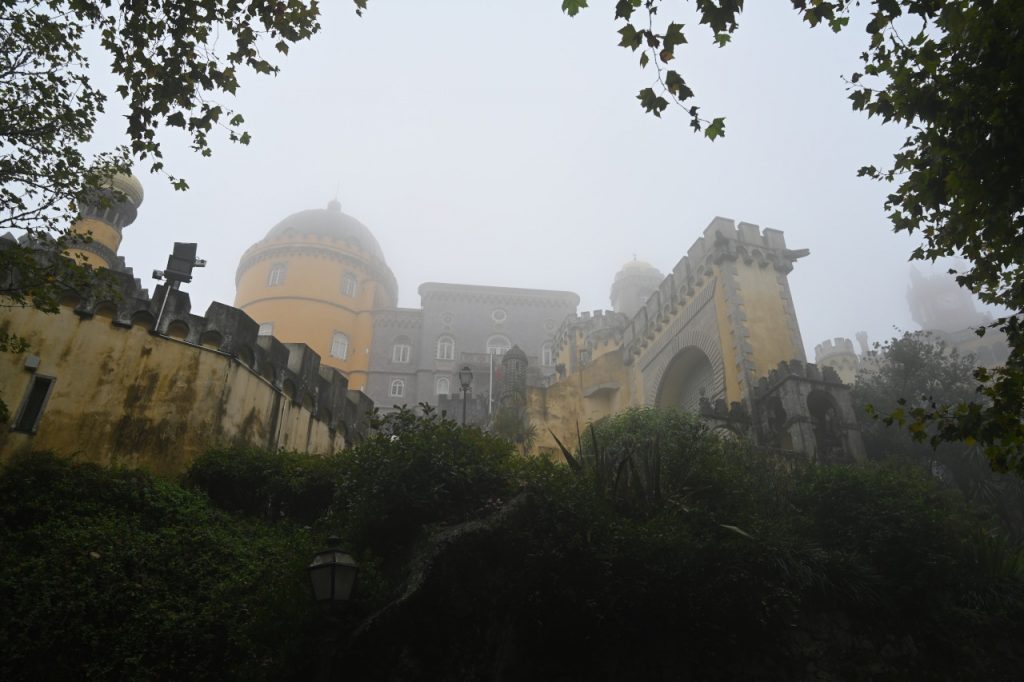
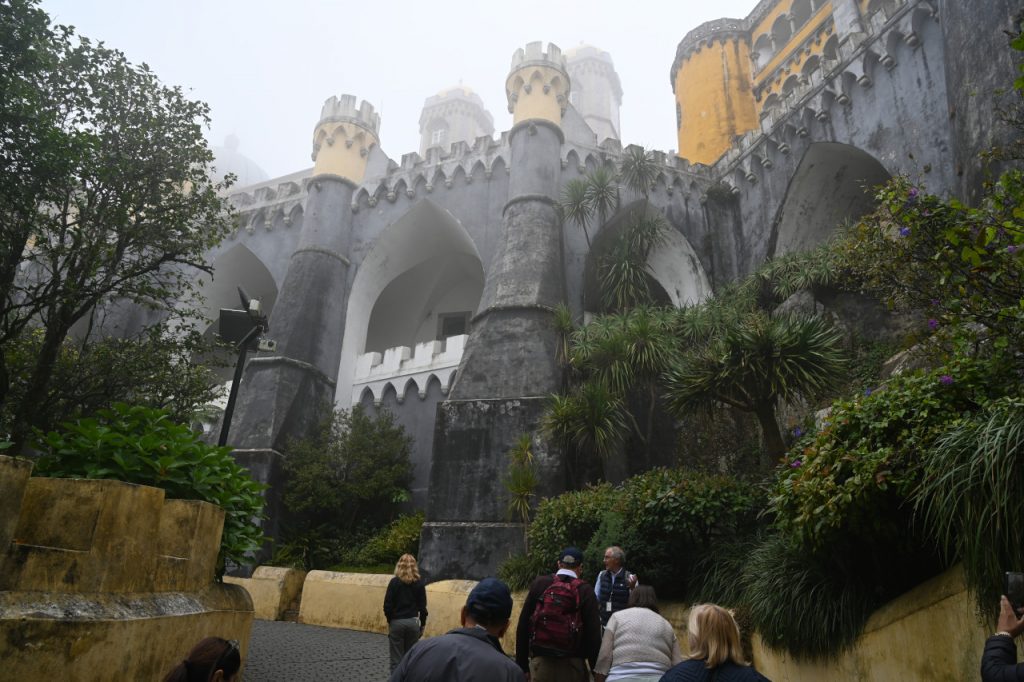
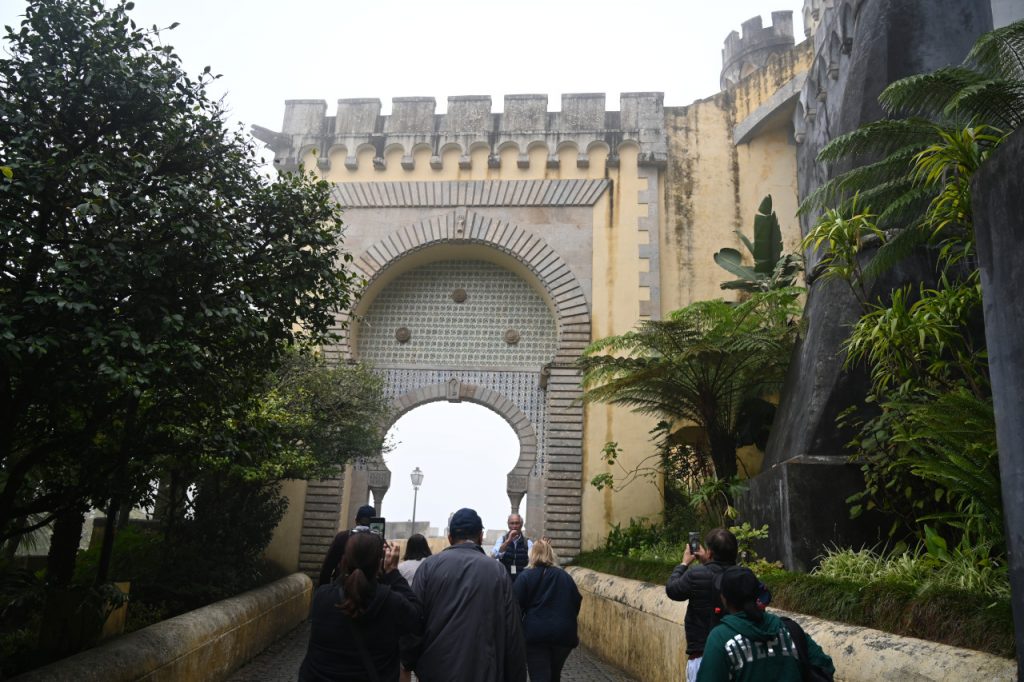
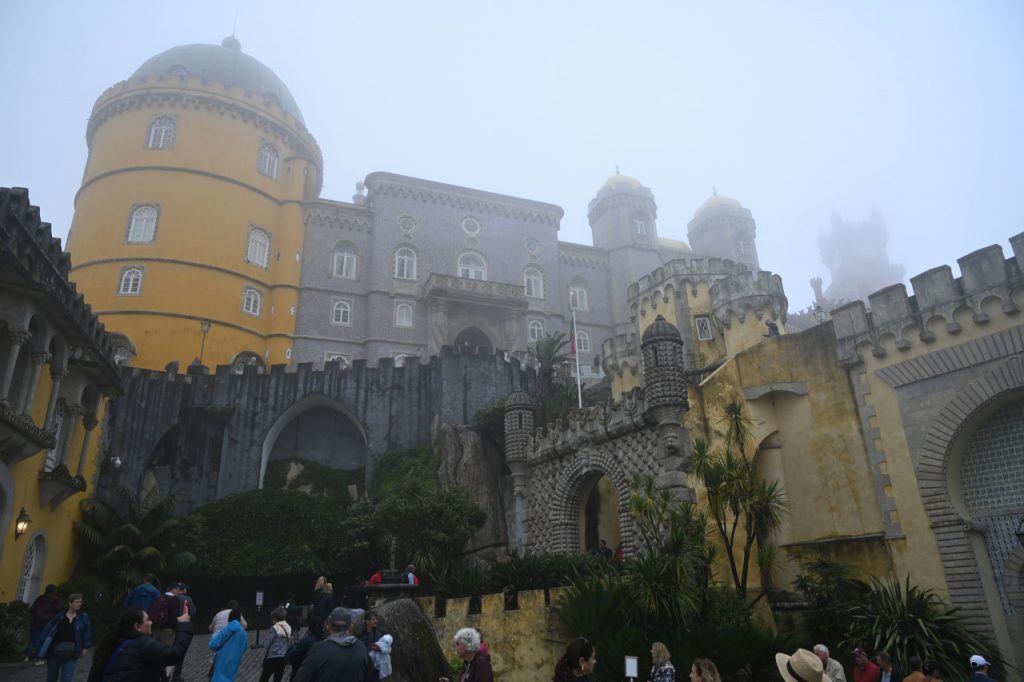
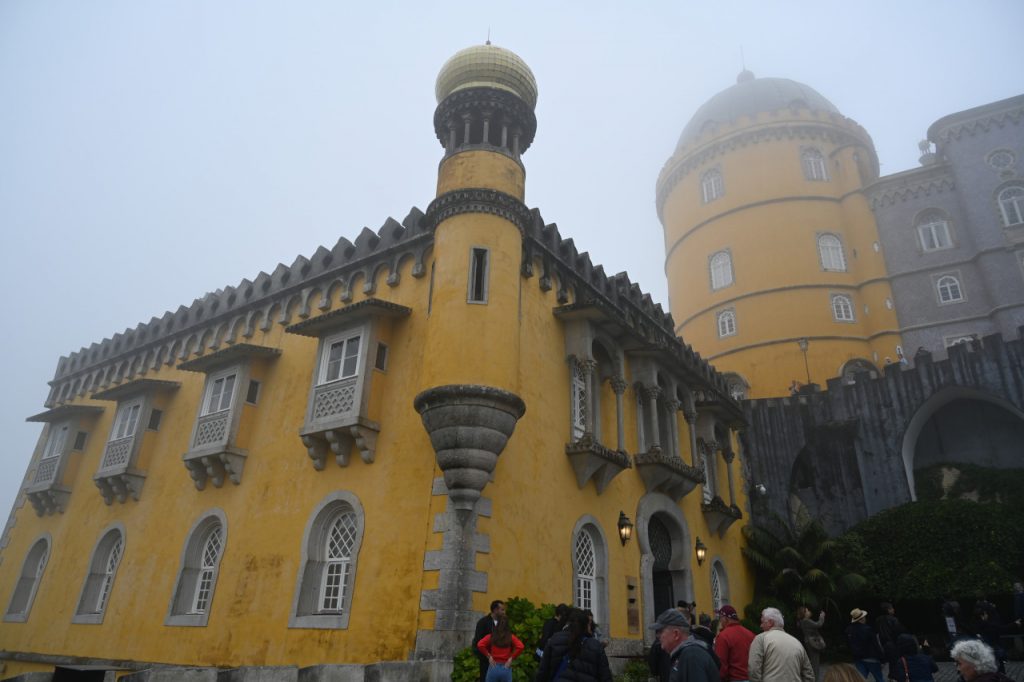
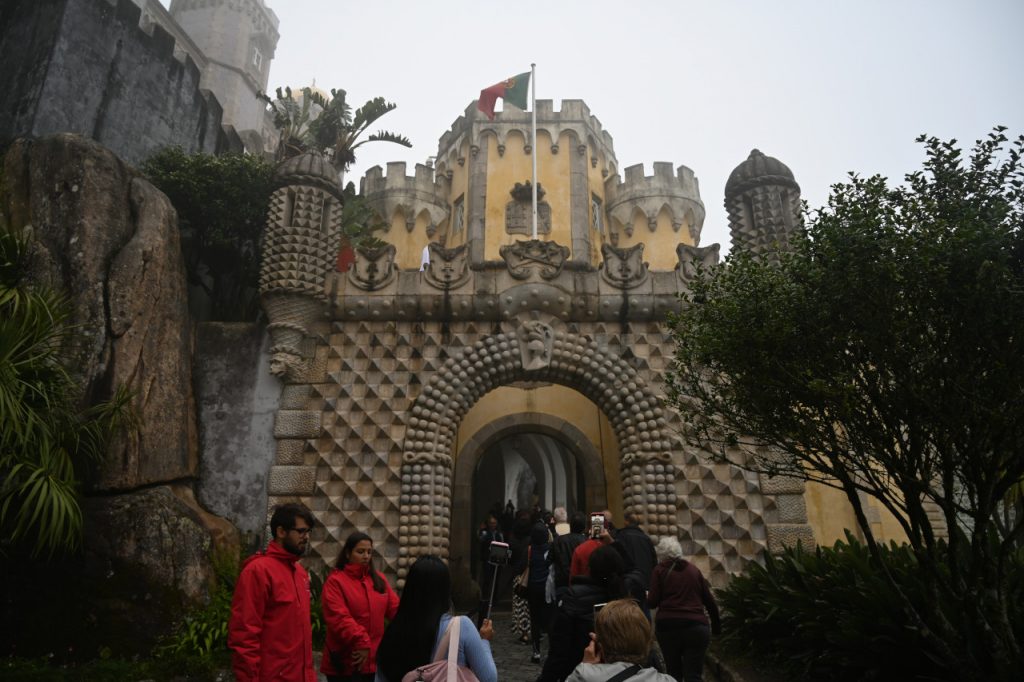
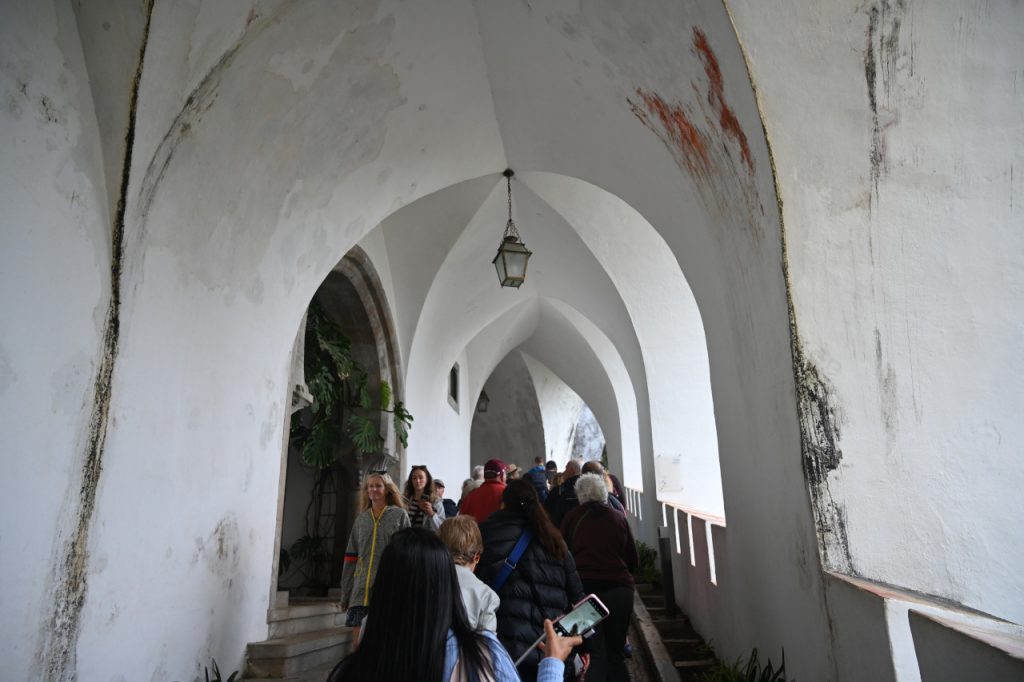
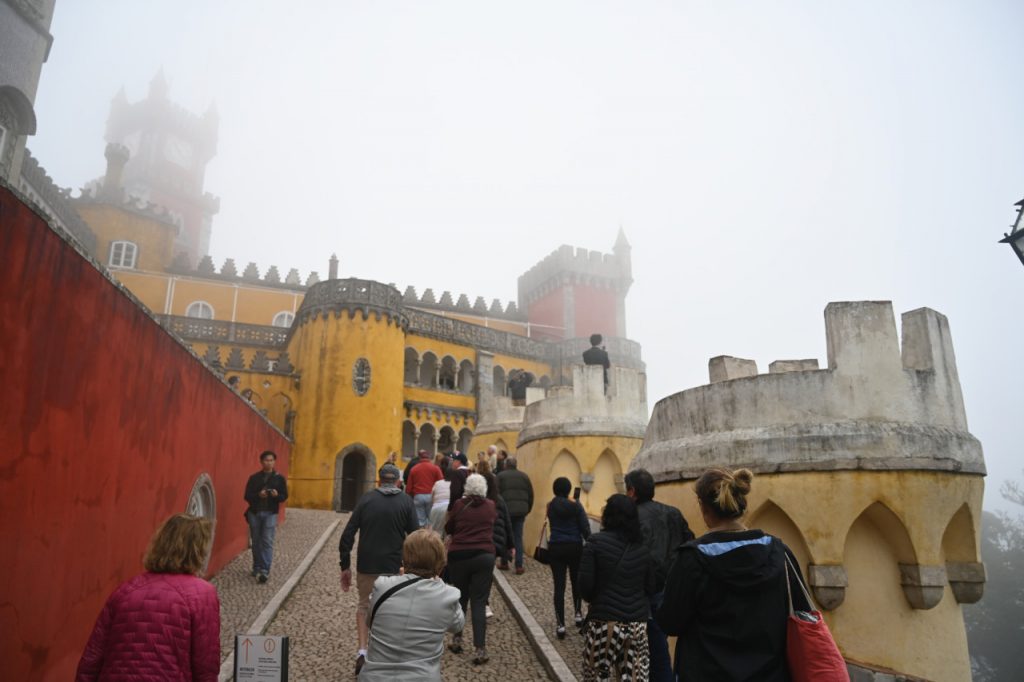
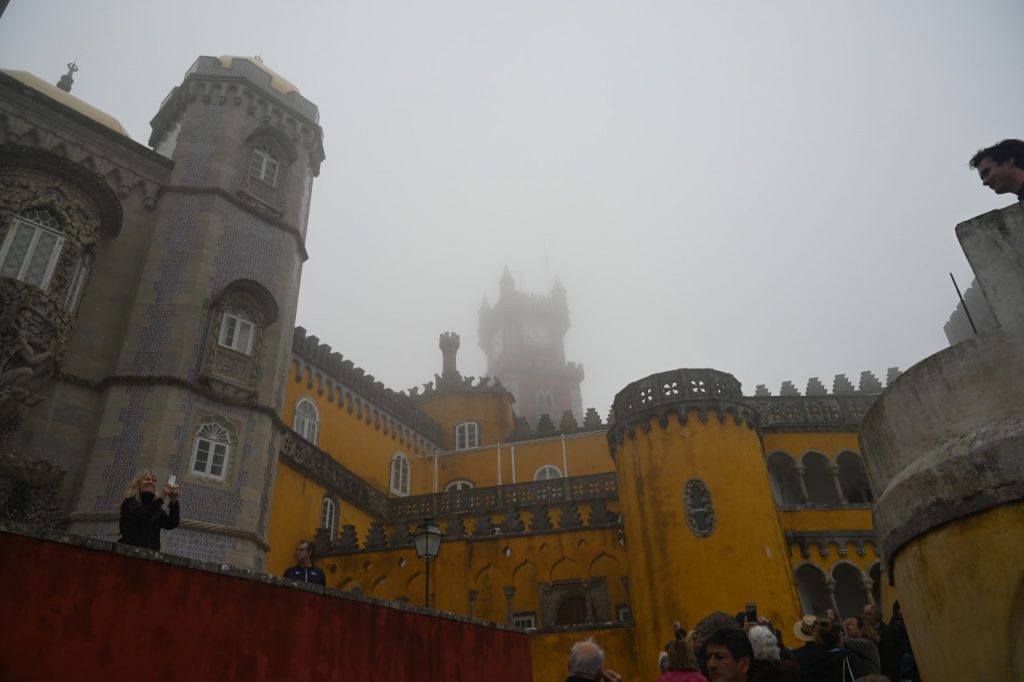
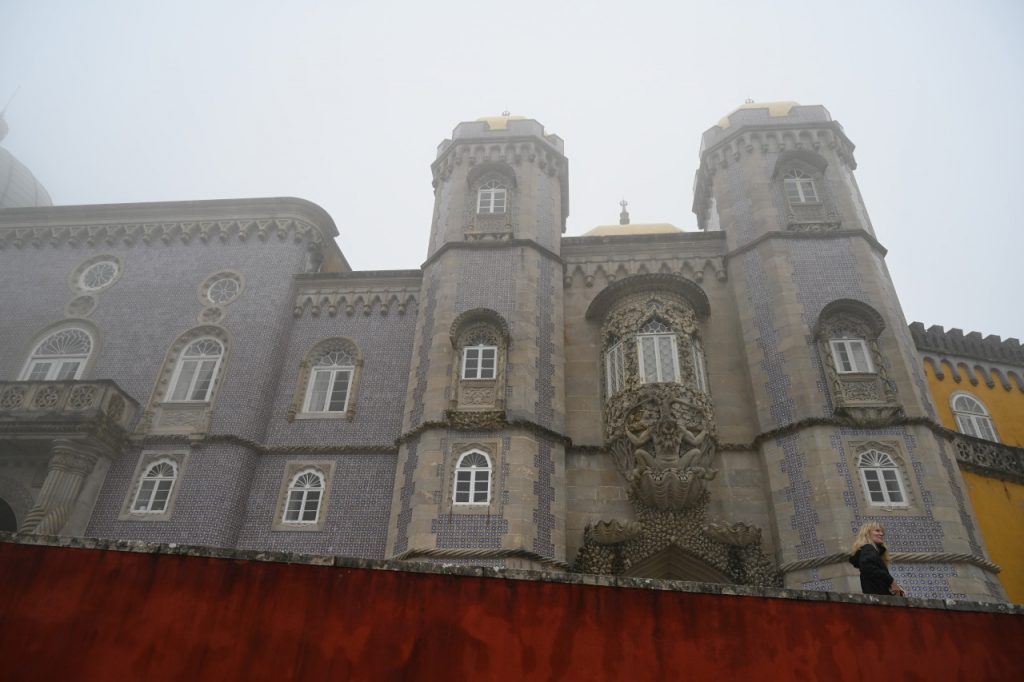
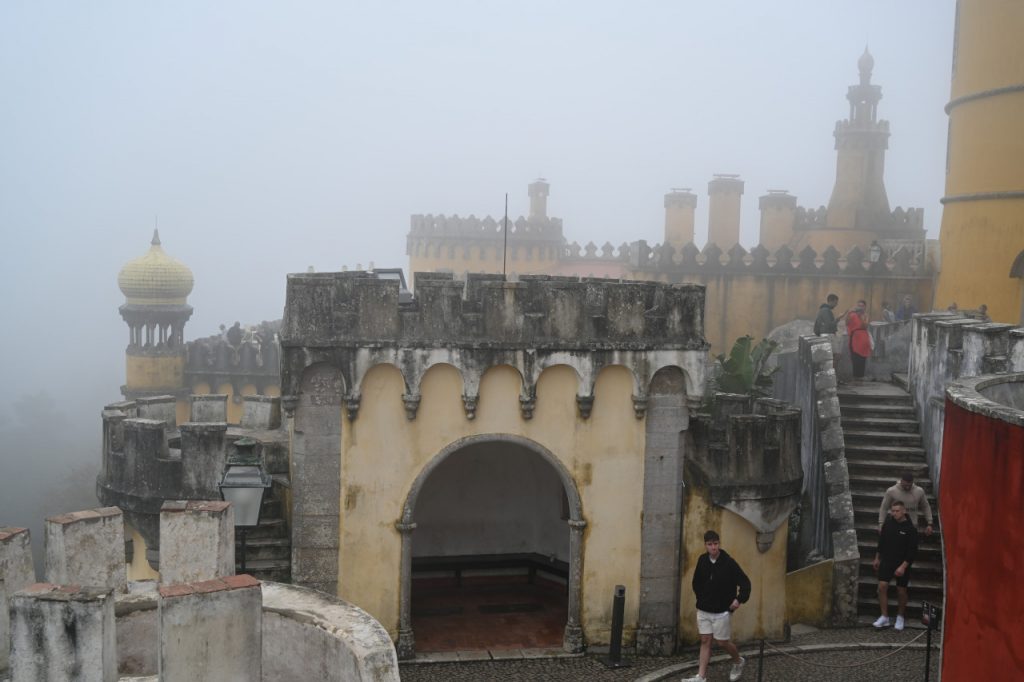
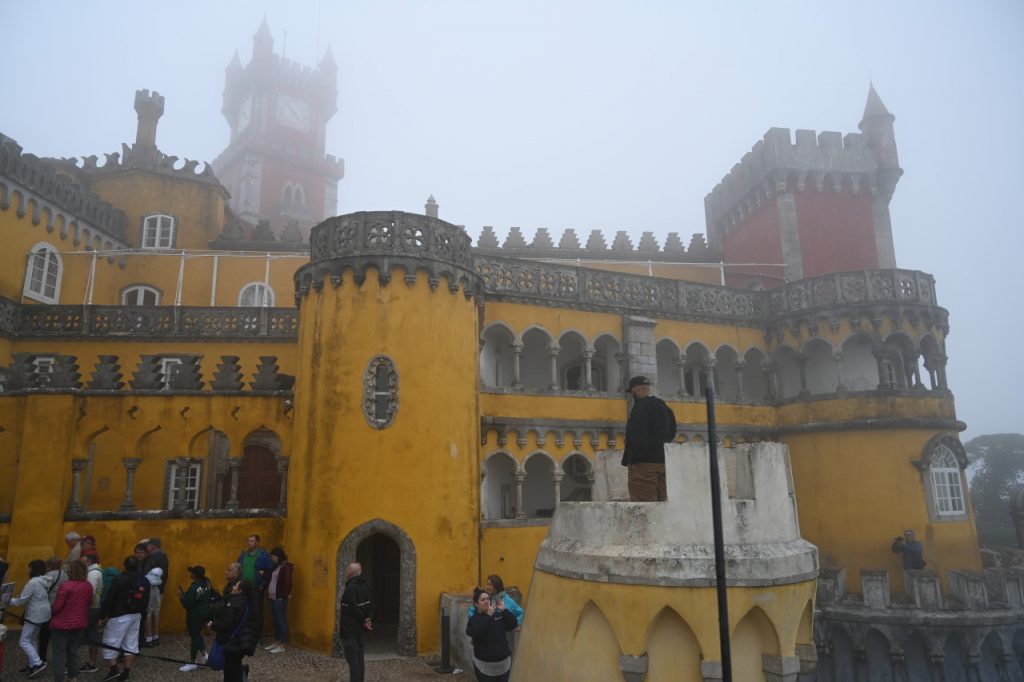
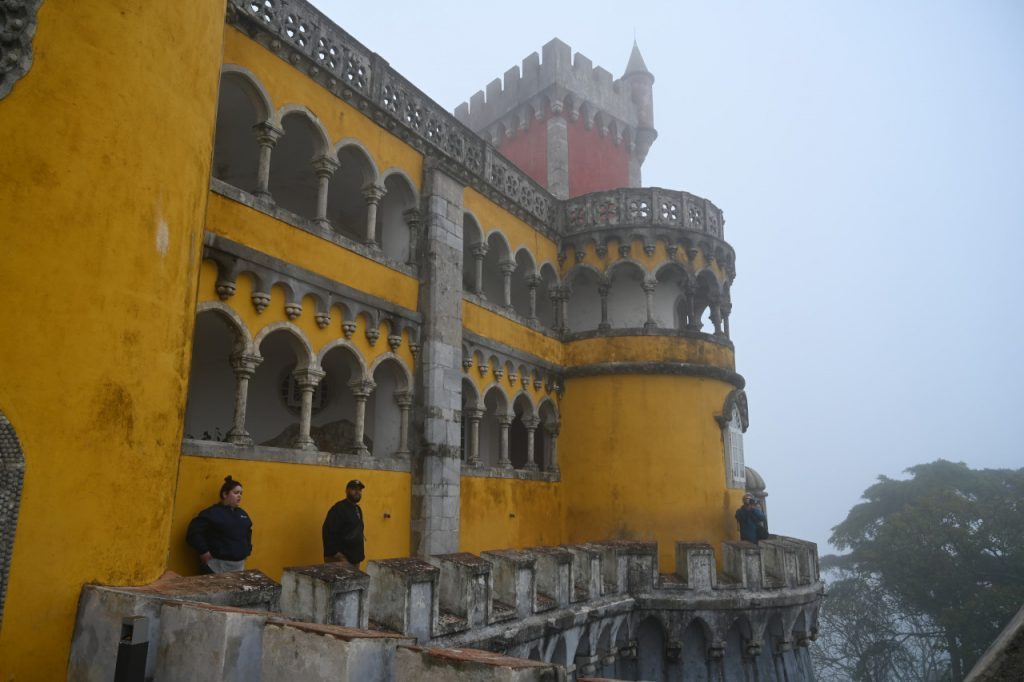

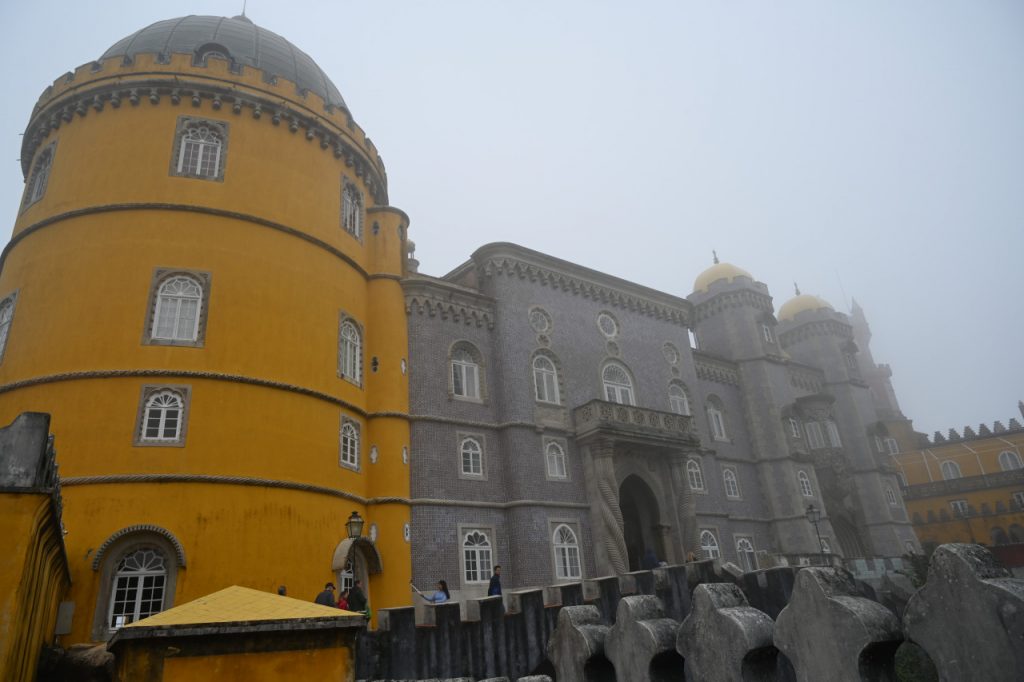
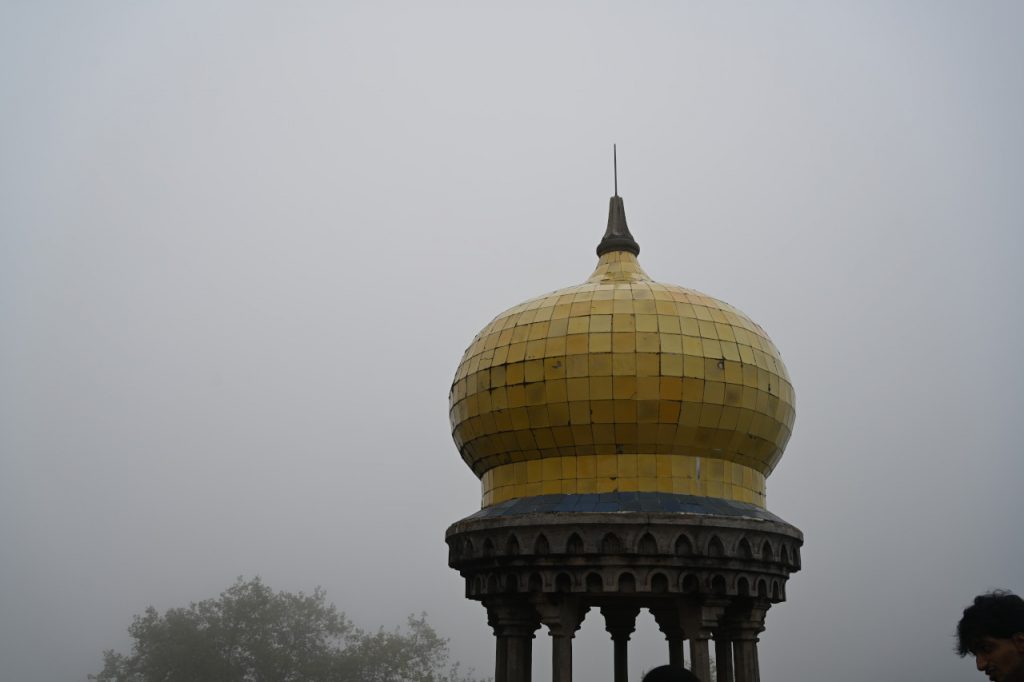
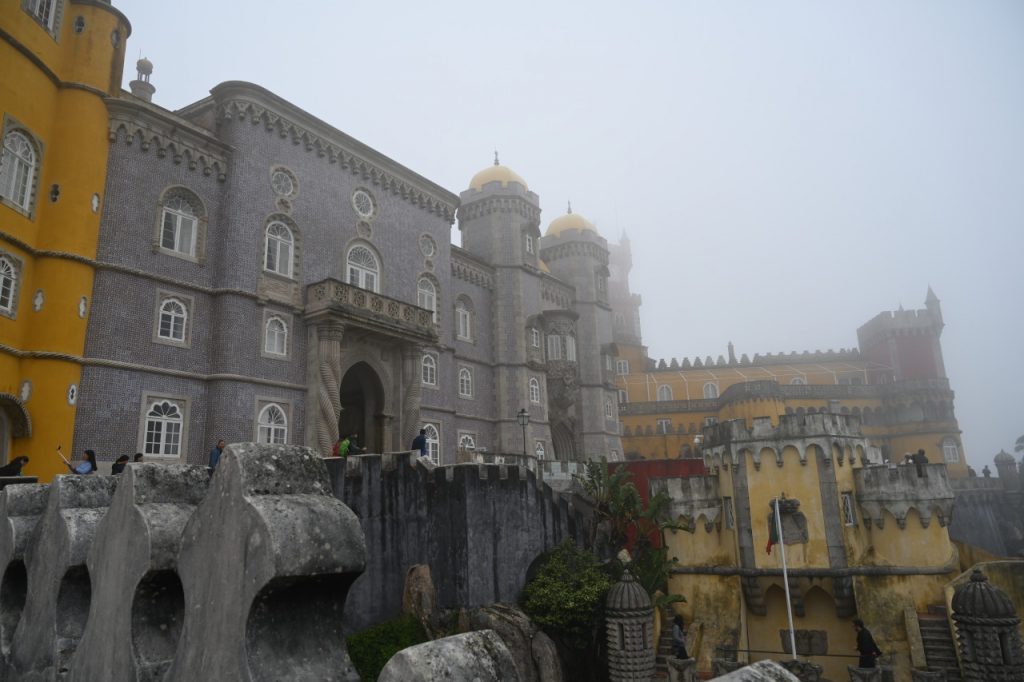
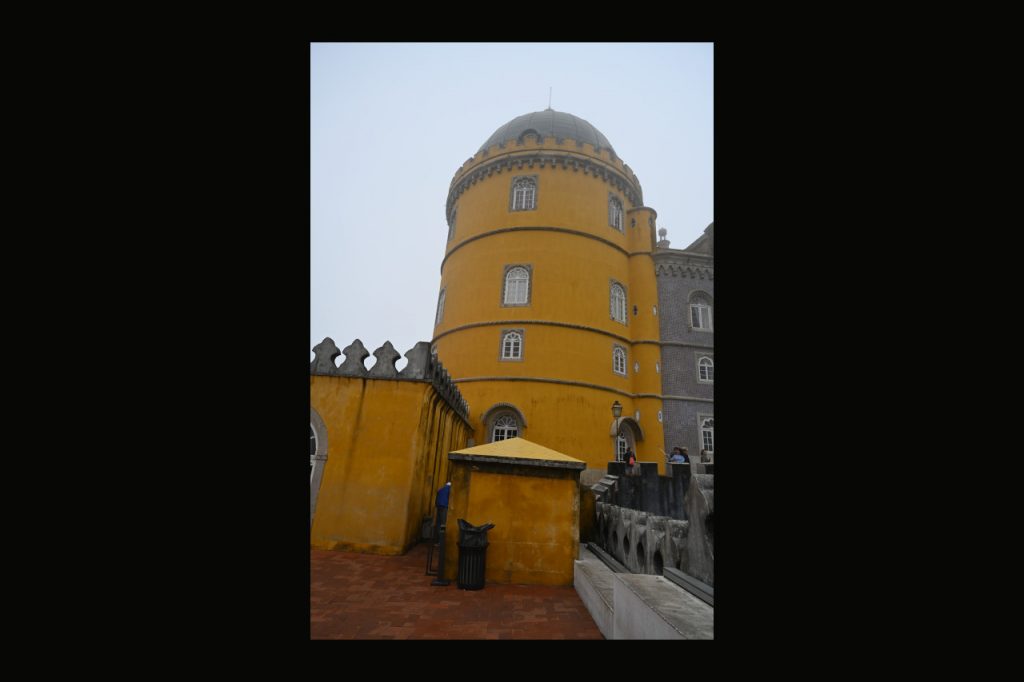
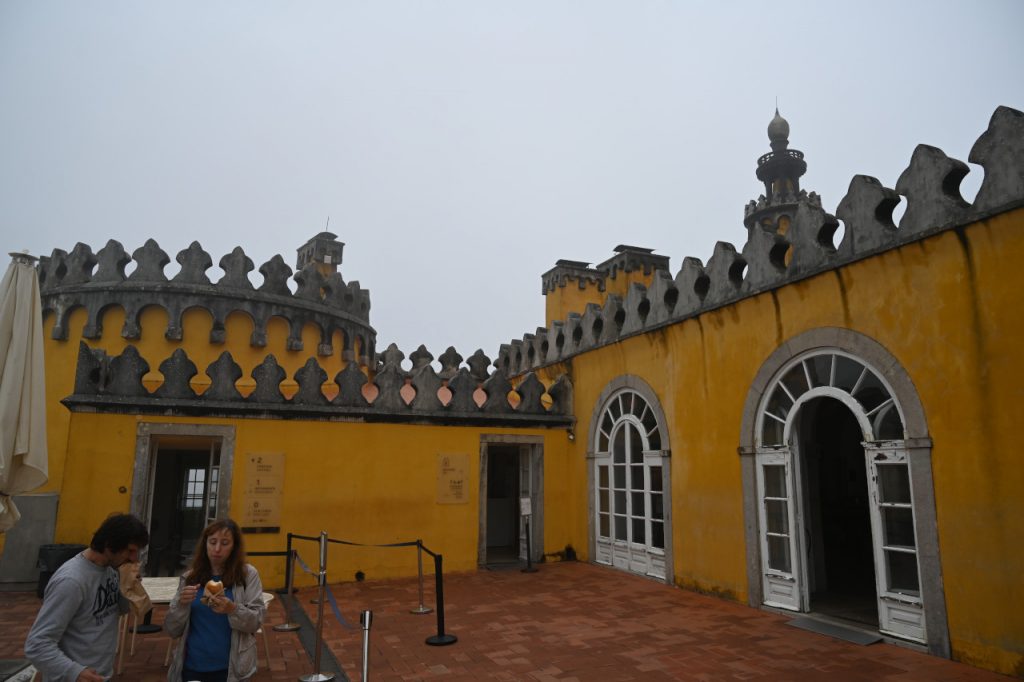
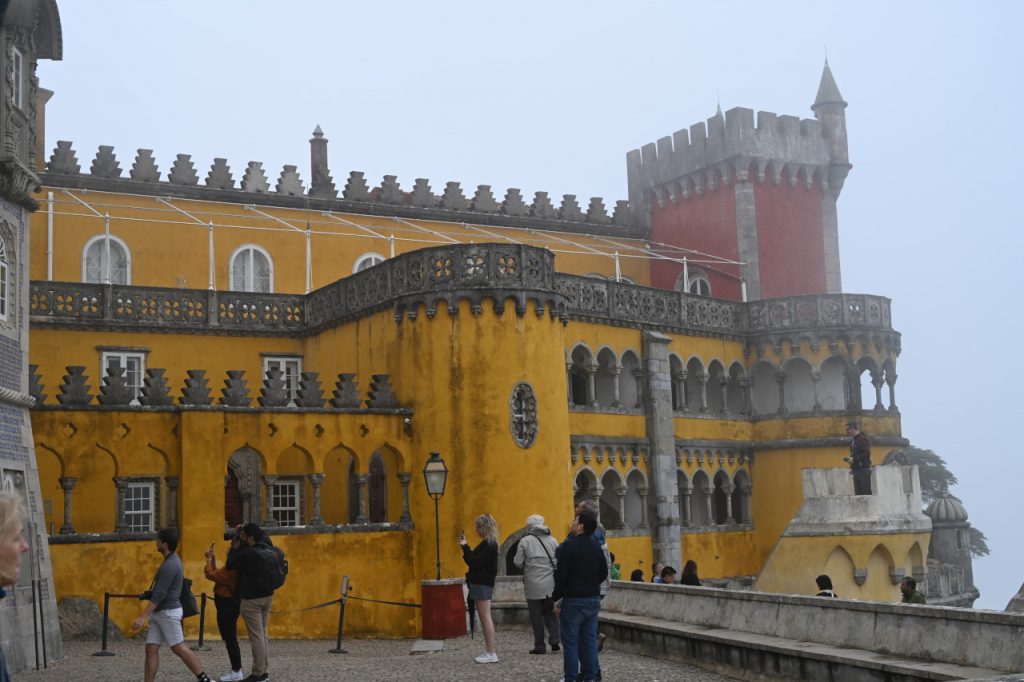
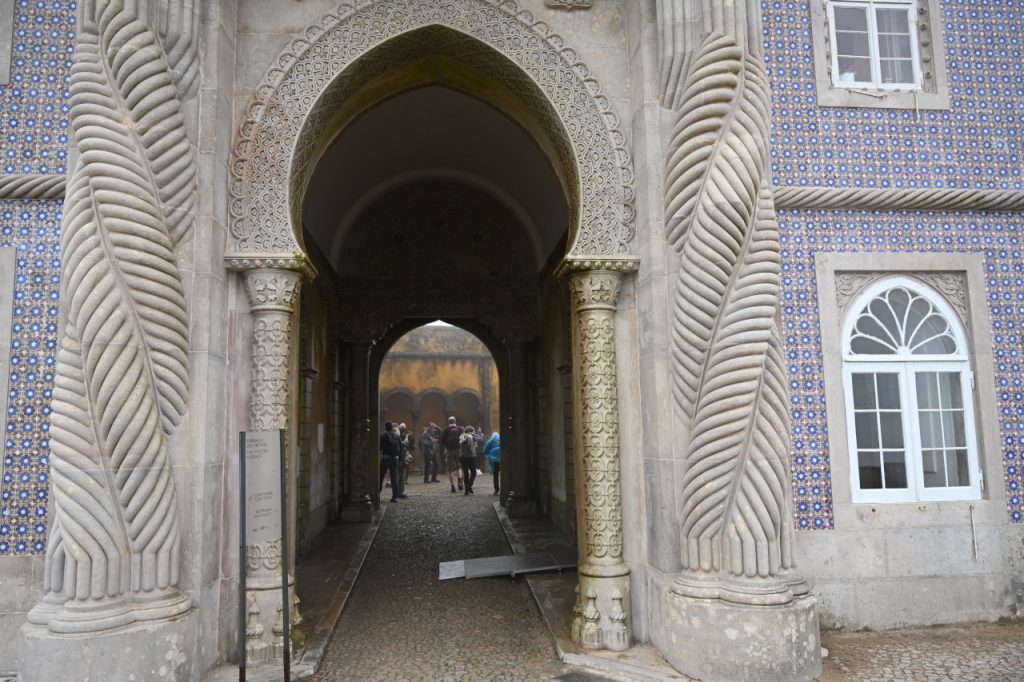
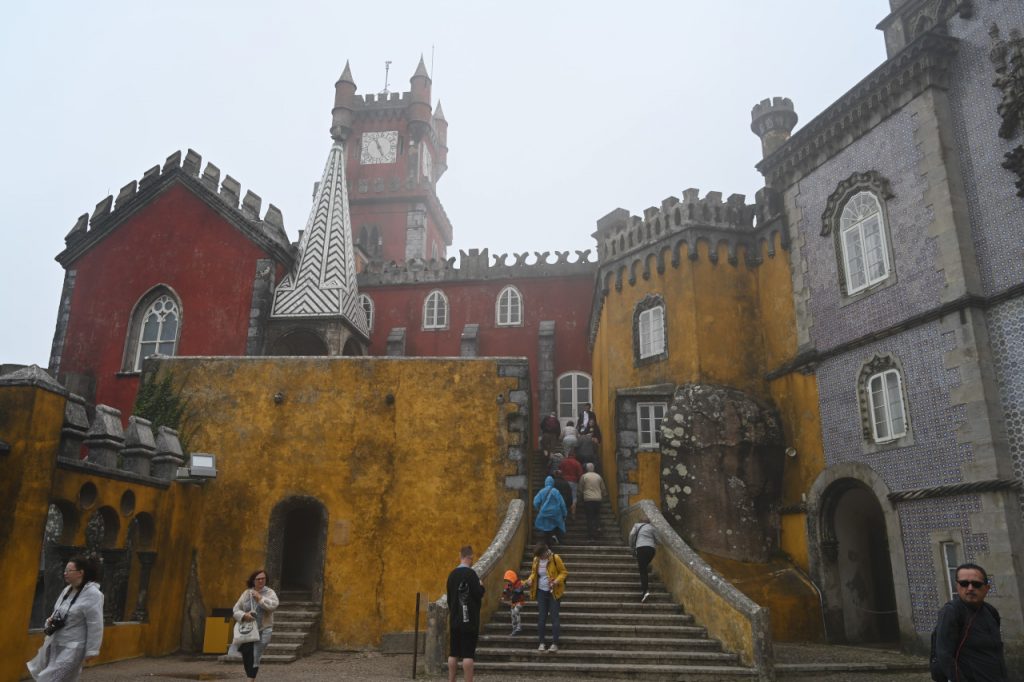
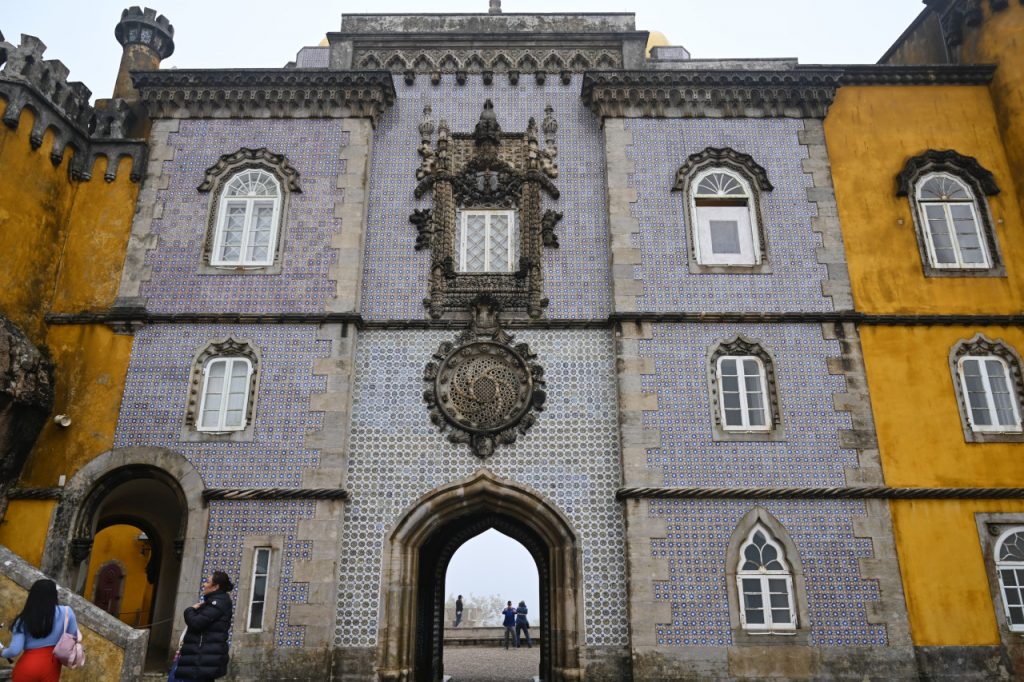
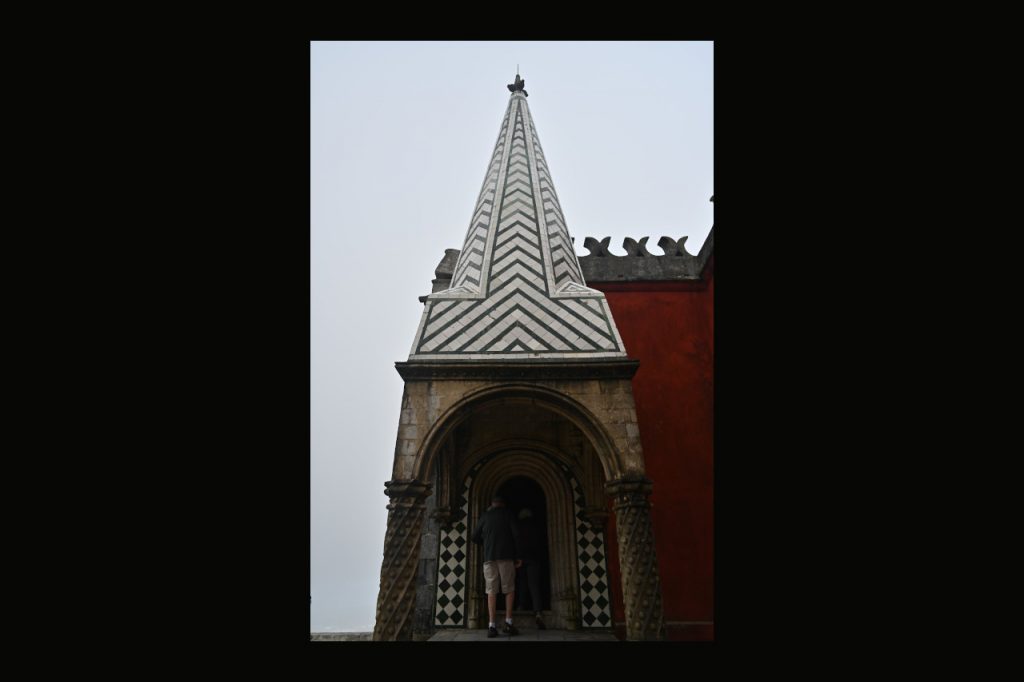
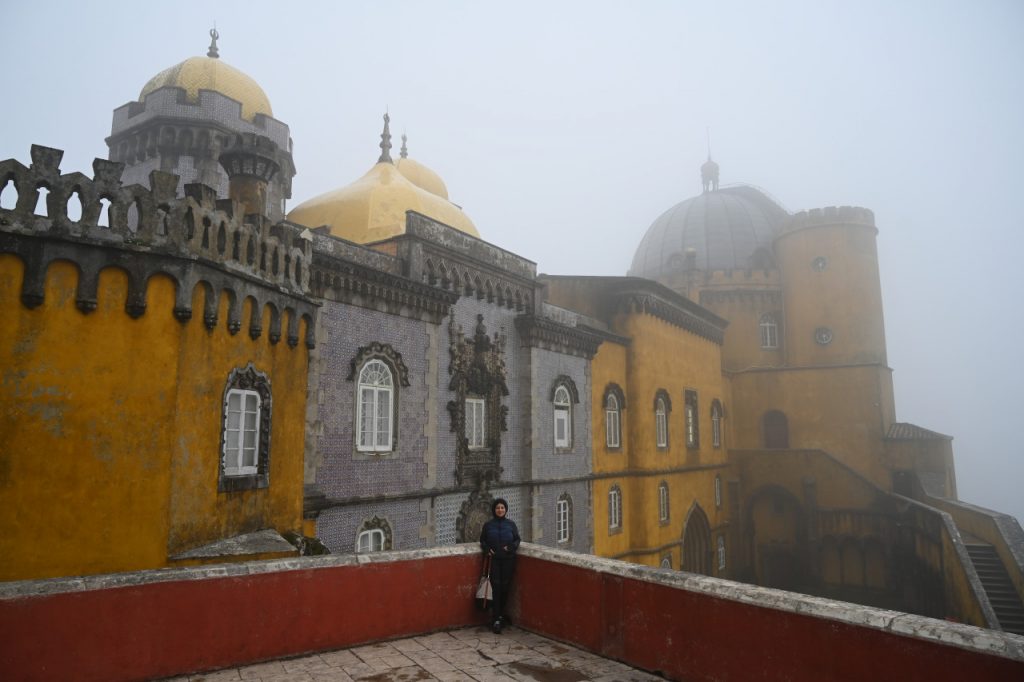
The Pena Palace interiors were skillfully designed with all the facilities to function as the Summer residence of the royal family. Within these walls, one can marvel at exquisite stuccos, trompe-l’œil painted walls, and a variety of 19th-century tile revetments, all of which form part of the extensive royal collections. Although the castle can be crowded with tourists, informative signs in both English and Portuguese provide useful information about each attraction. Particularly noteworthy is the collection of items used by the royal family, showcasing the grandeur of the era
Pena Palace: Interiors
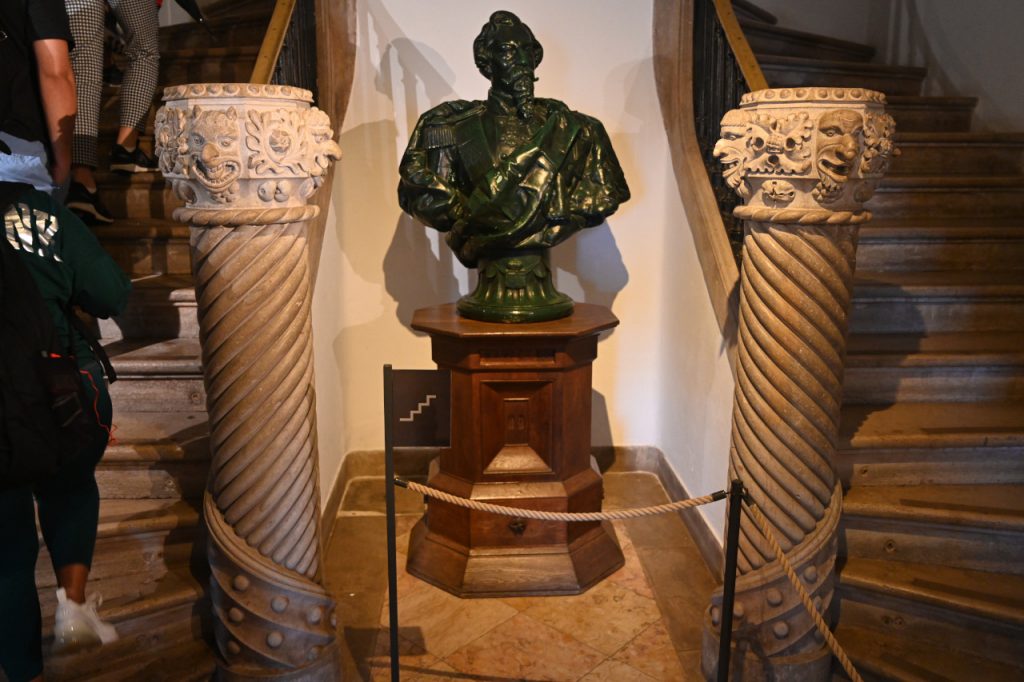
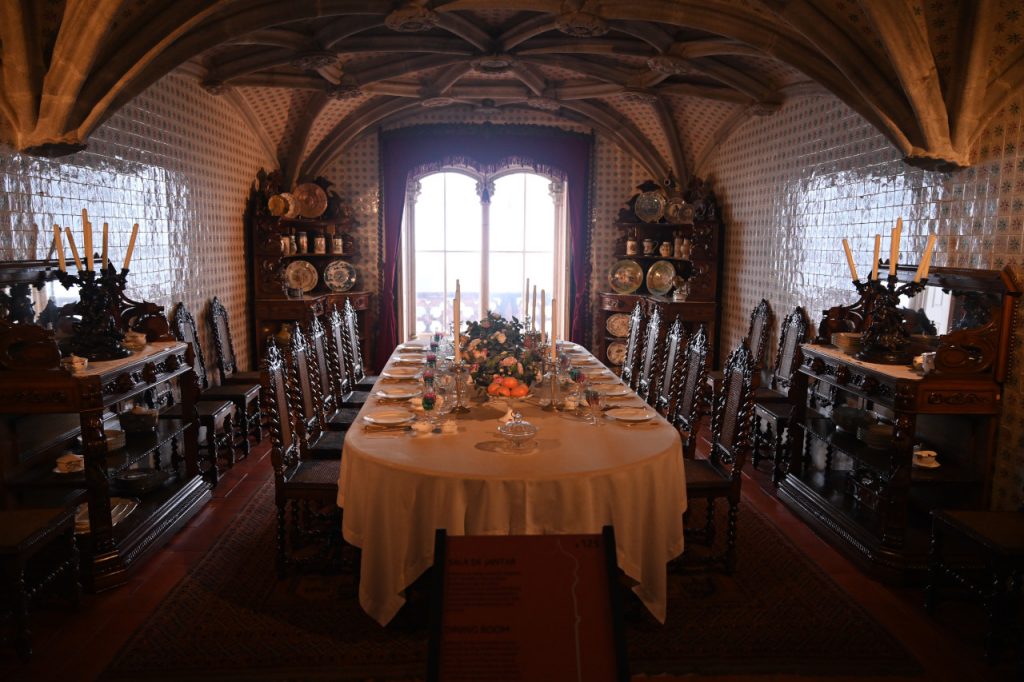
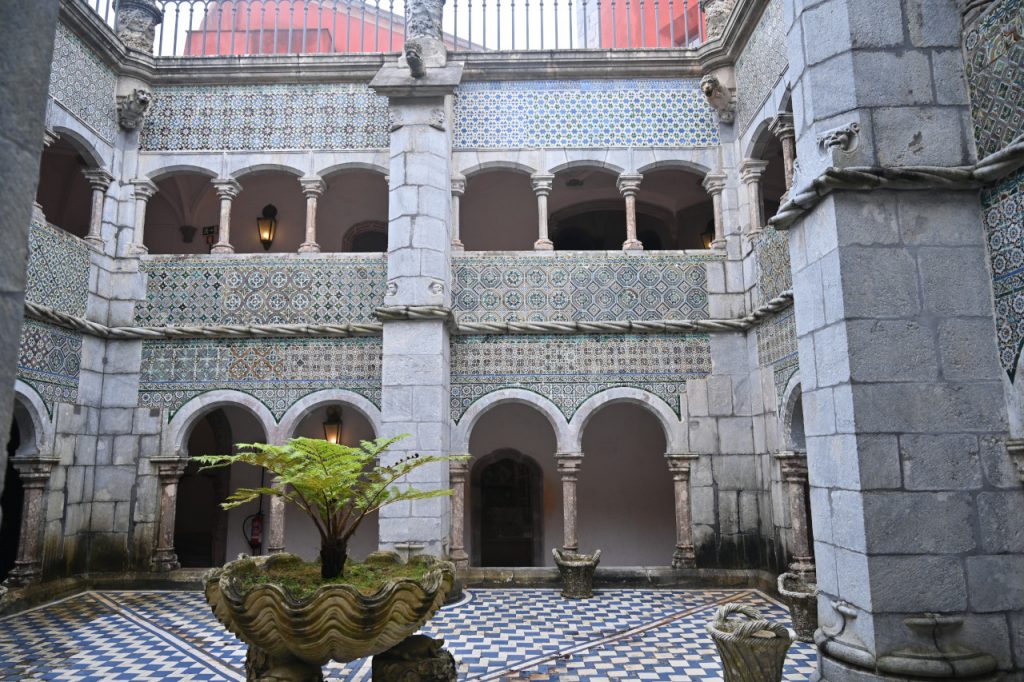
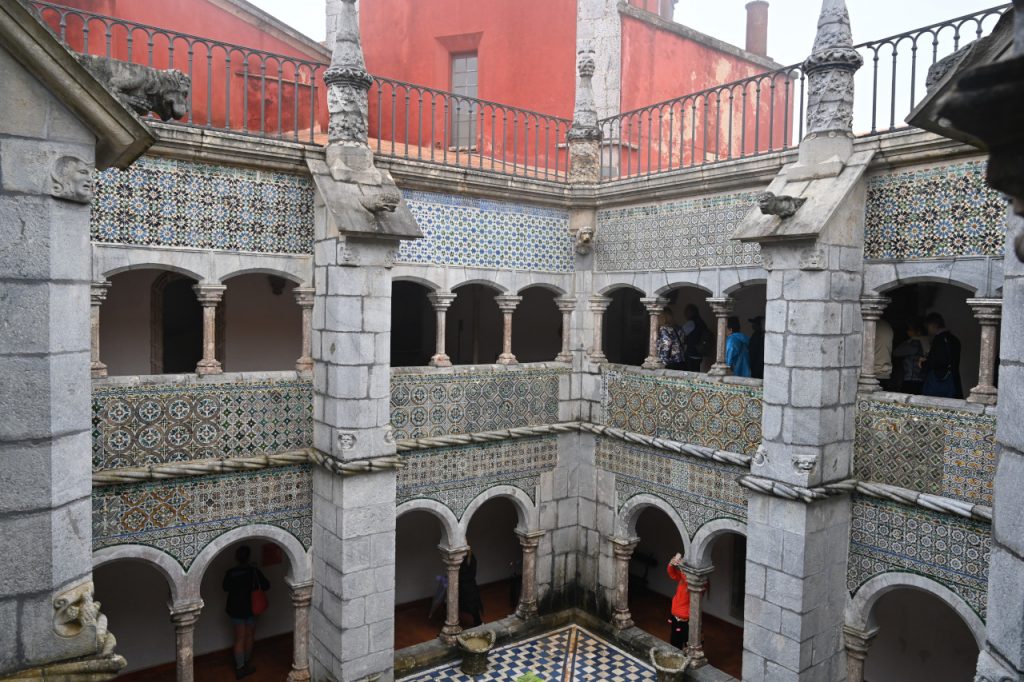
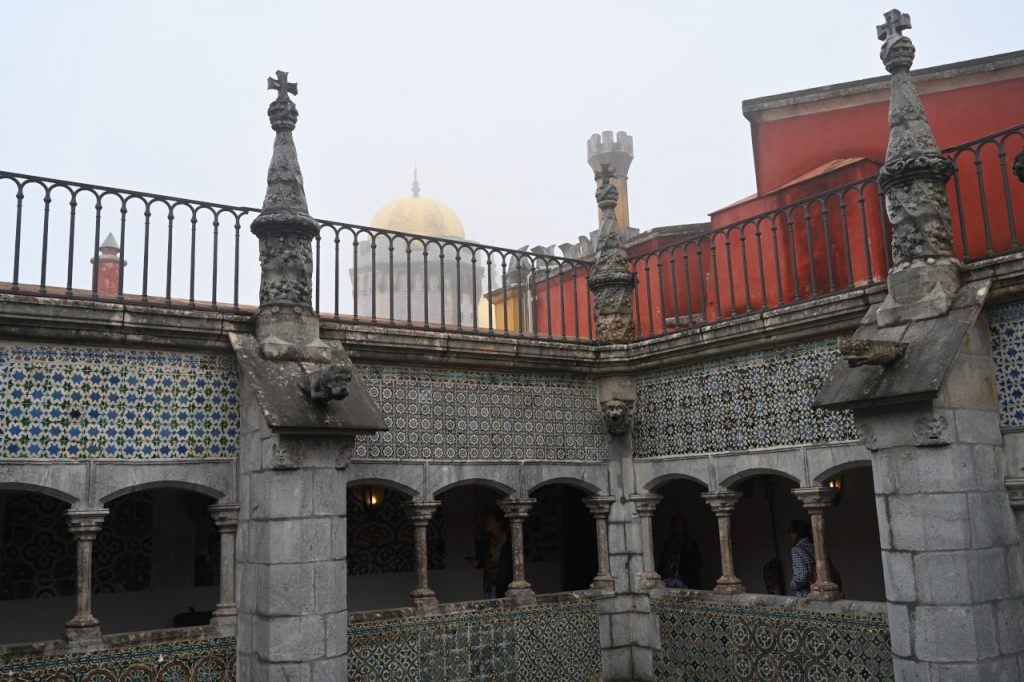
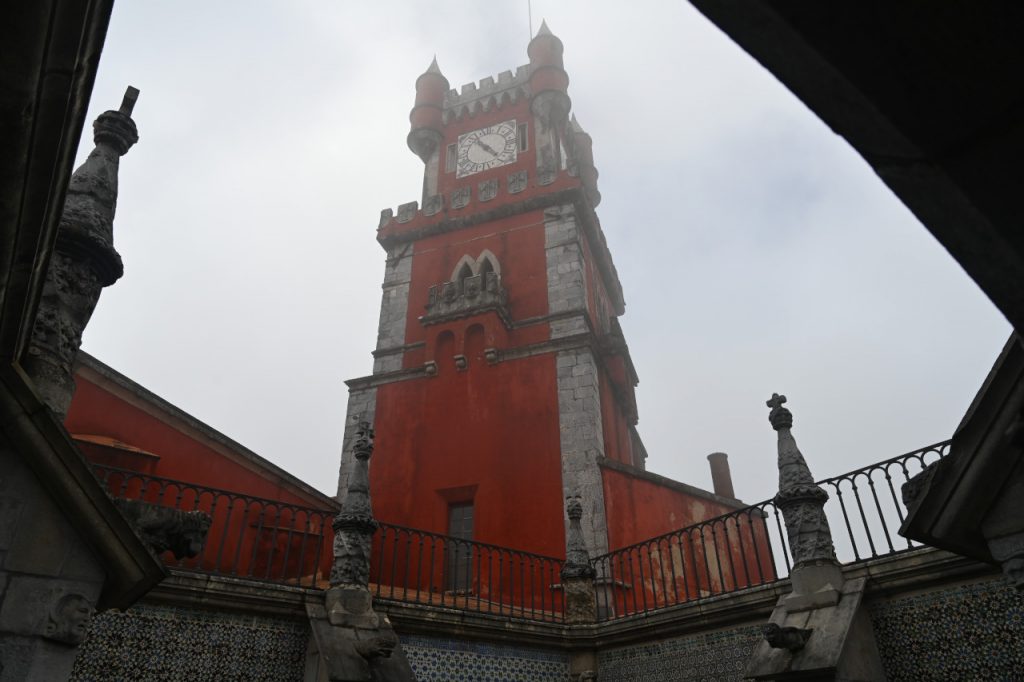
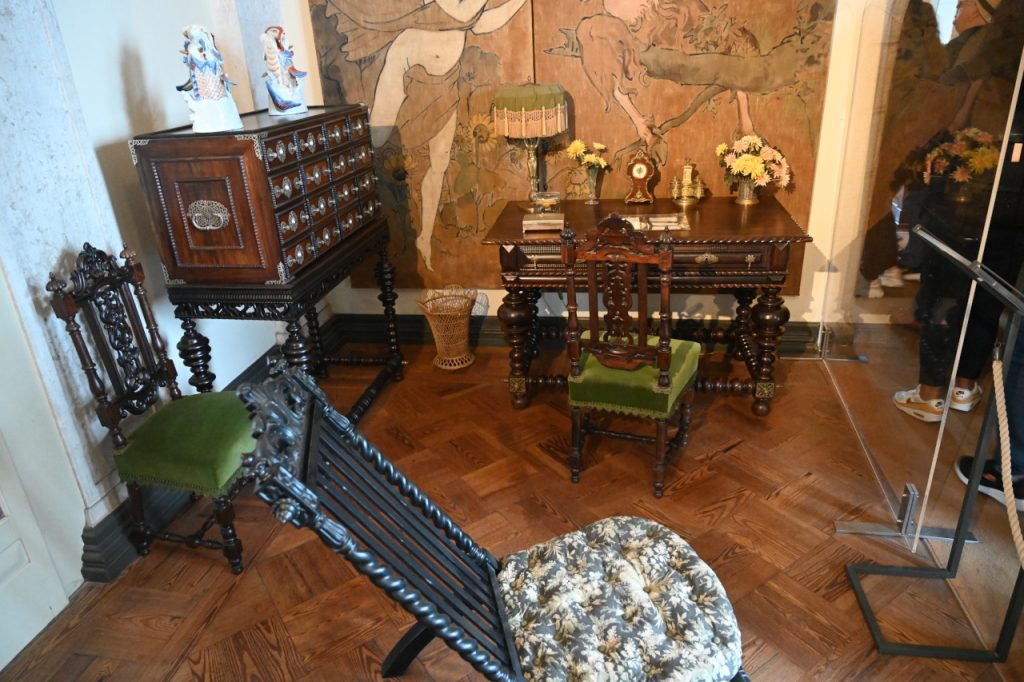
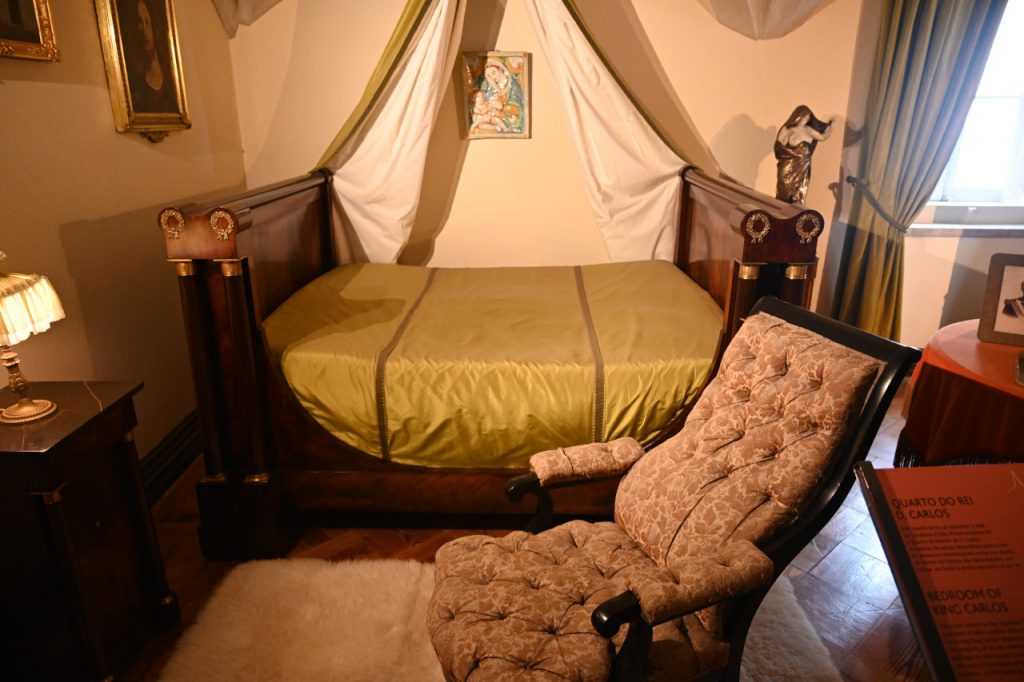
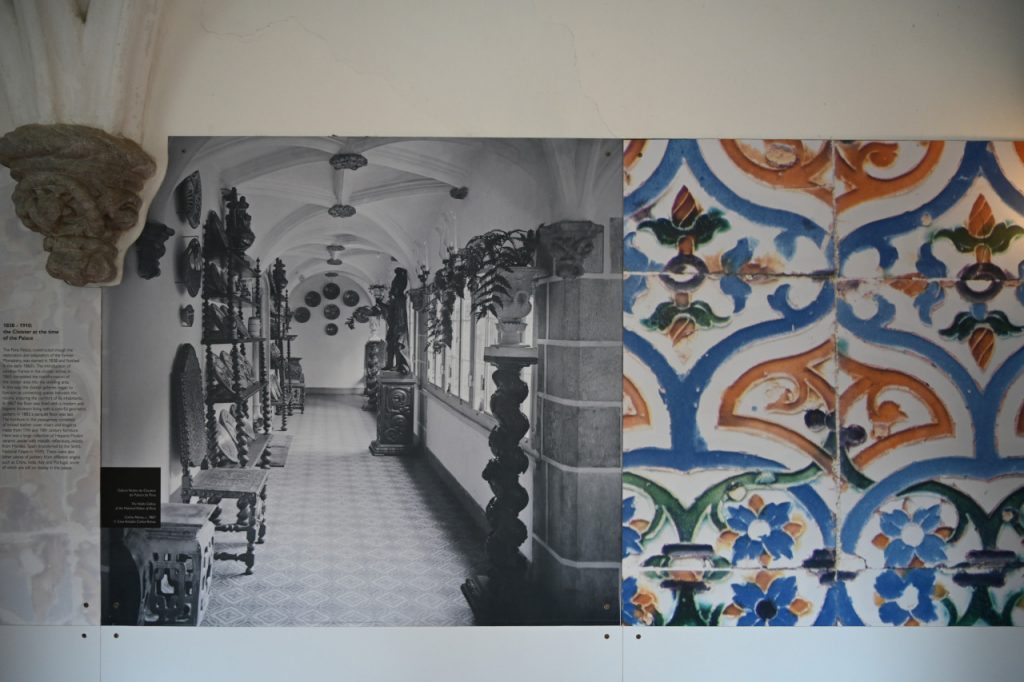
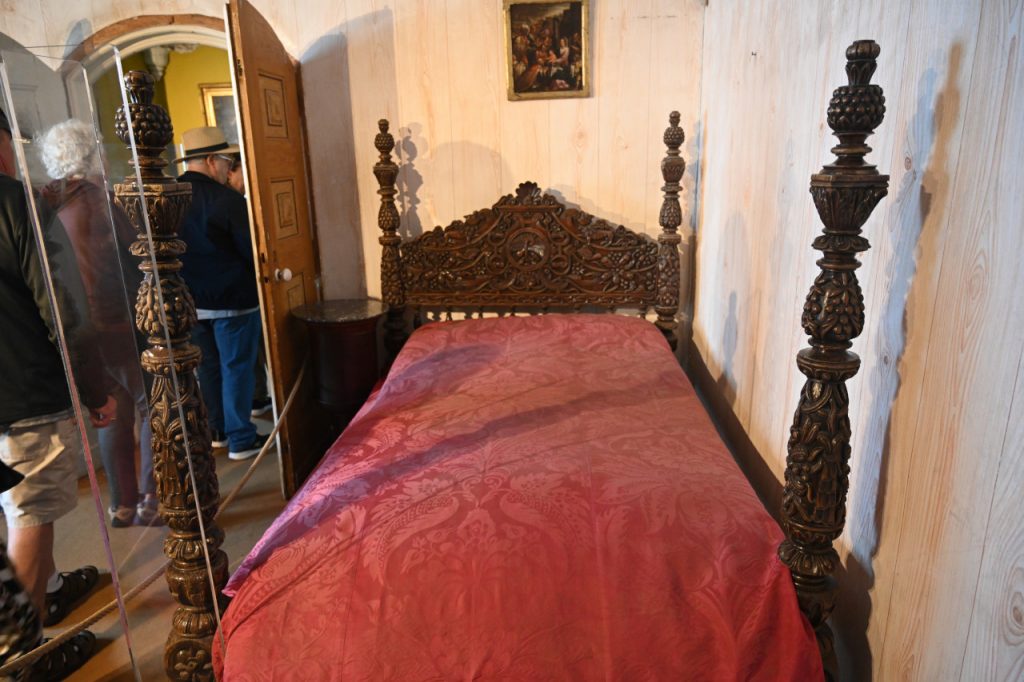
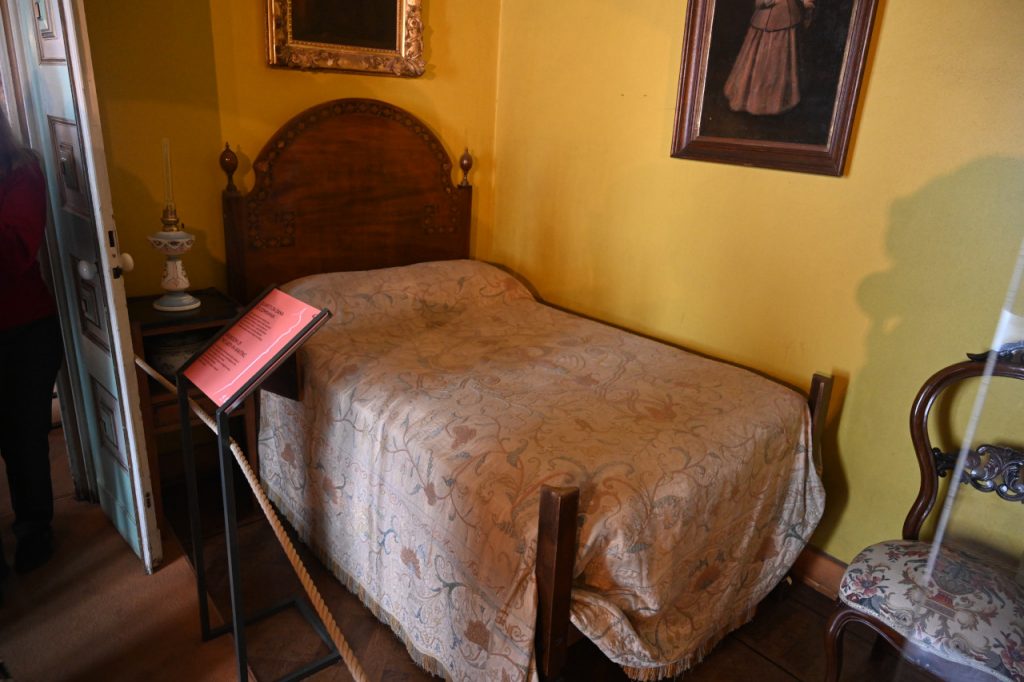
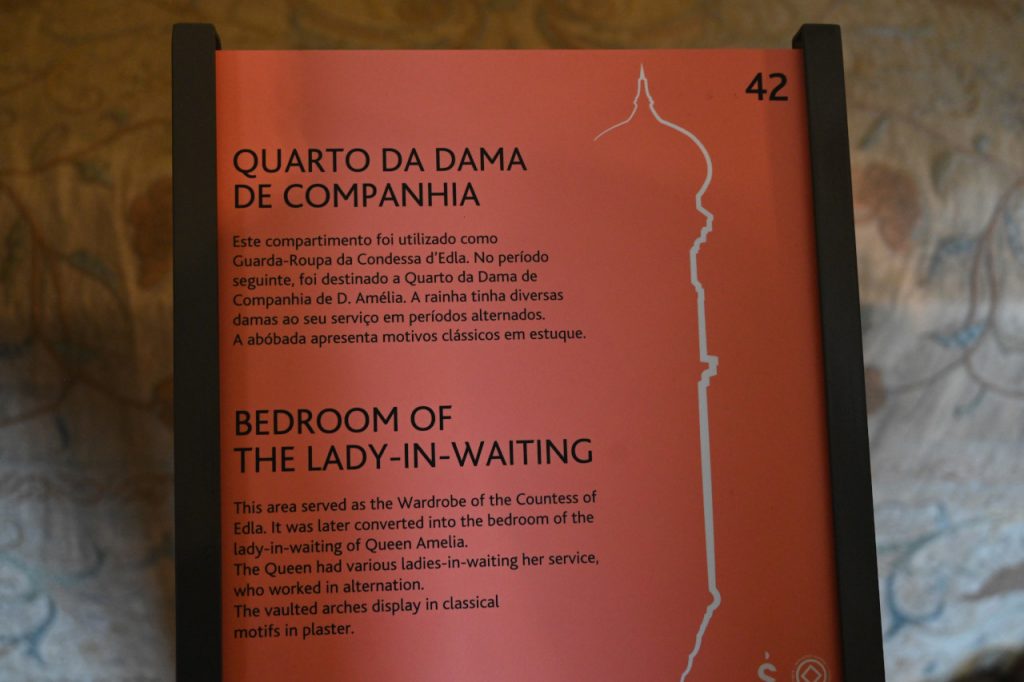
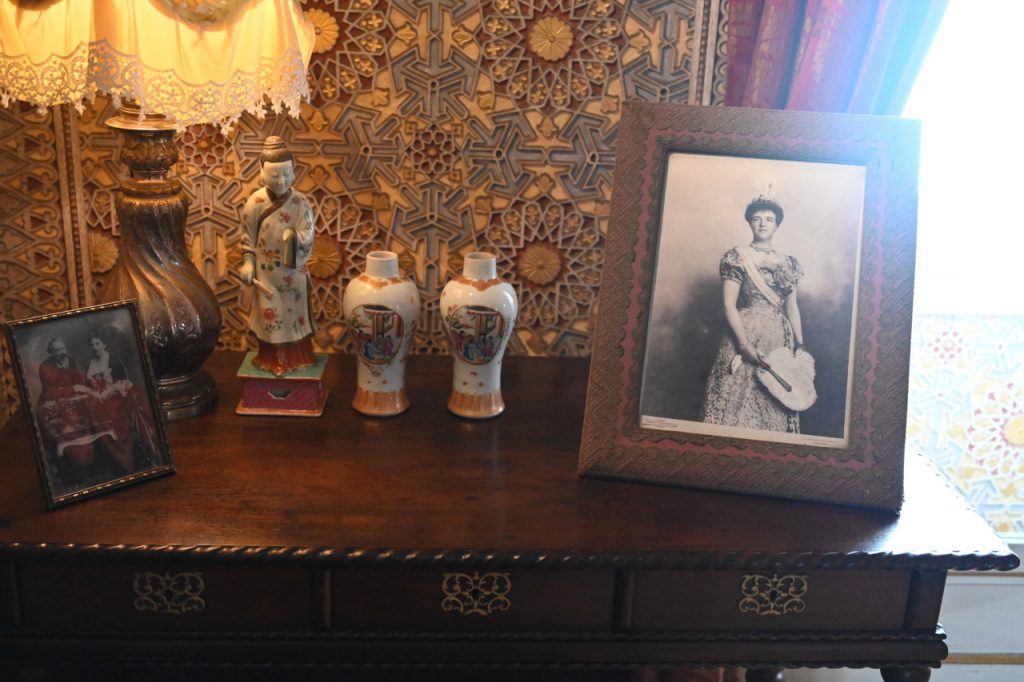
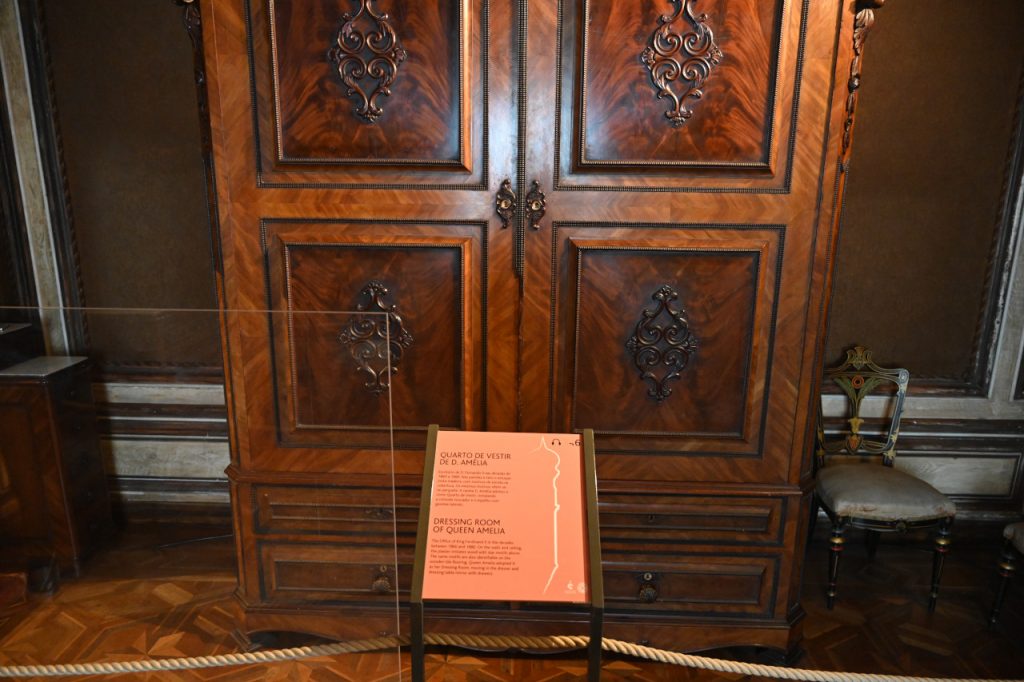
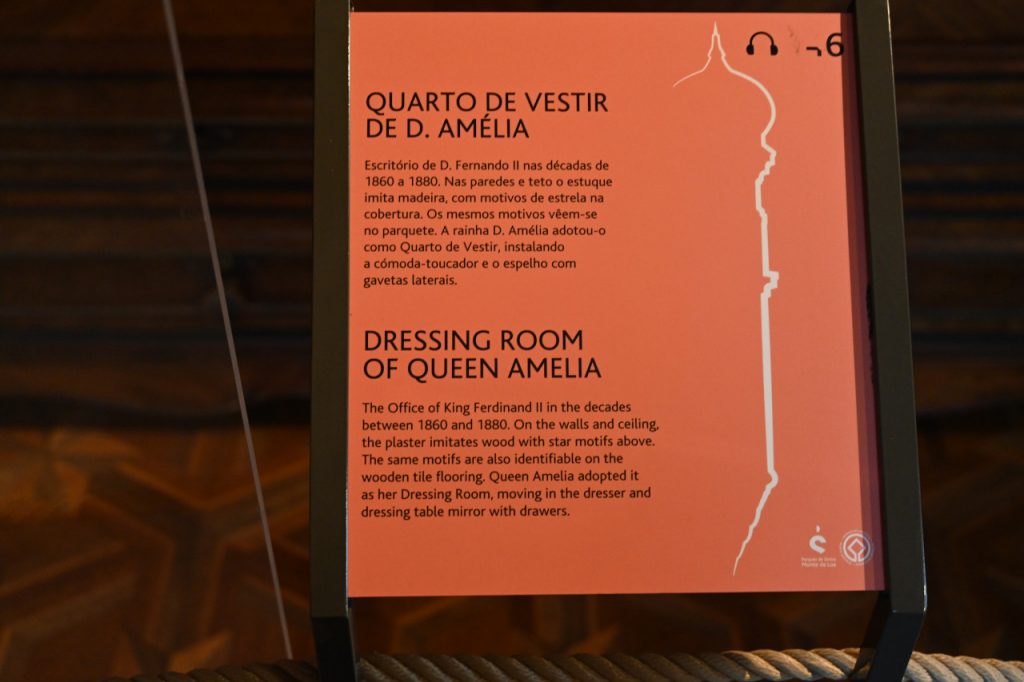

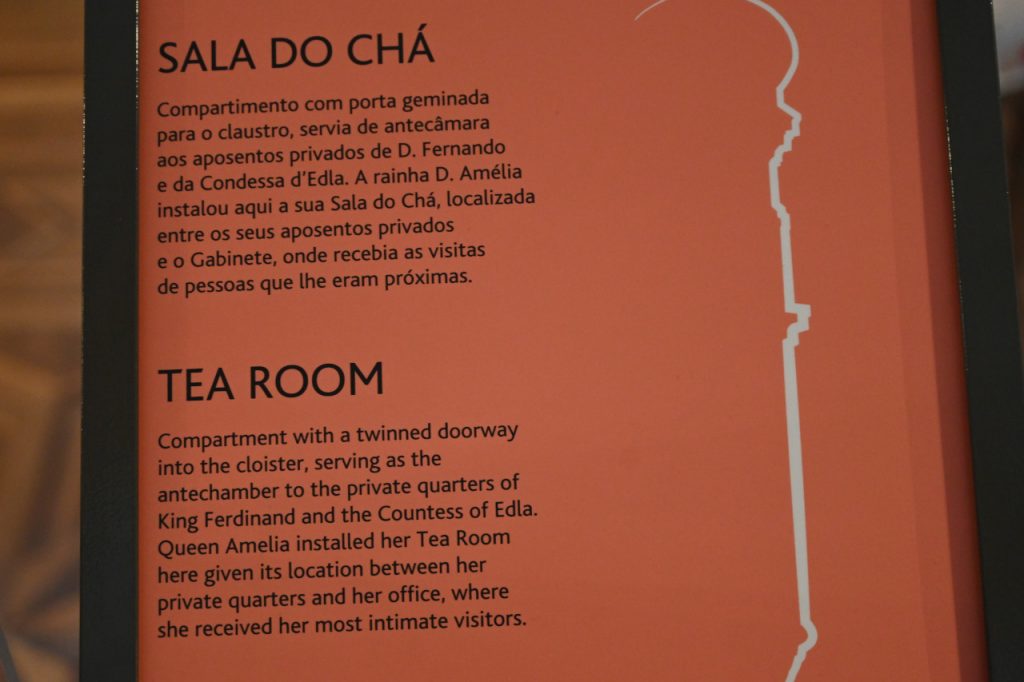
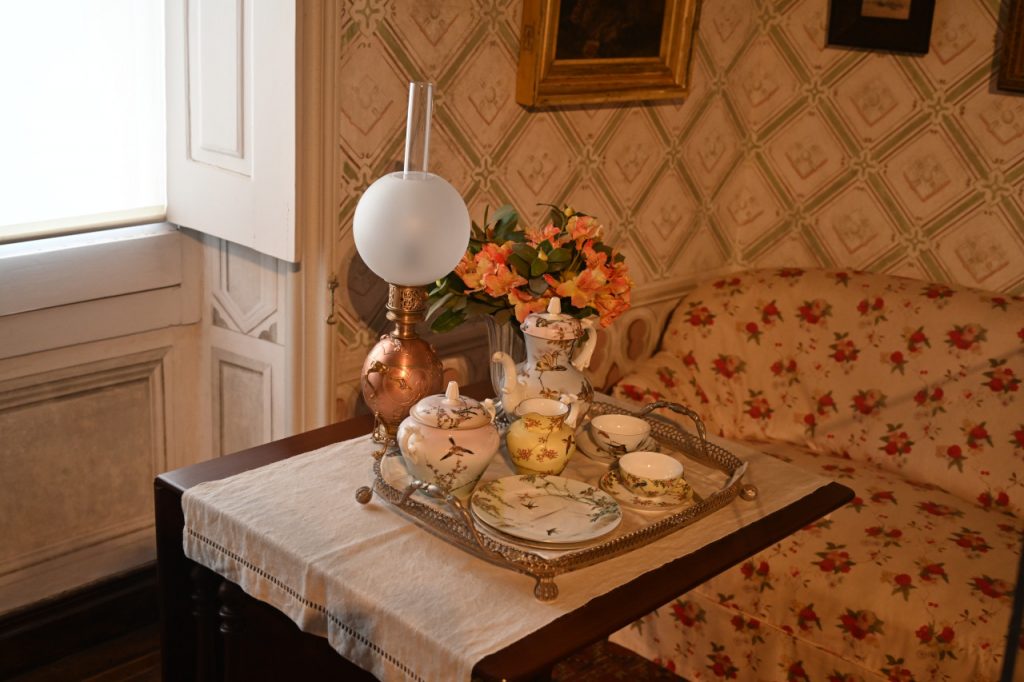
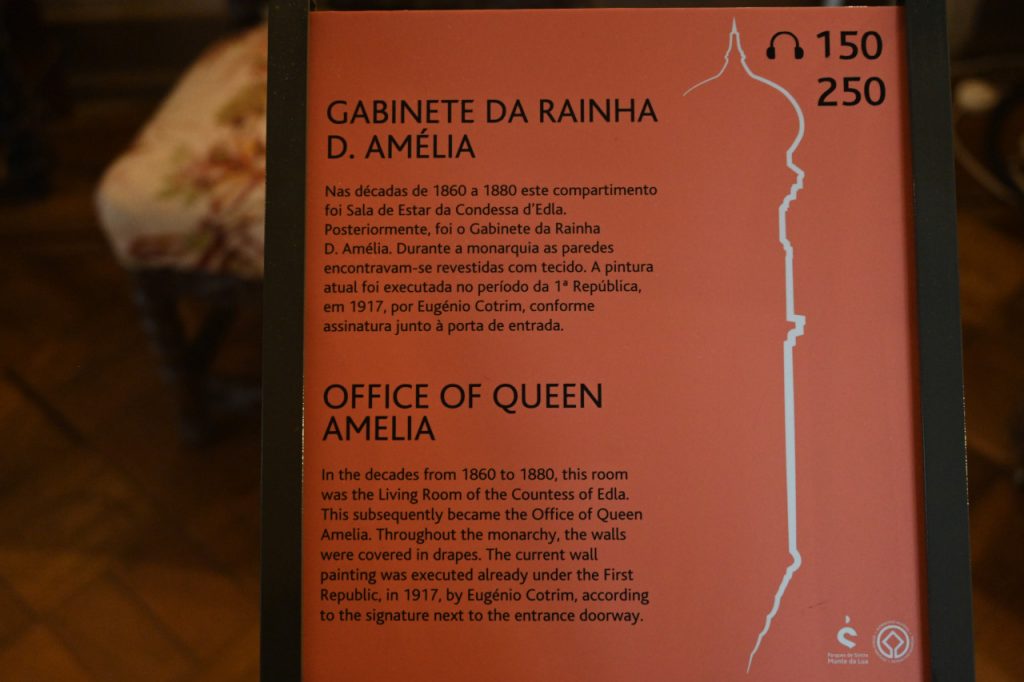
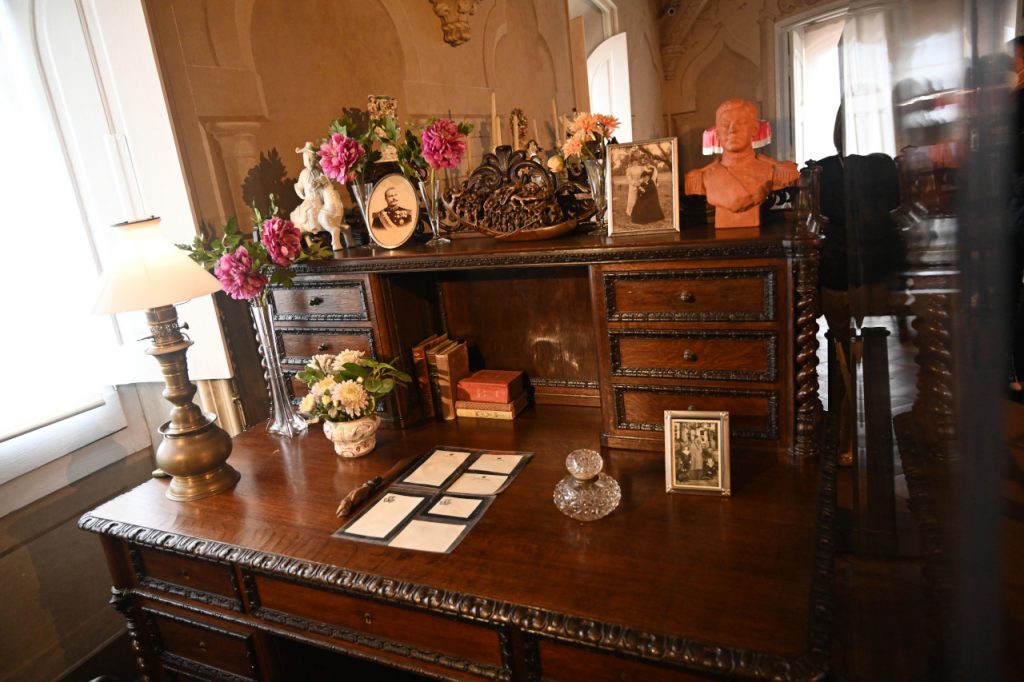
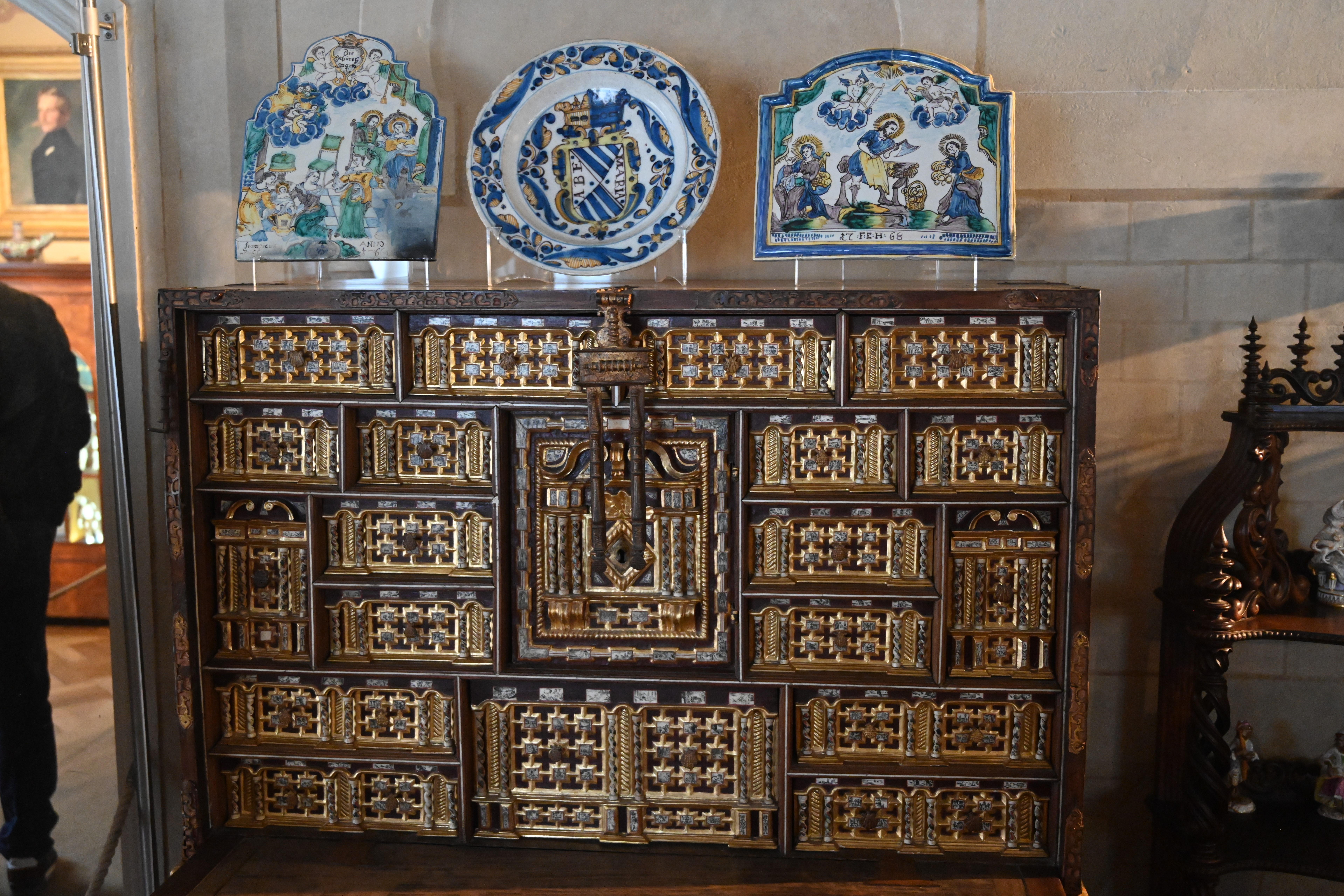
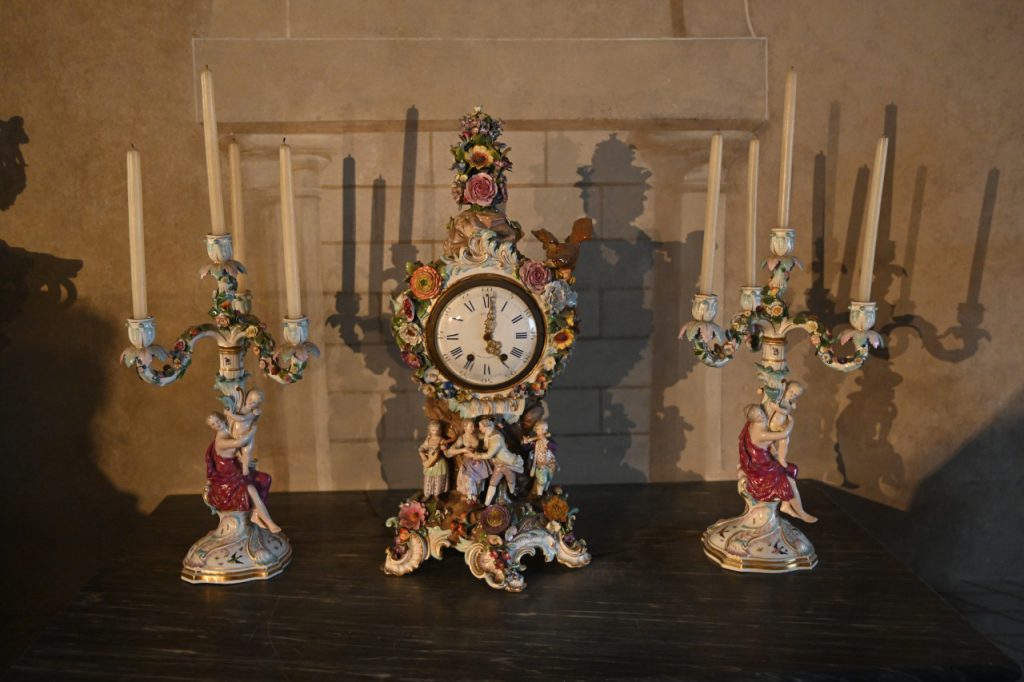
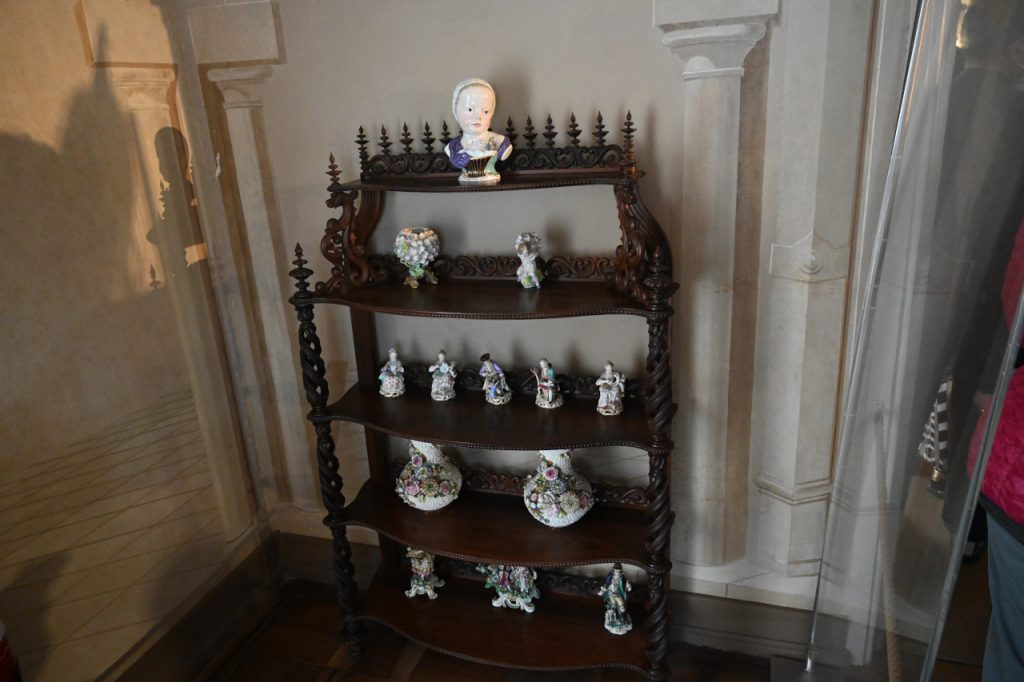
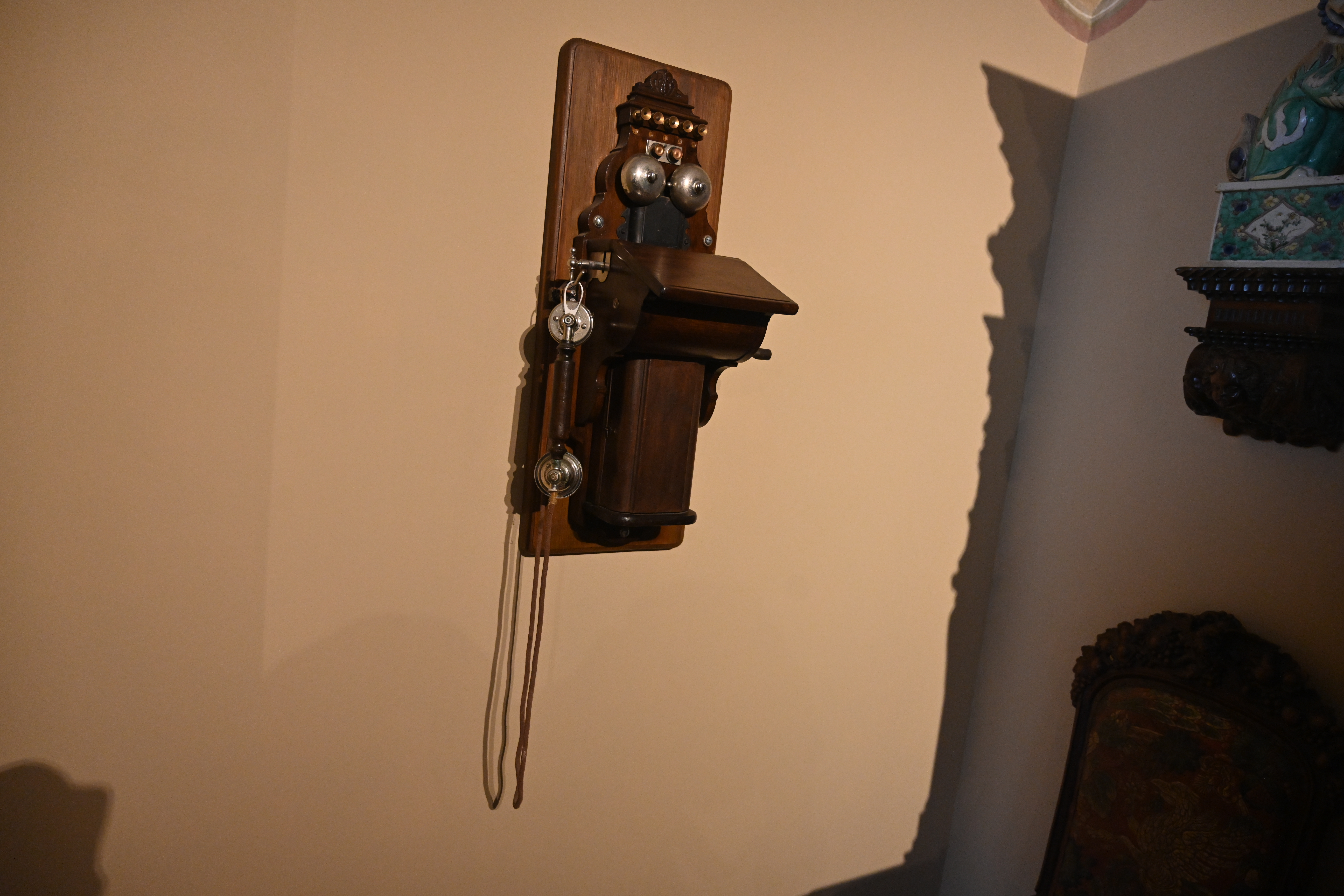
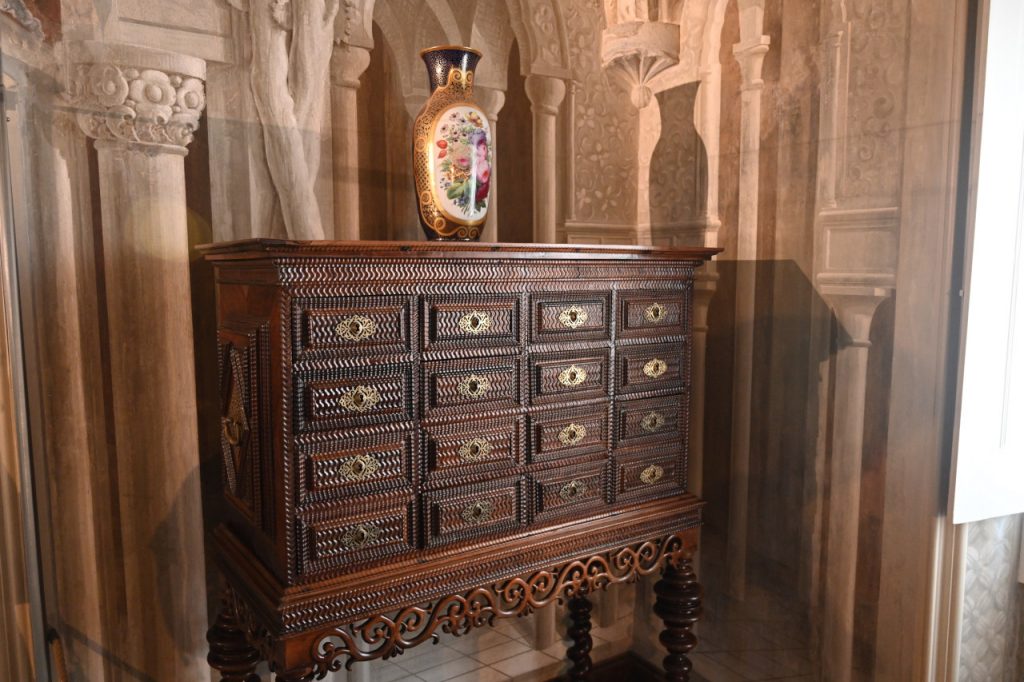

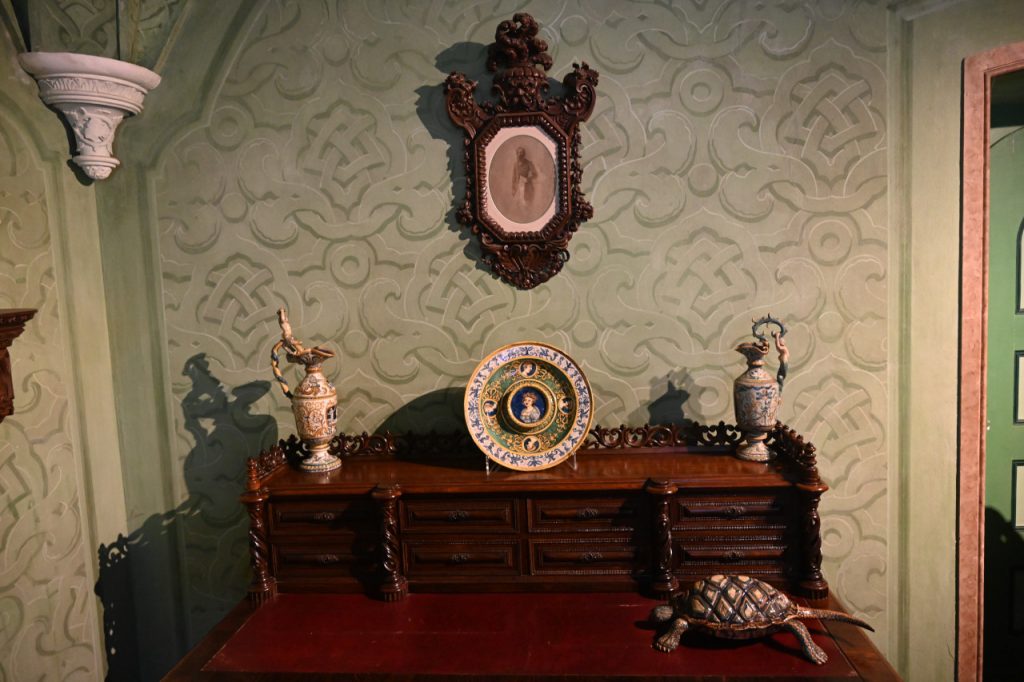
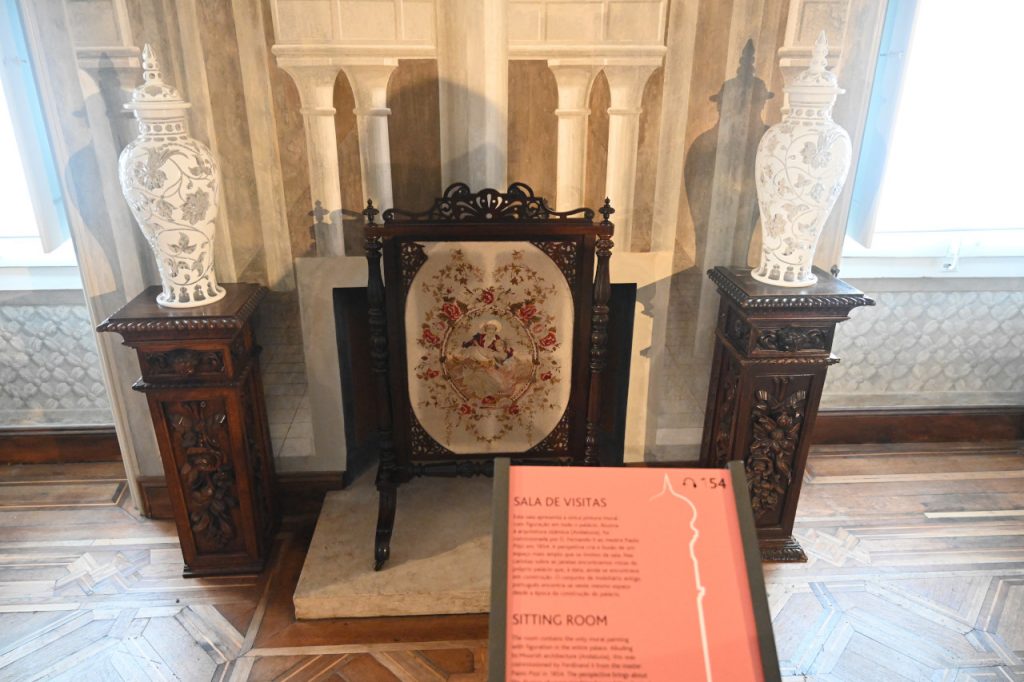
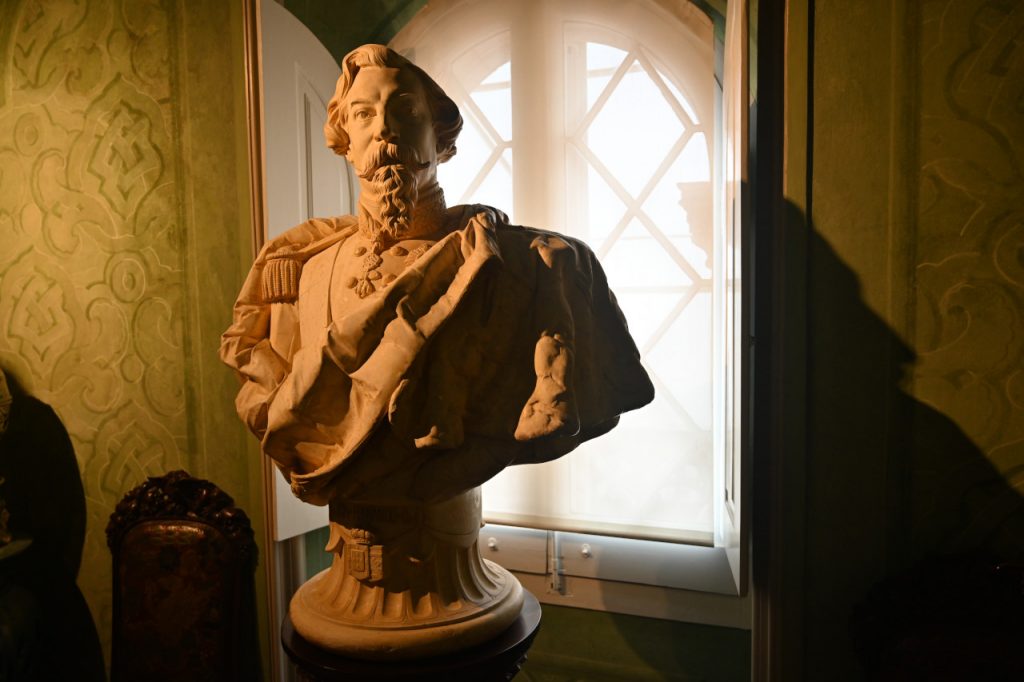
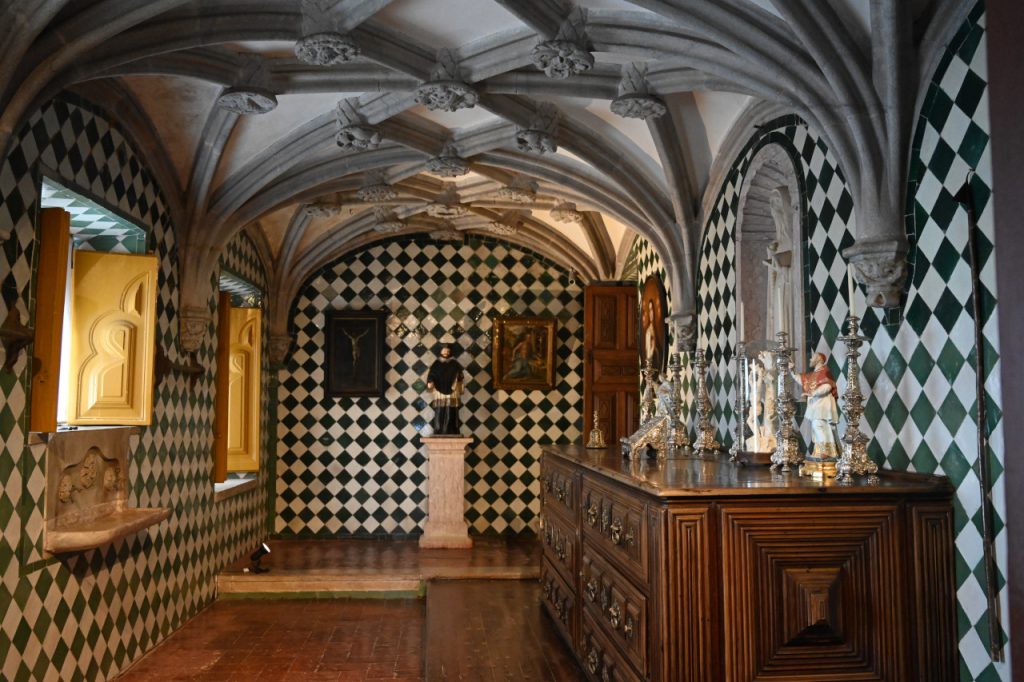
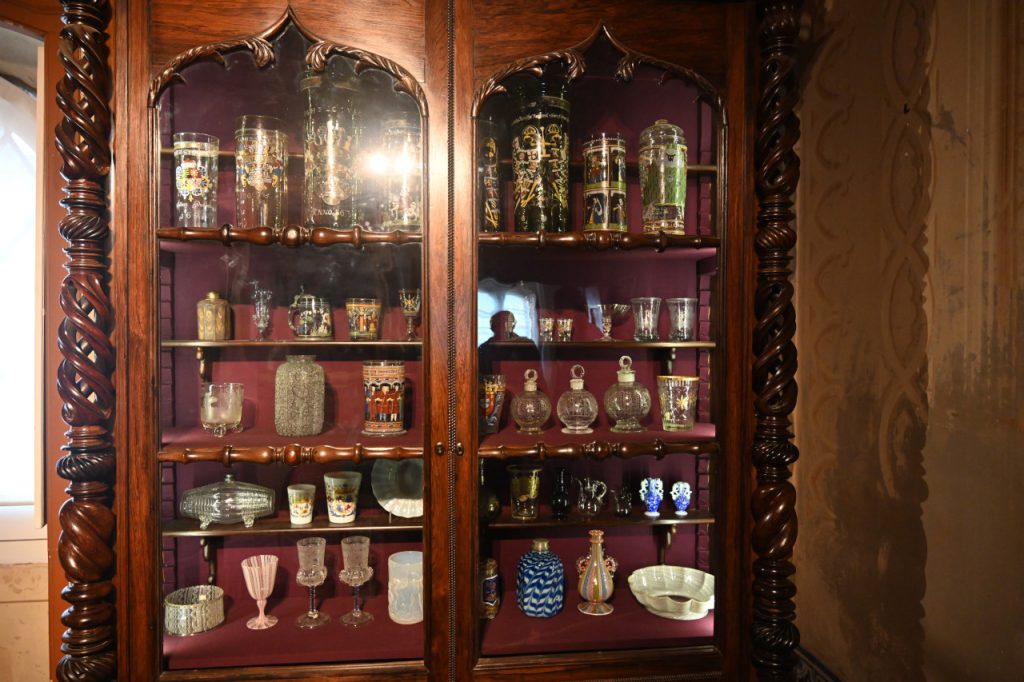

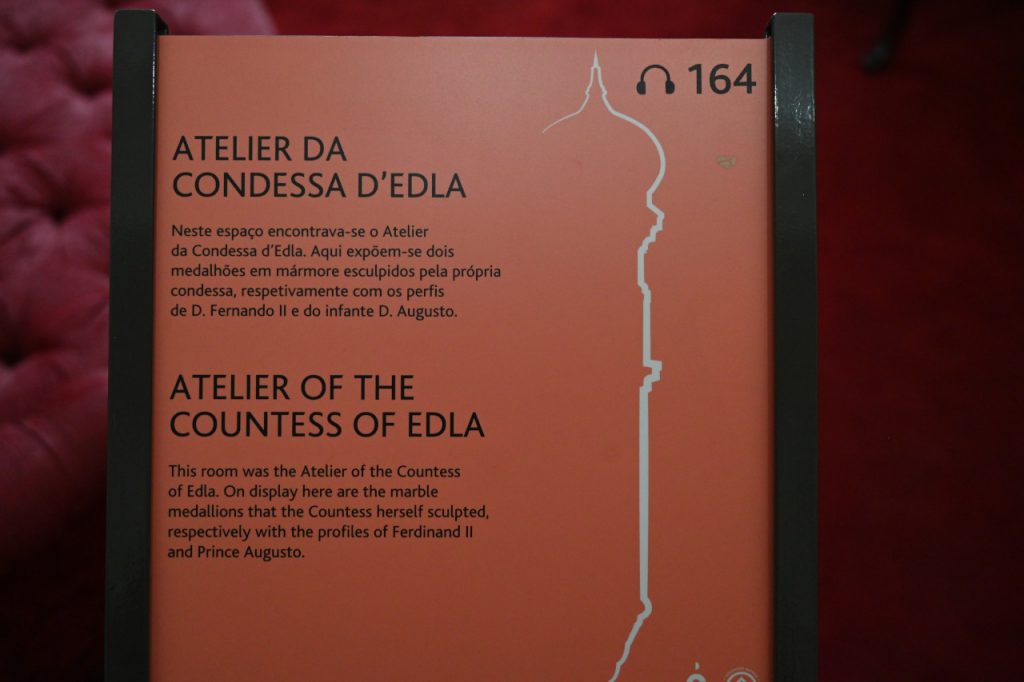
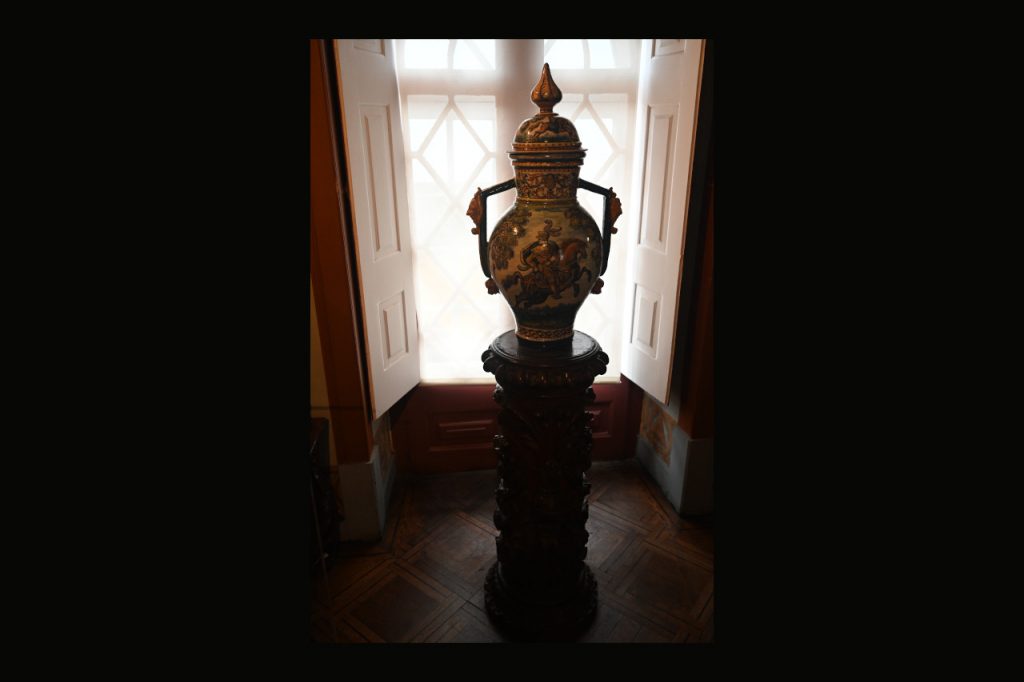

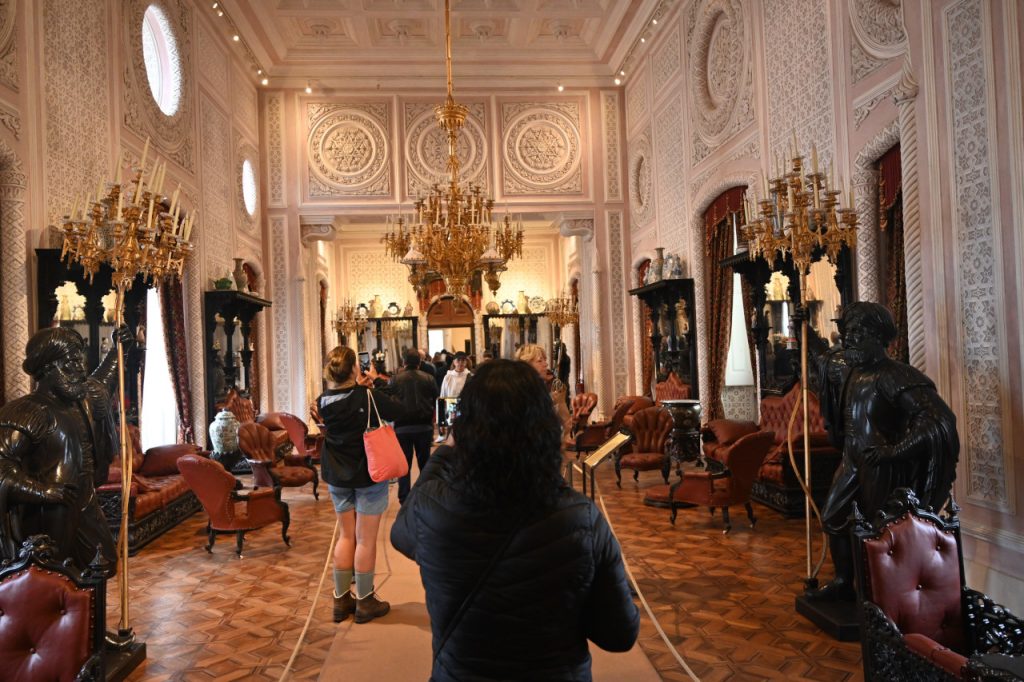
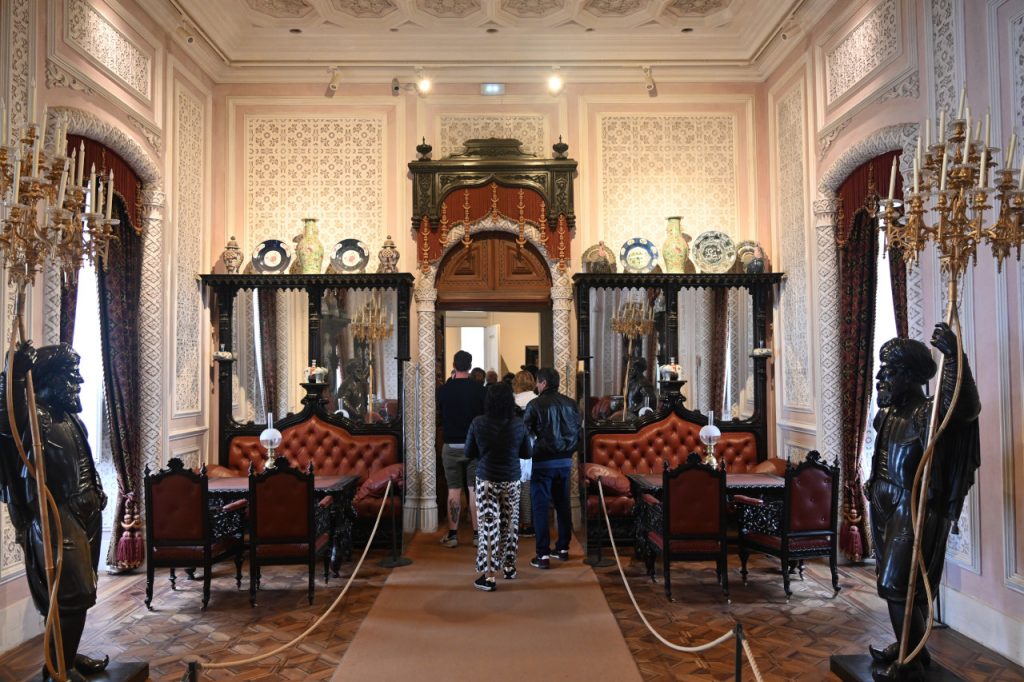
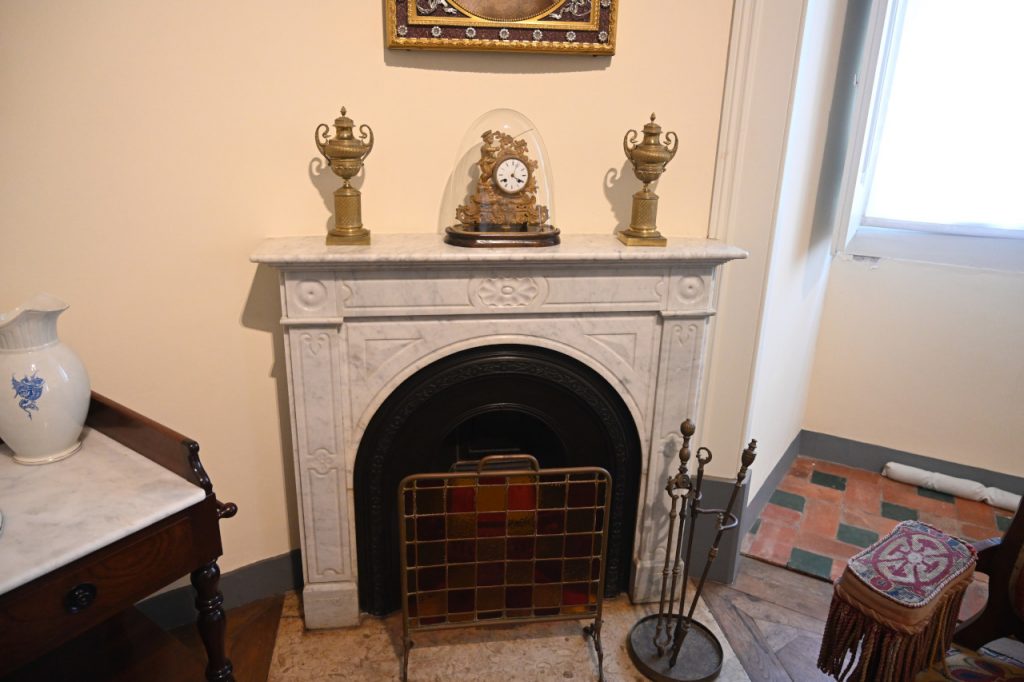
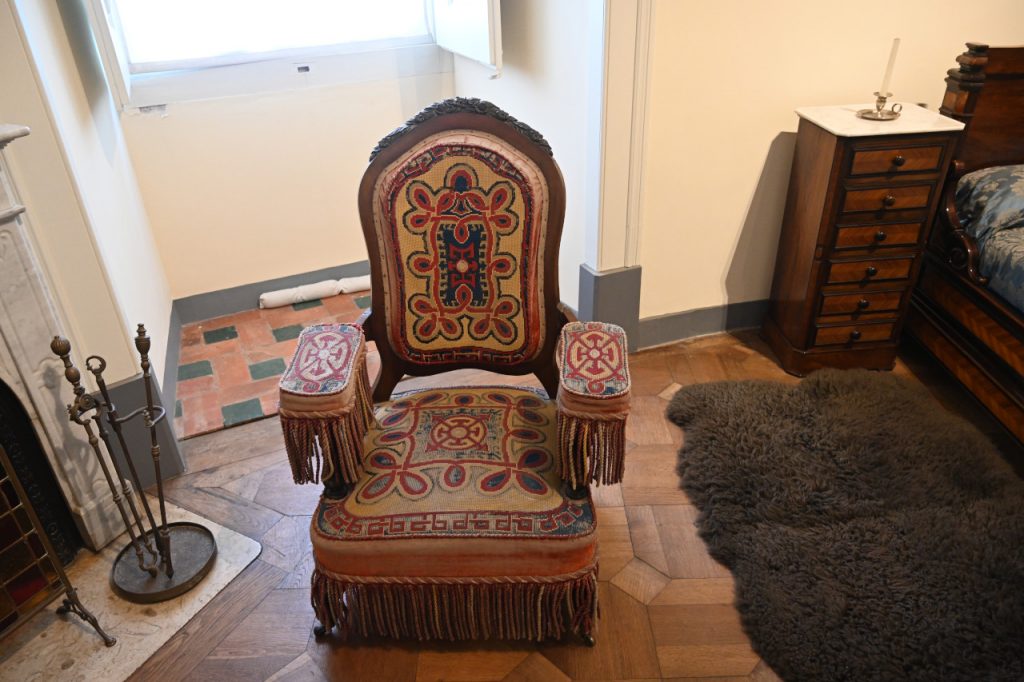
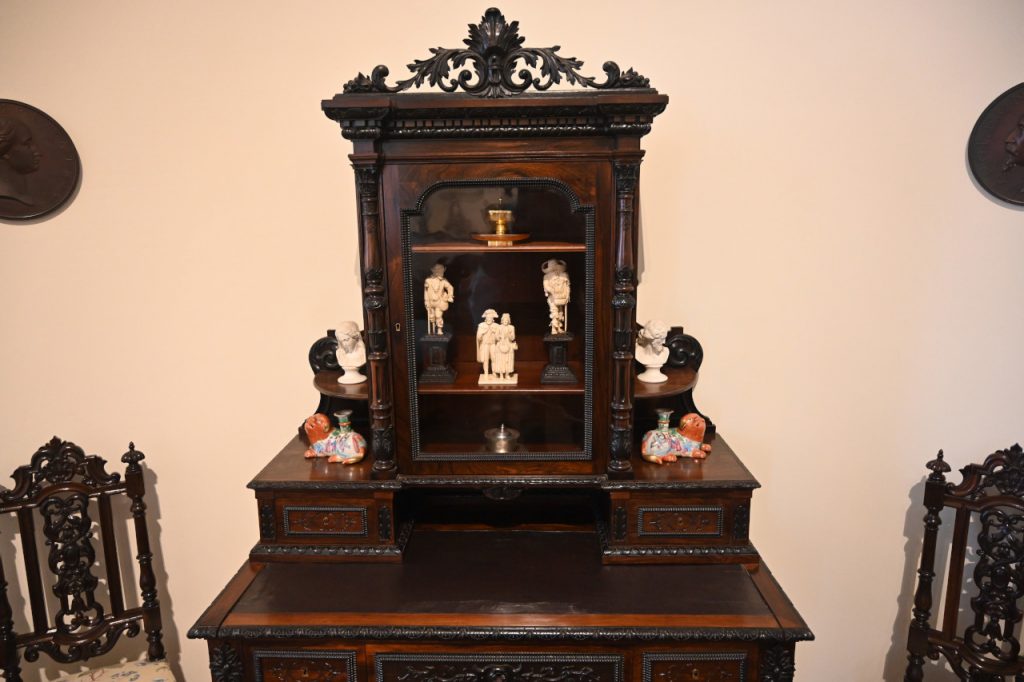
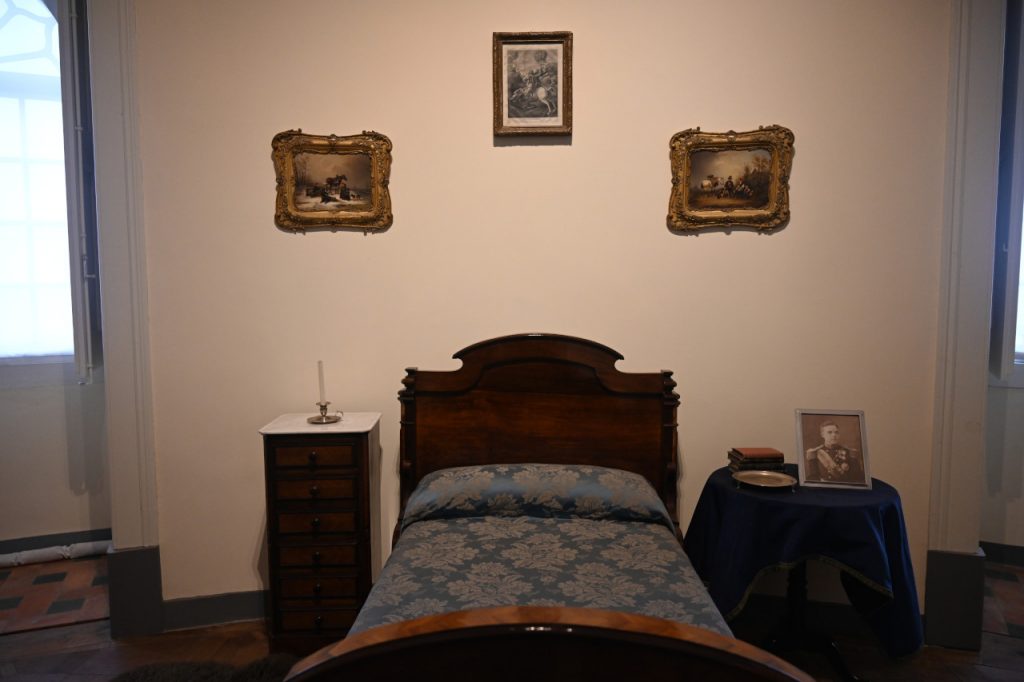
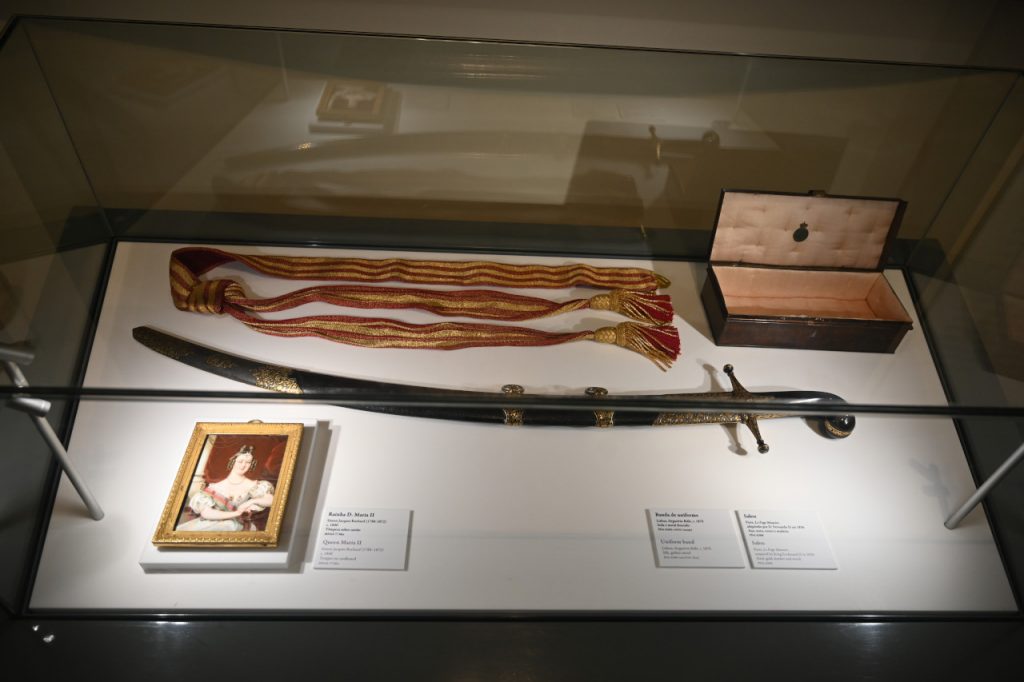
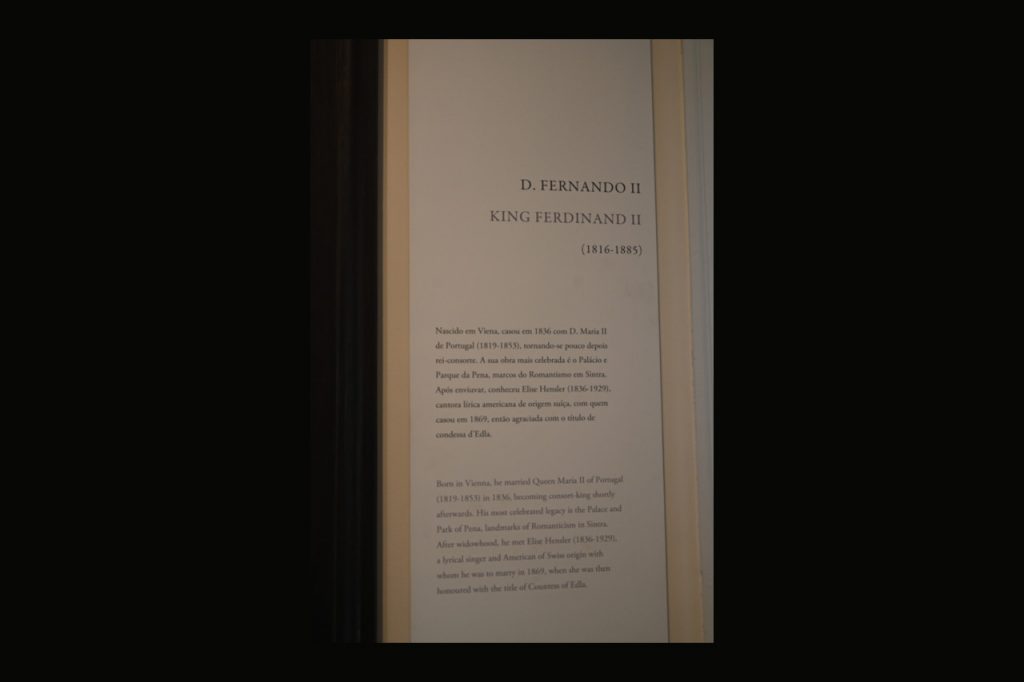

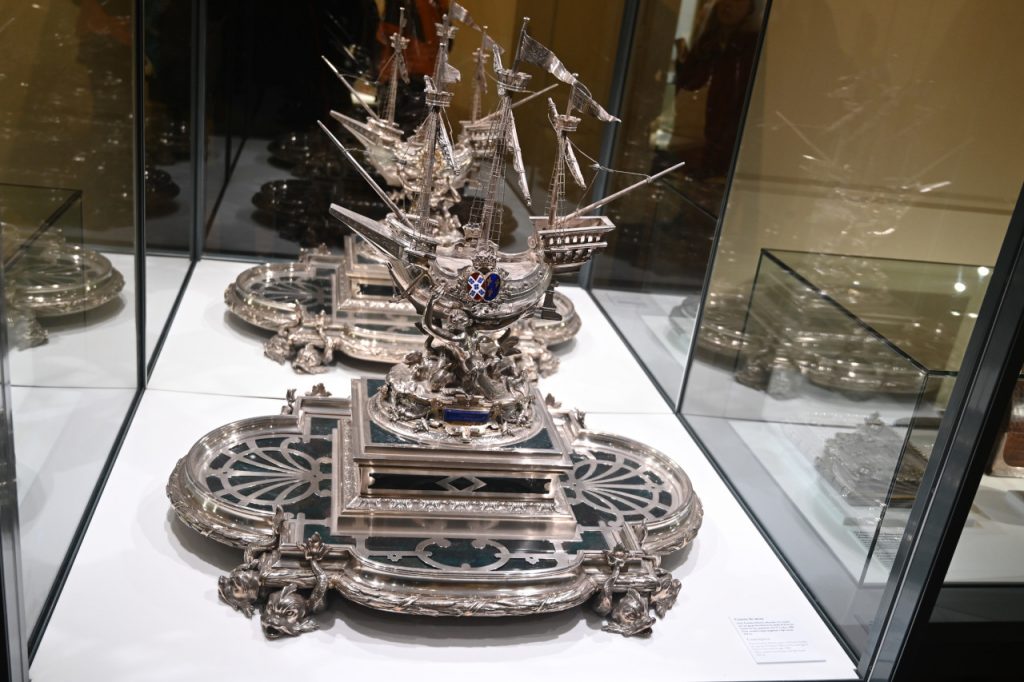
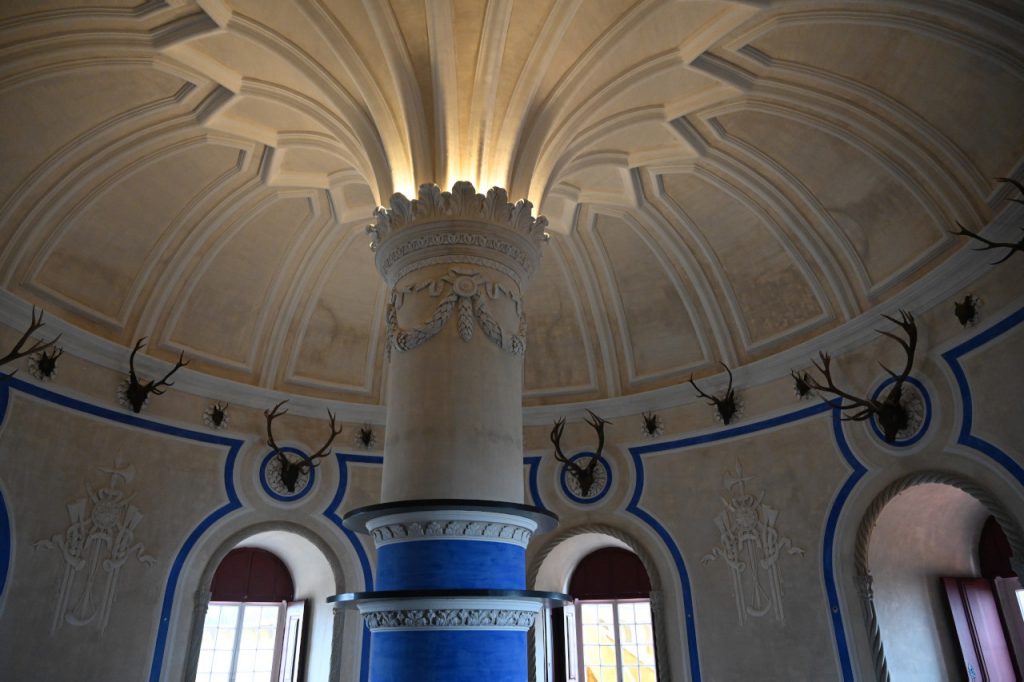
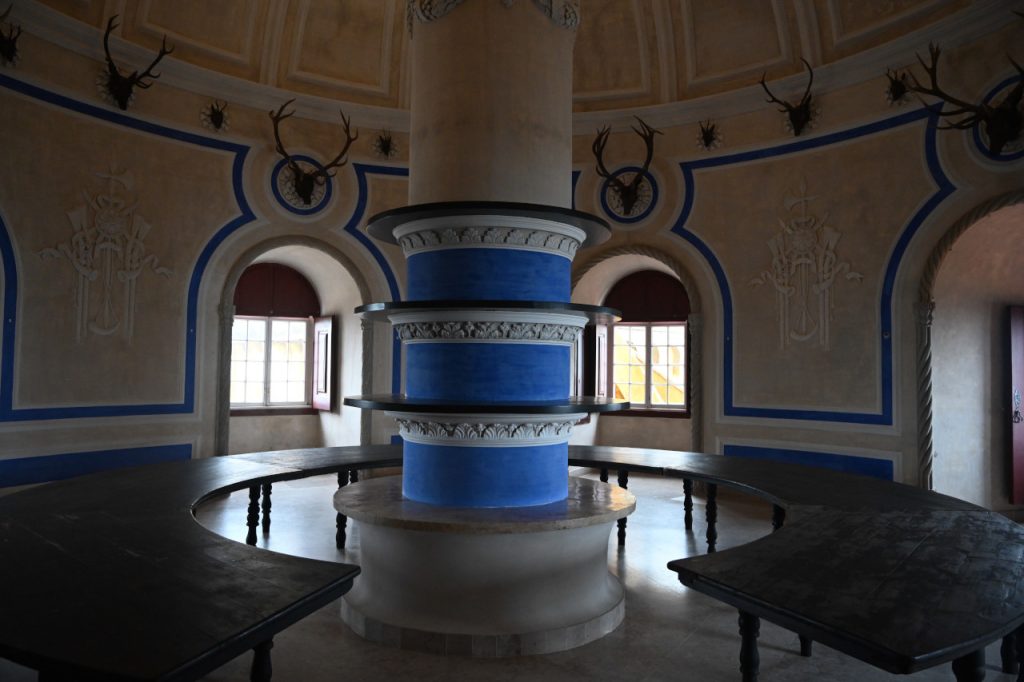
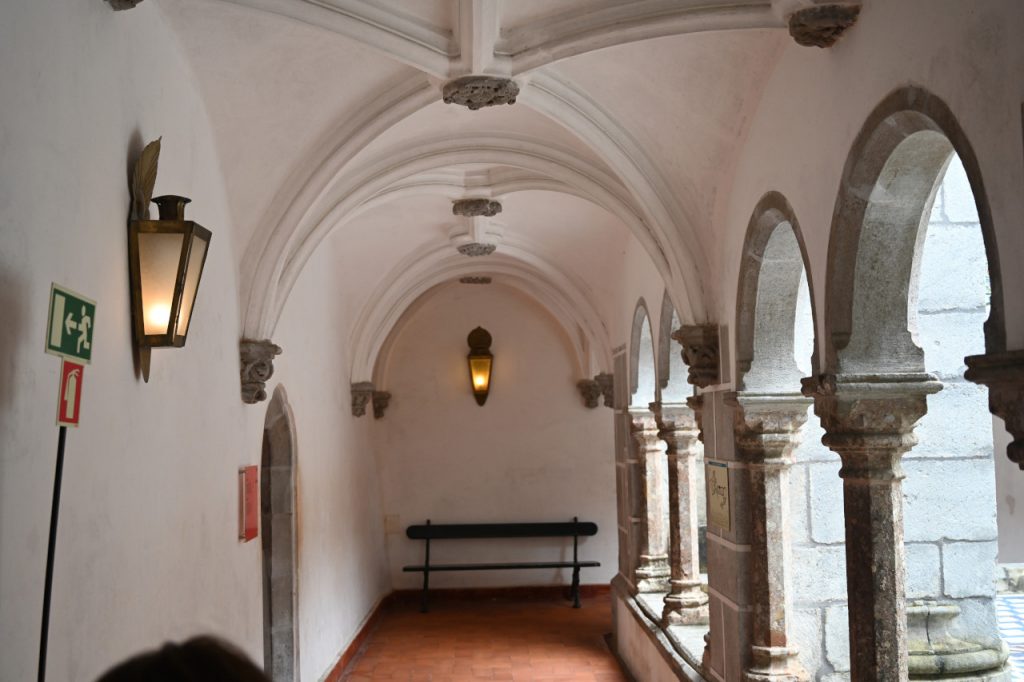
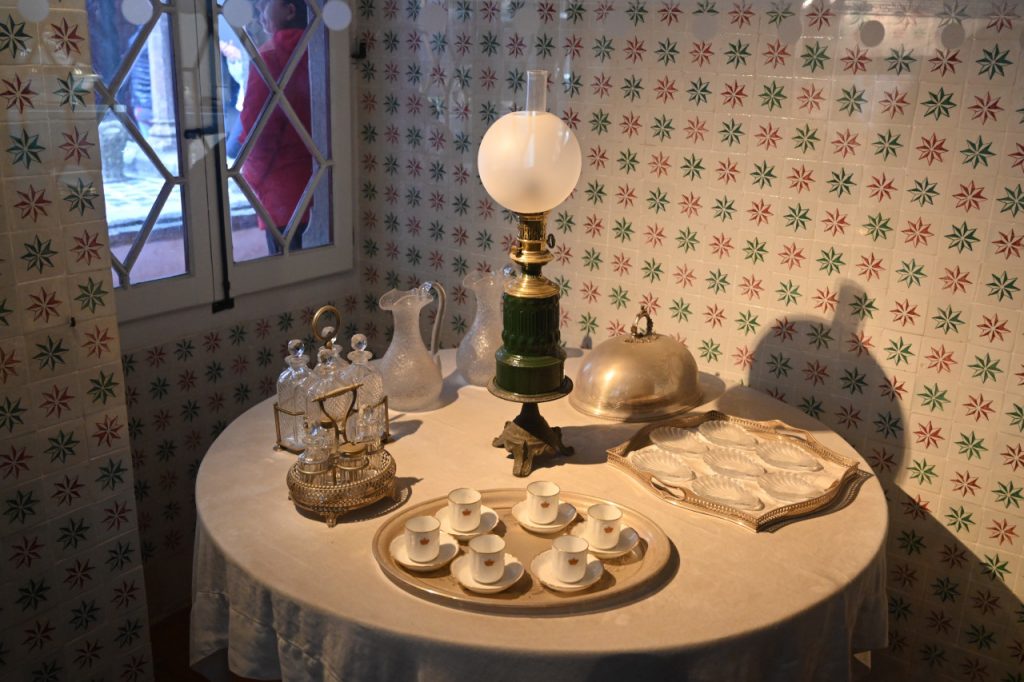
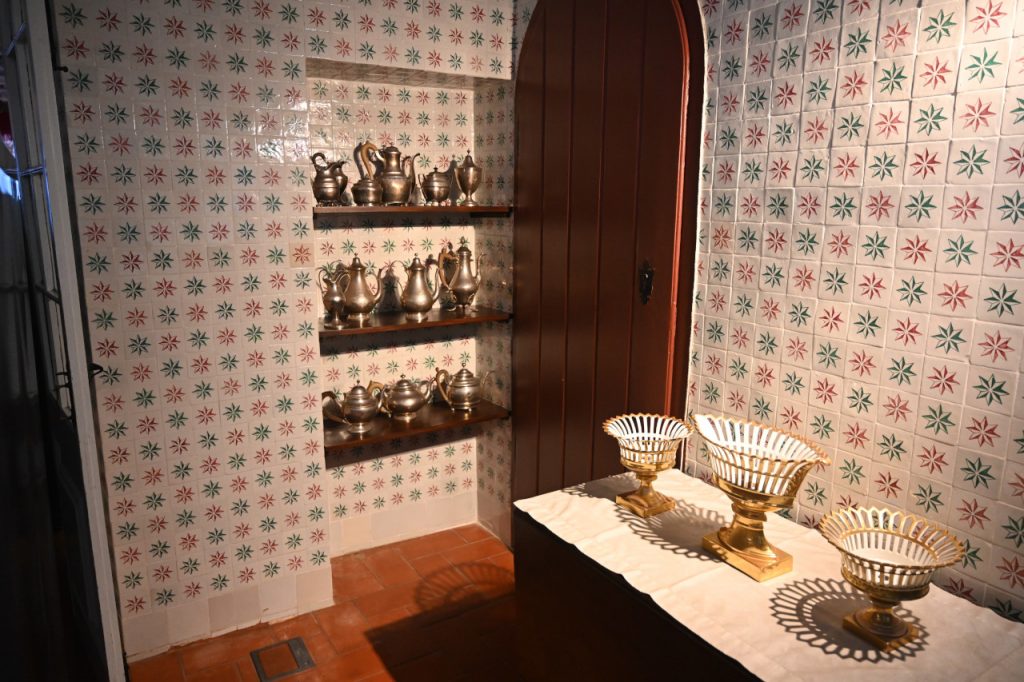
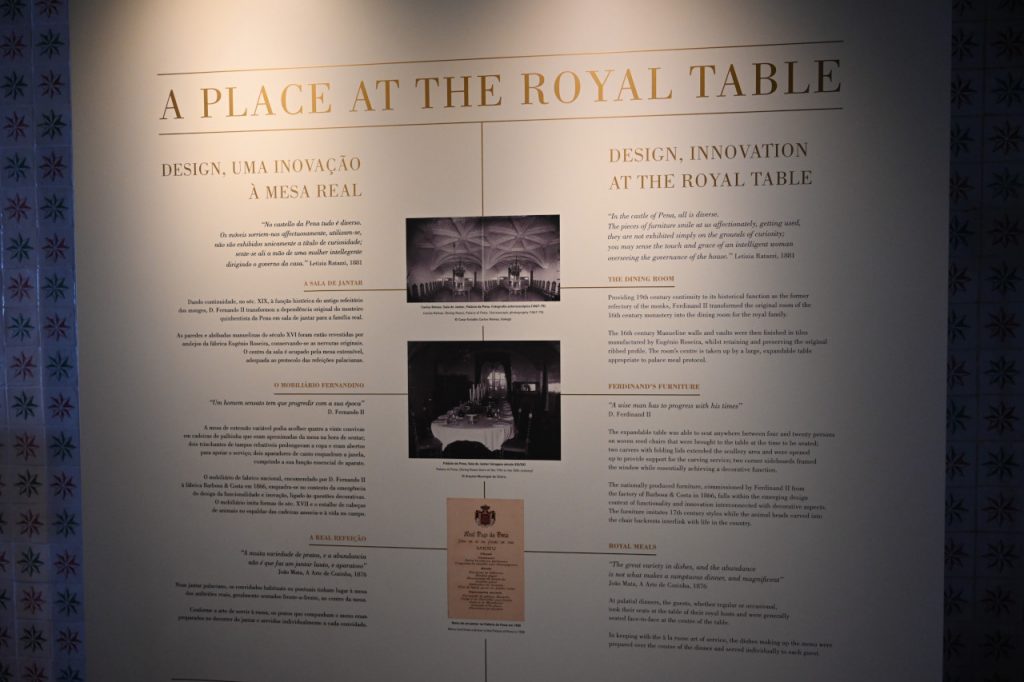
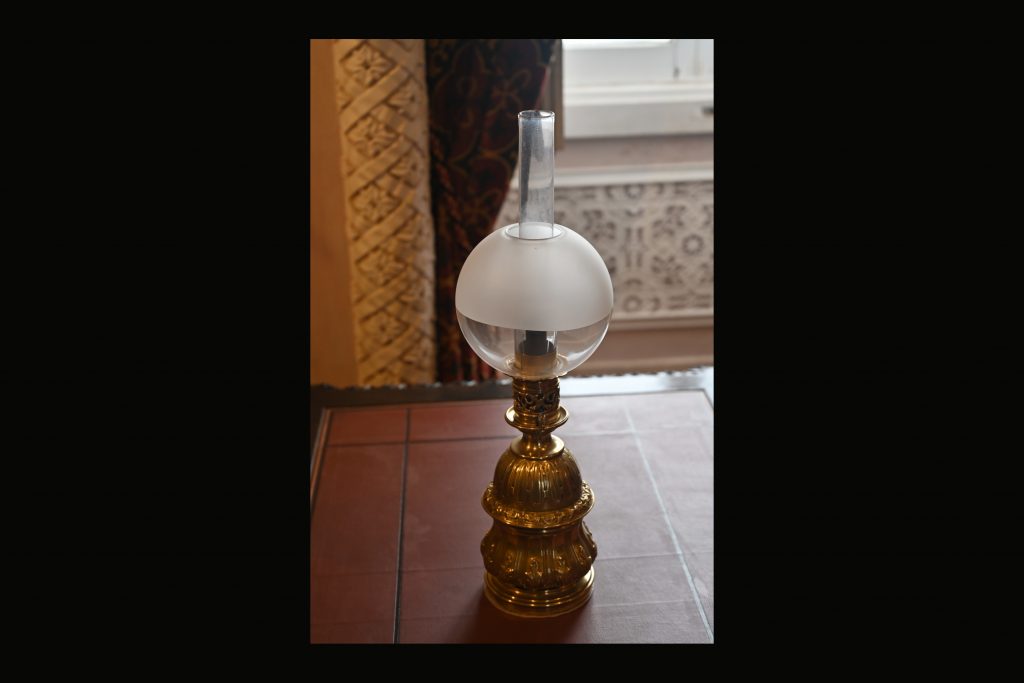
The Pena Palace boasts a fully equipped, spacious kitchen that once catered to the needs of the Royal family and others. Visiting this kitchen is truly captivating, as it showcases a remarkable collection of utensils and plates, adding to the grandeur of the palace’s historical charm
Pena Palace Kitchen
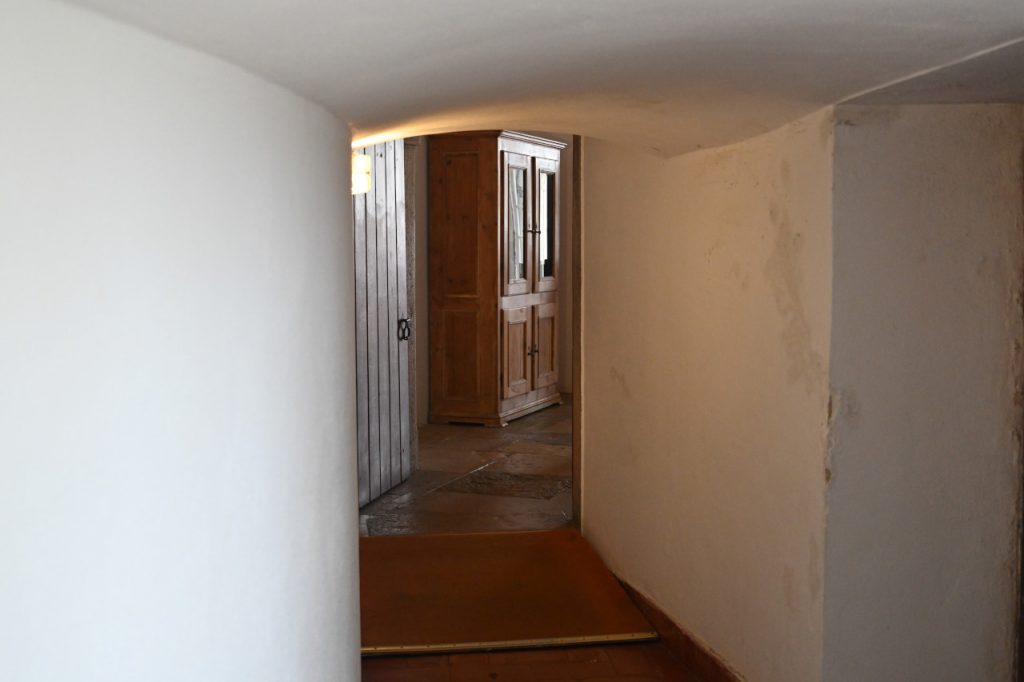
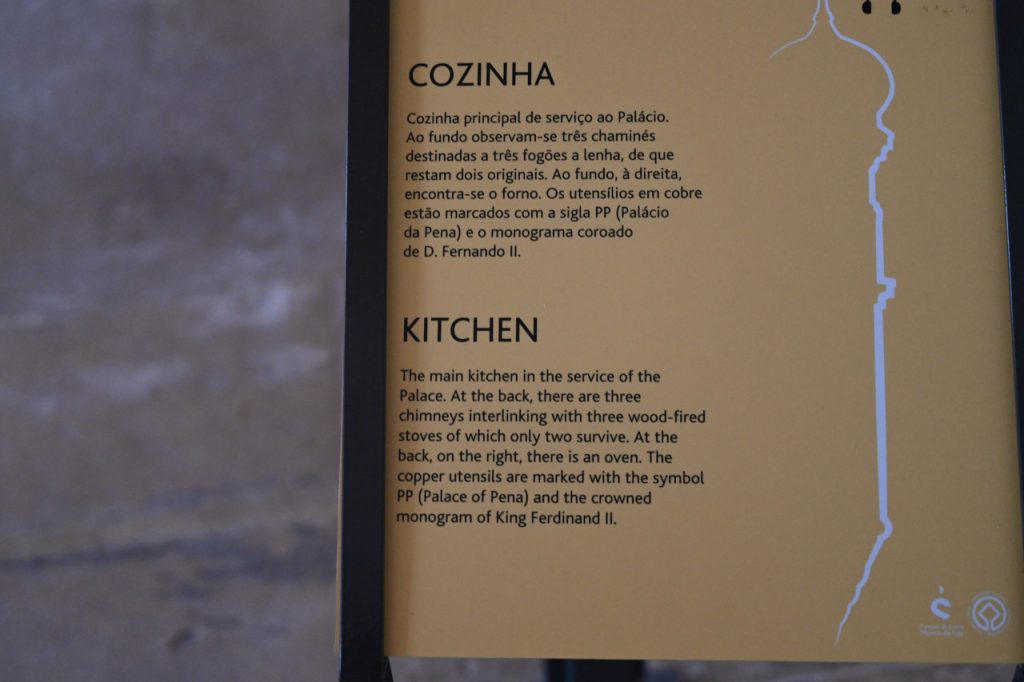
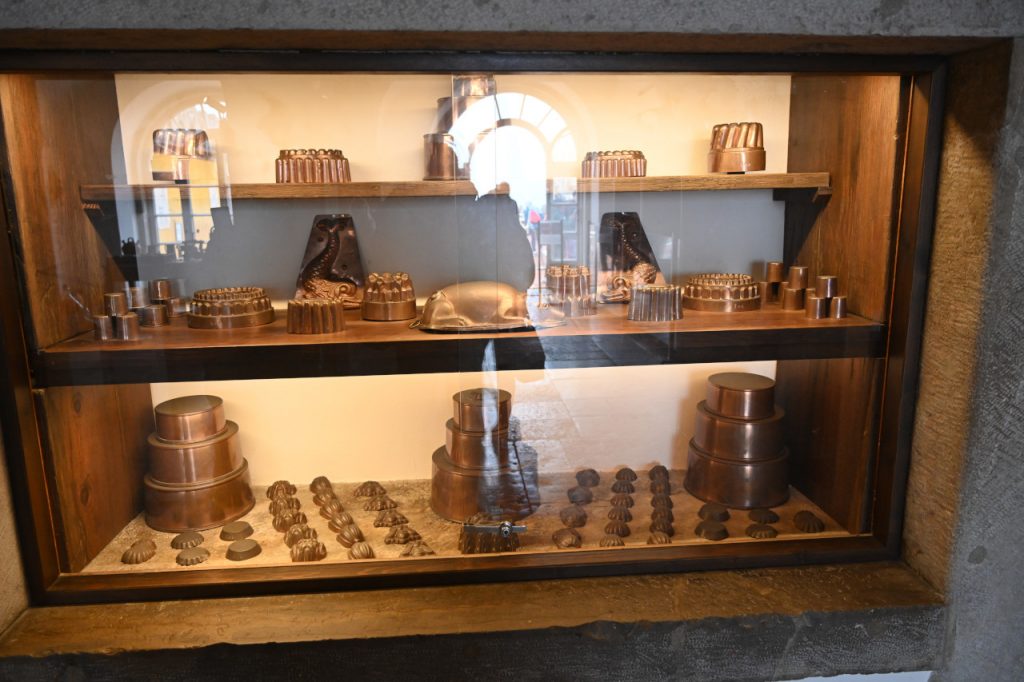
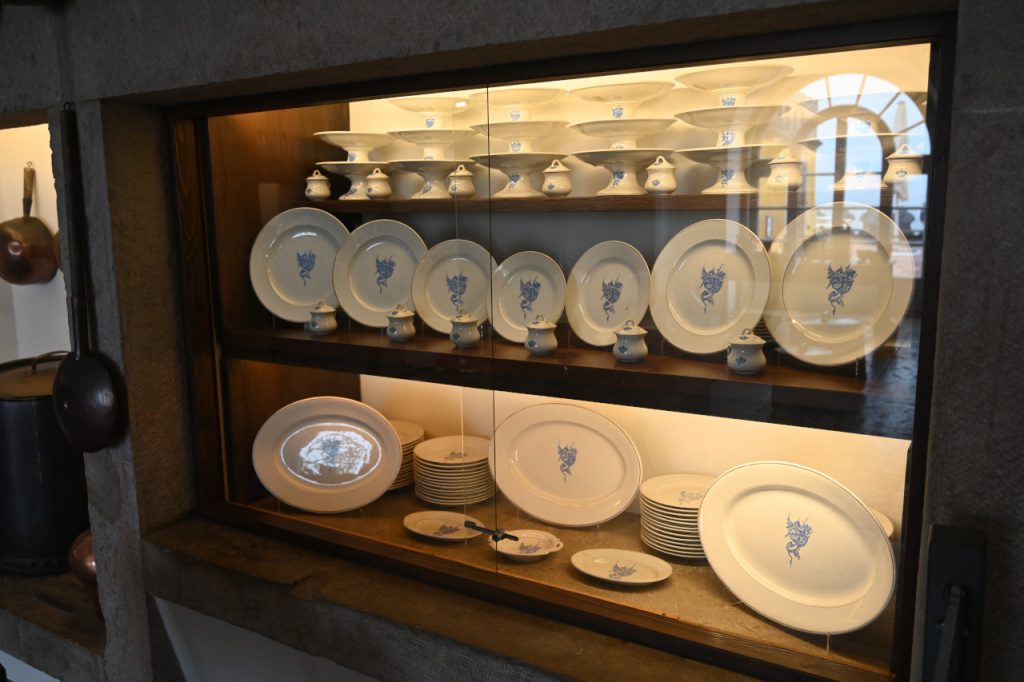
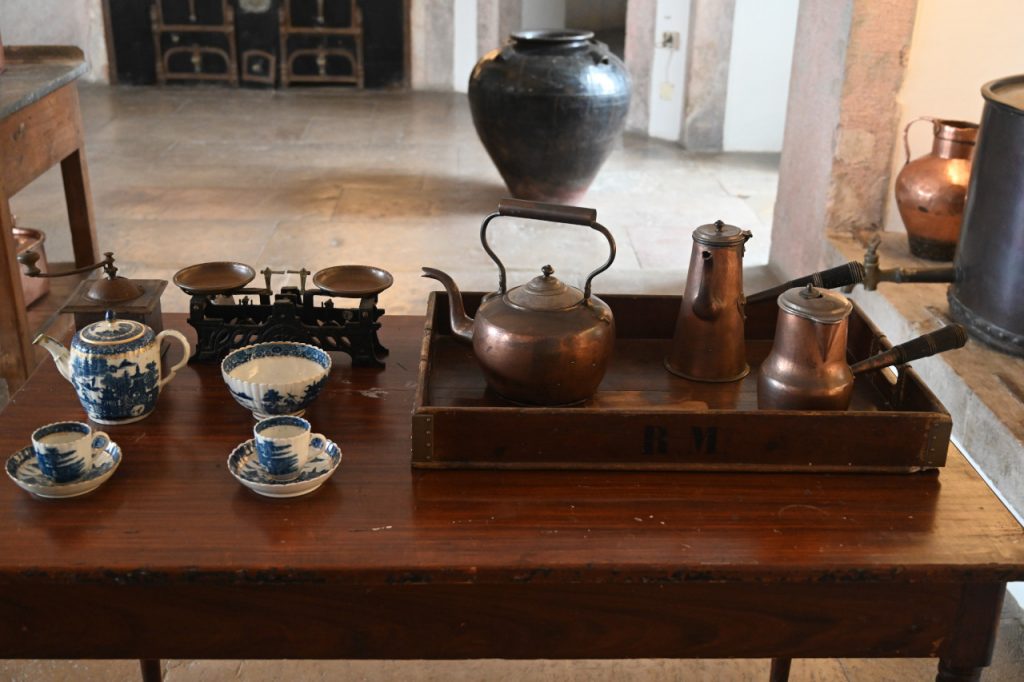
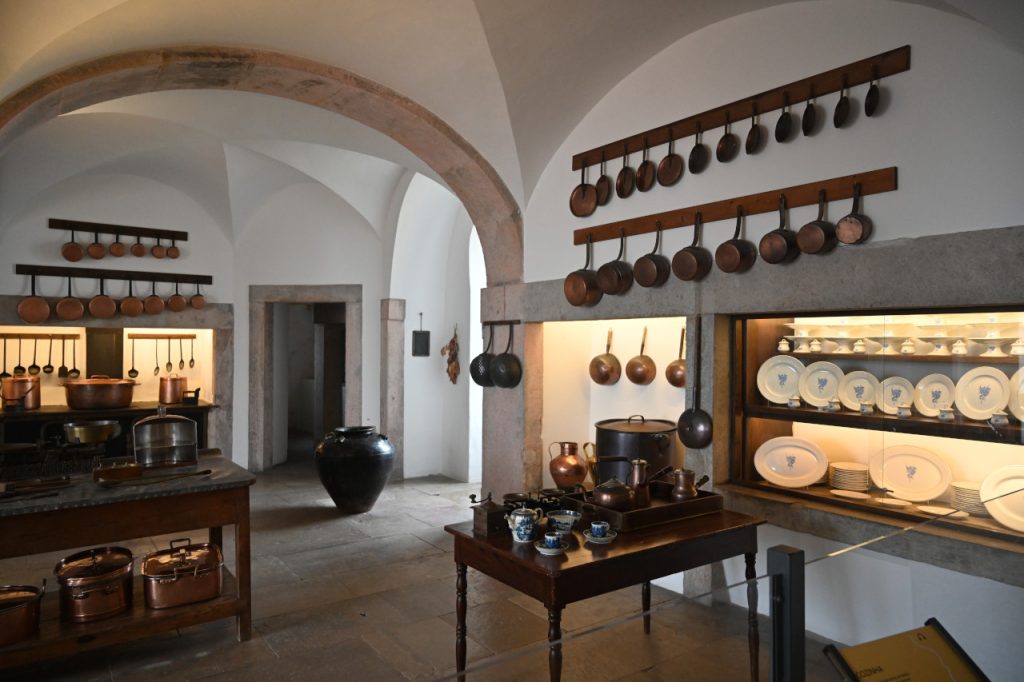
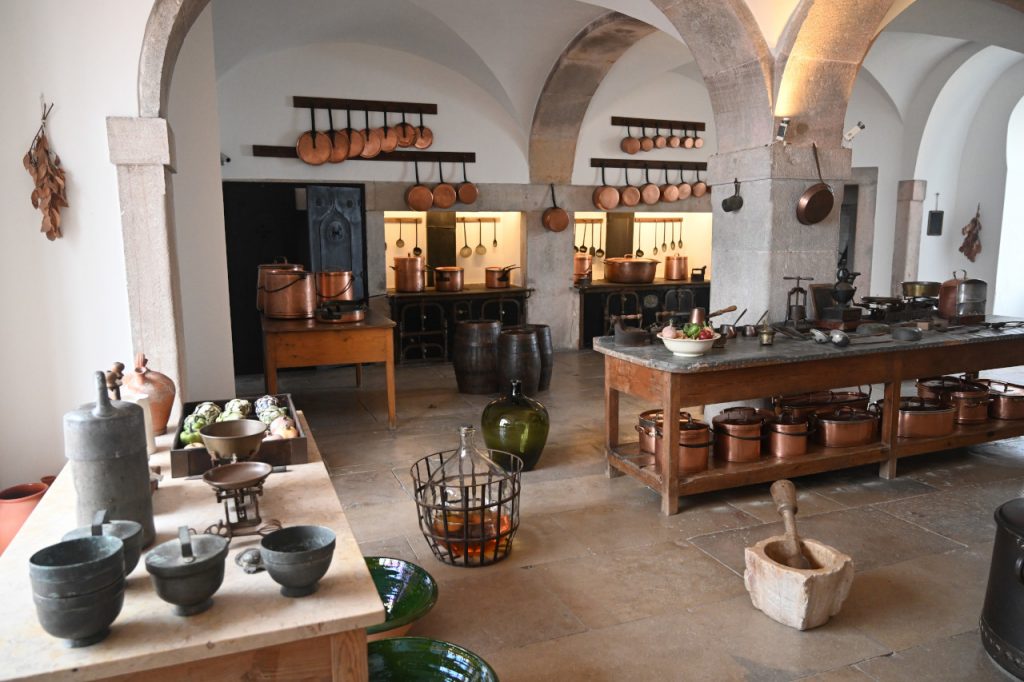
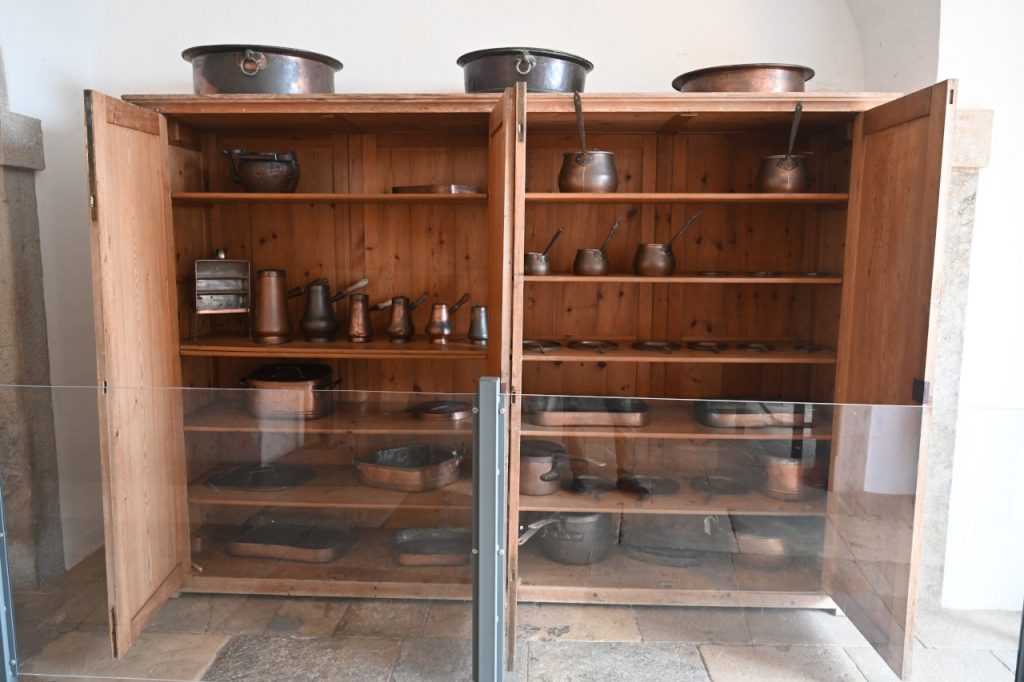
The Pena Palace also houses the Chapel of Our Lady of Pena, a small chapel featuring stunning stained glass windows and captivating religious artwork. It still retains its 16th-century layout, showcasing historical charm and architectural significance. This Chapel boasts a unique altarpiece, sculpted by the remarkable French artist Nicolas Chantereine, adding to its artistic and spiritual allure.
Chapel of Our Lady of Pena
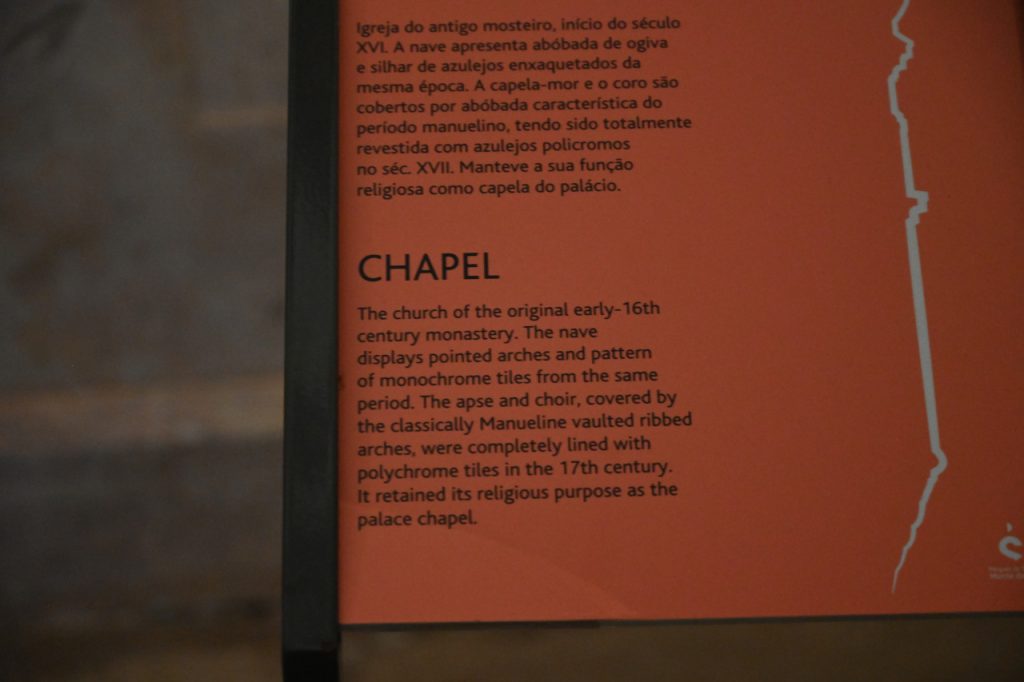
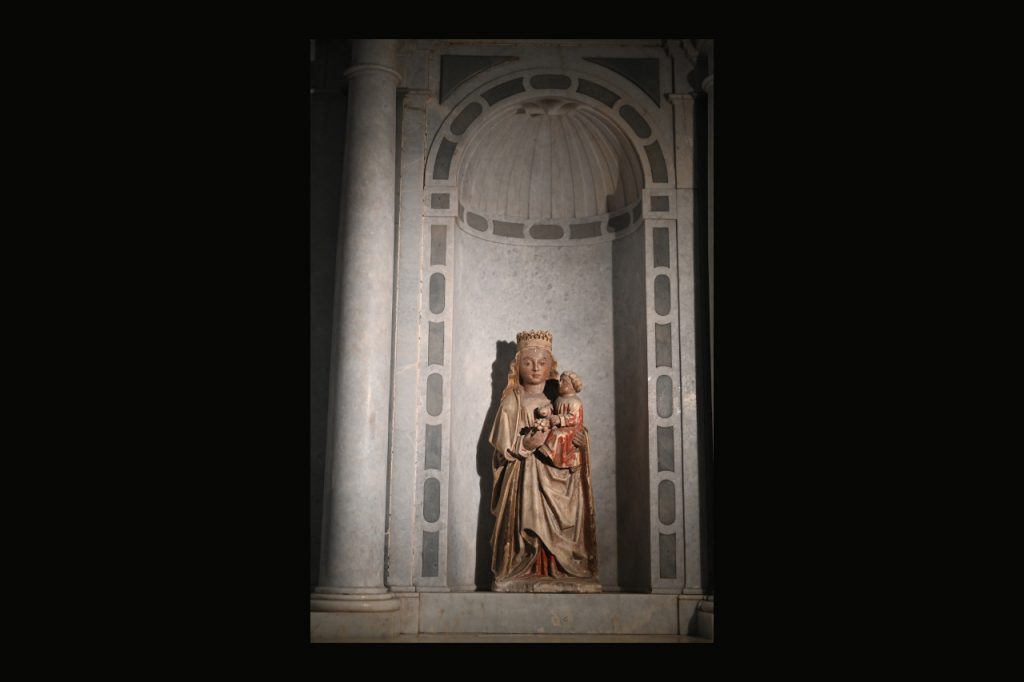

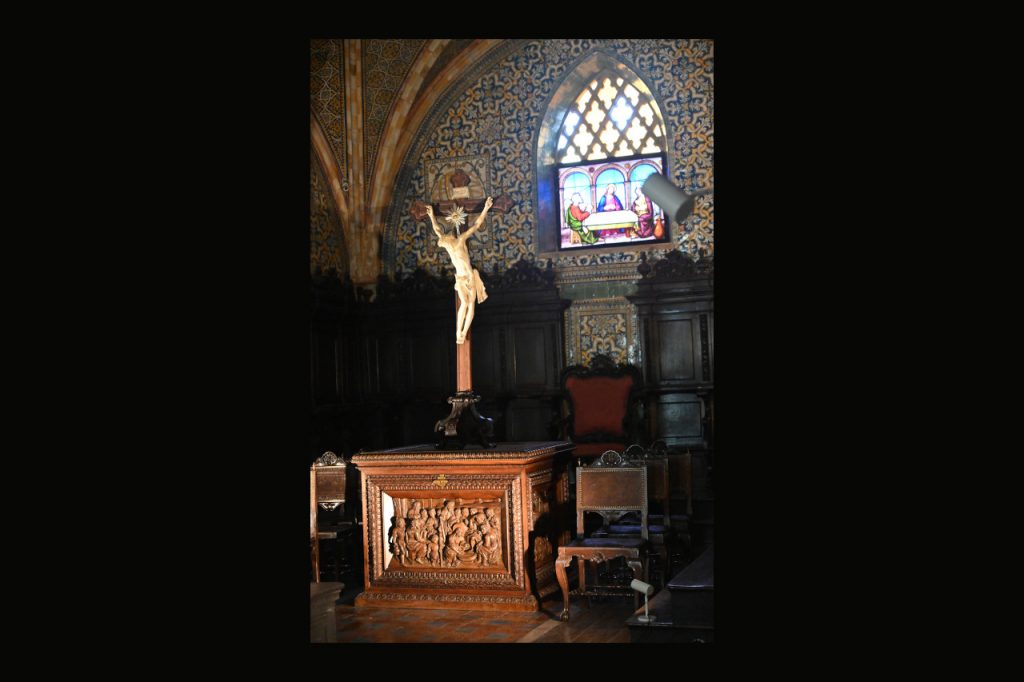
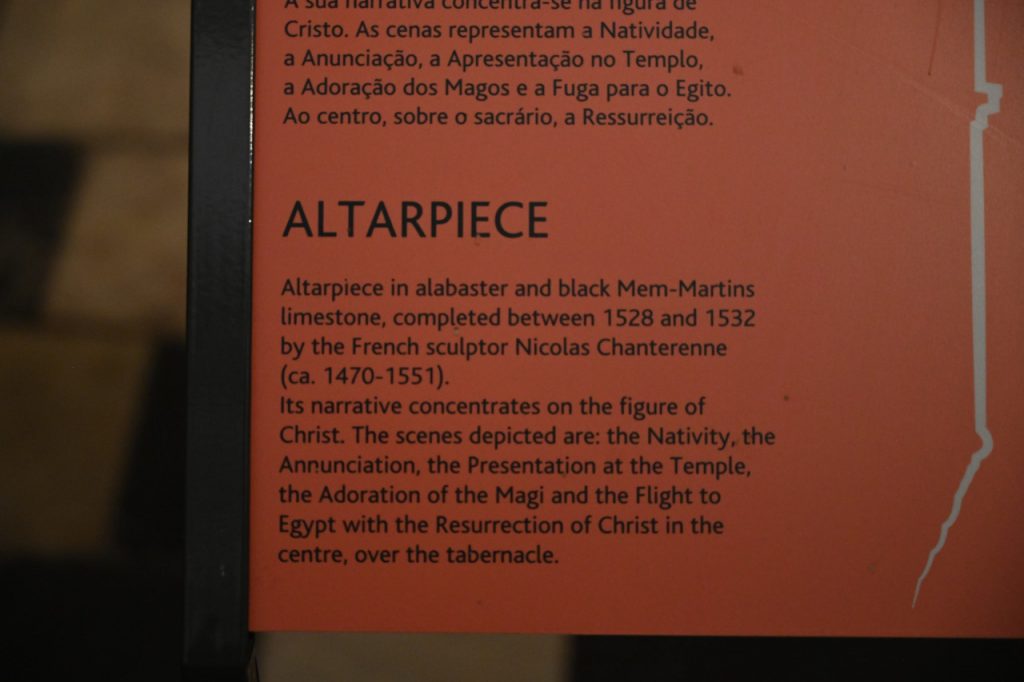
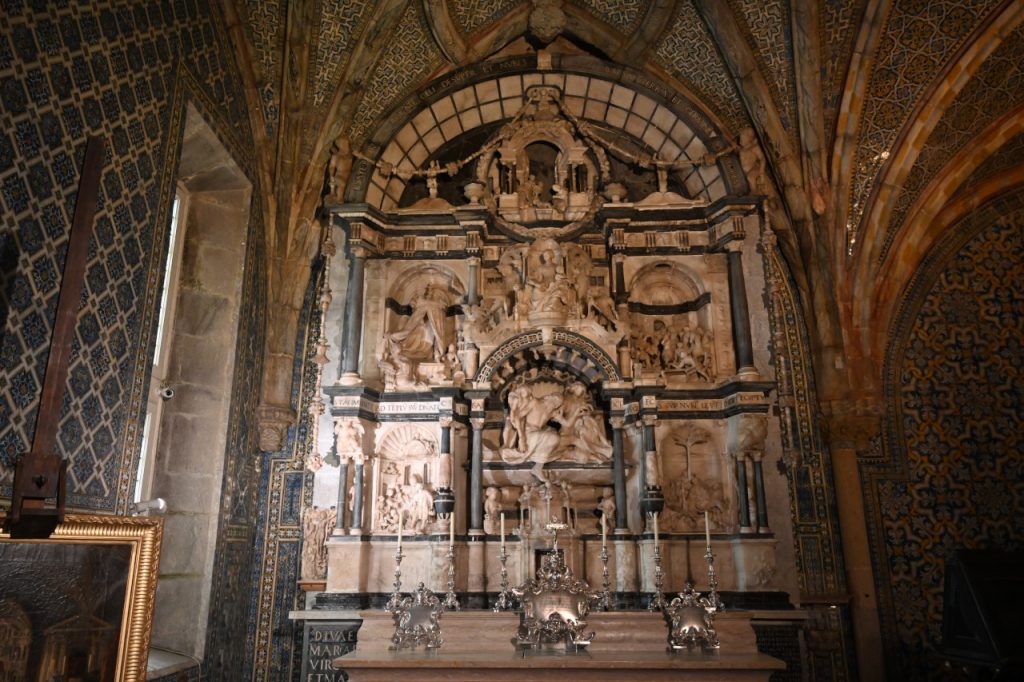

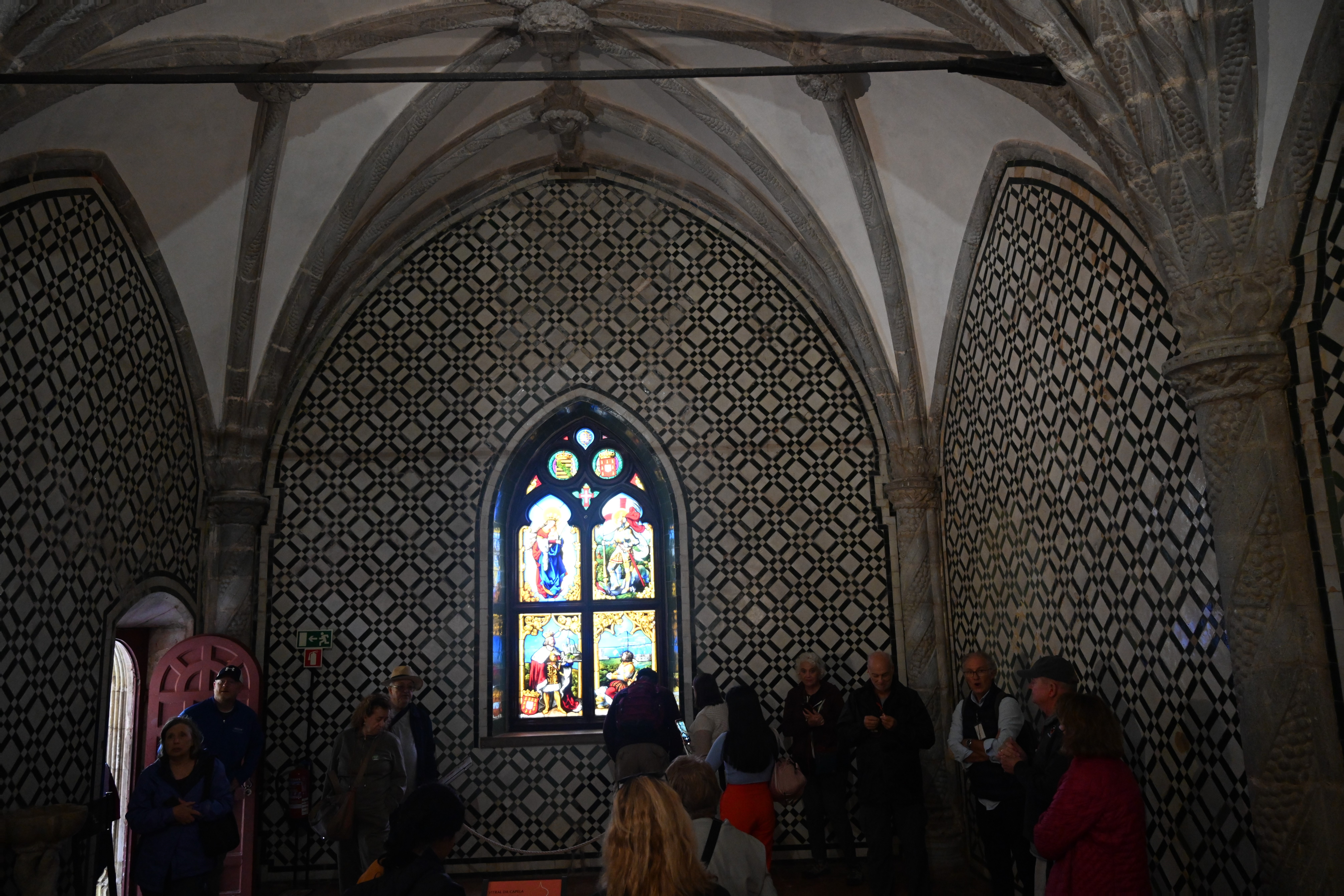
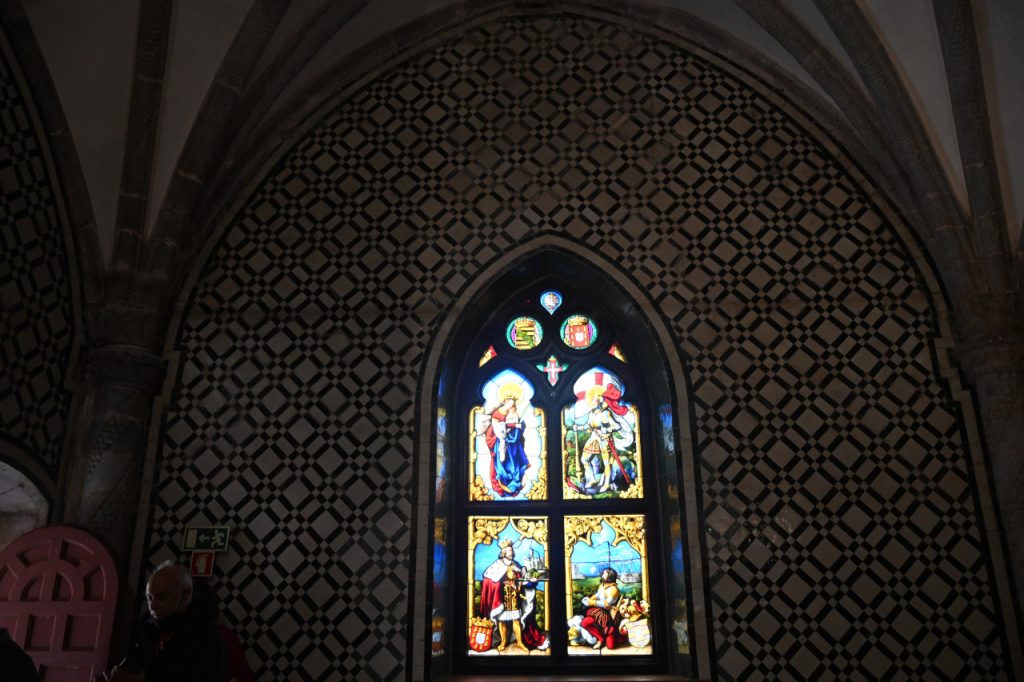
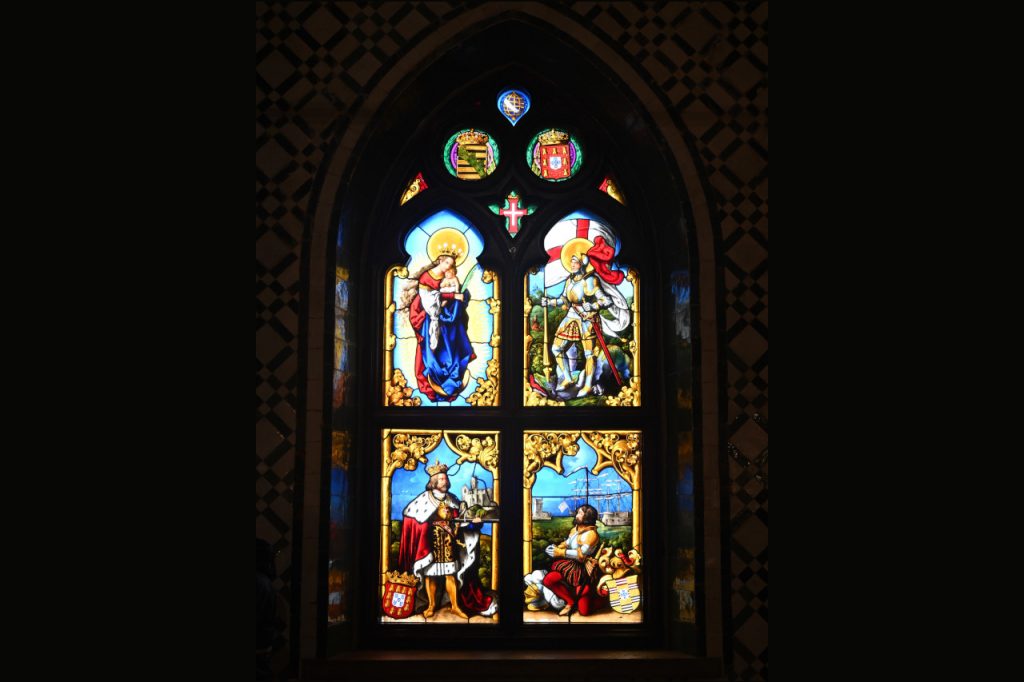
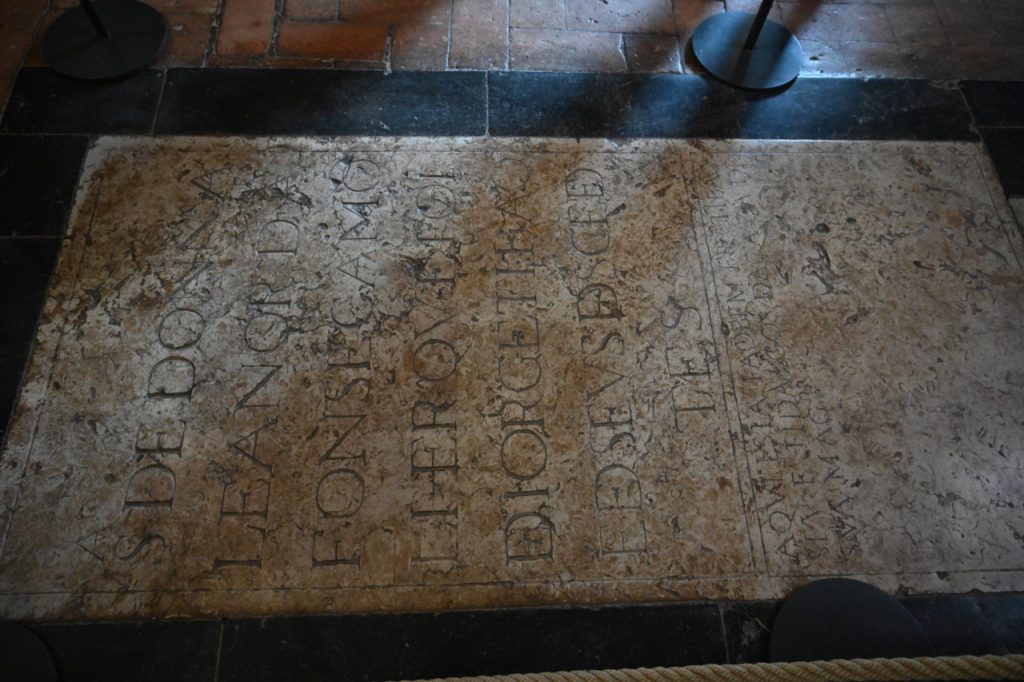

After exploring the castle, I made my way to the gift shop, where I purchased a few postcards to remember the visit. It was unfortunate that the cloudy weather prevented capturing the castle’s colorful exterior in its full glory. However, the overall day trip was fantastic. The comfortable bus and friendly guide made the experience enjoyable. I highly recommend this one-day trip to anyone visiting Lisbon.
As the day came to an end, I took some time to wander around Marquês de Pombal Square, capturing more pictures of the vibrant cityscape. The square’s centerpiece features a statue of Sebastião José de Carvalho e Melo, renowned as the Marquês of Pombal, a distinguished Portuguese statesman whose significant contributions led to the city’s reconstruction after a devastating earthquake on All Saints’ Day in 1755Upon reaching Marquês de Pombal Square metro station, I encountered a small hiccup by heading to the wrong platform. Fortunately, the station staff was helpful and directed me to the correct platform to catch the right train.
Marquês de Pombal Square
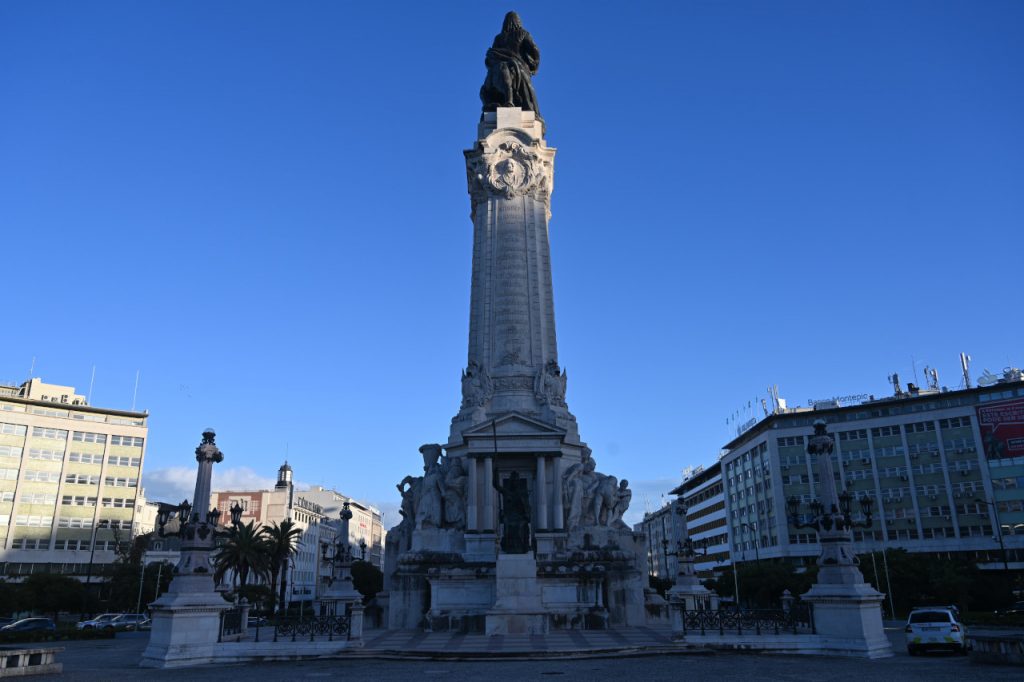
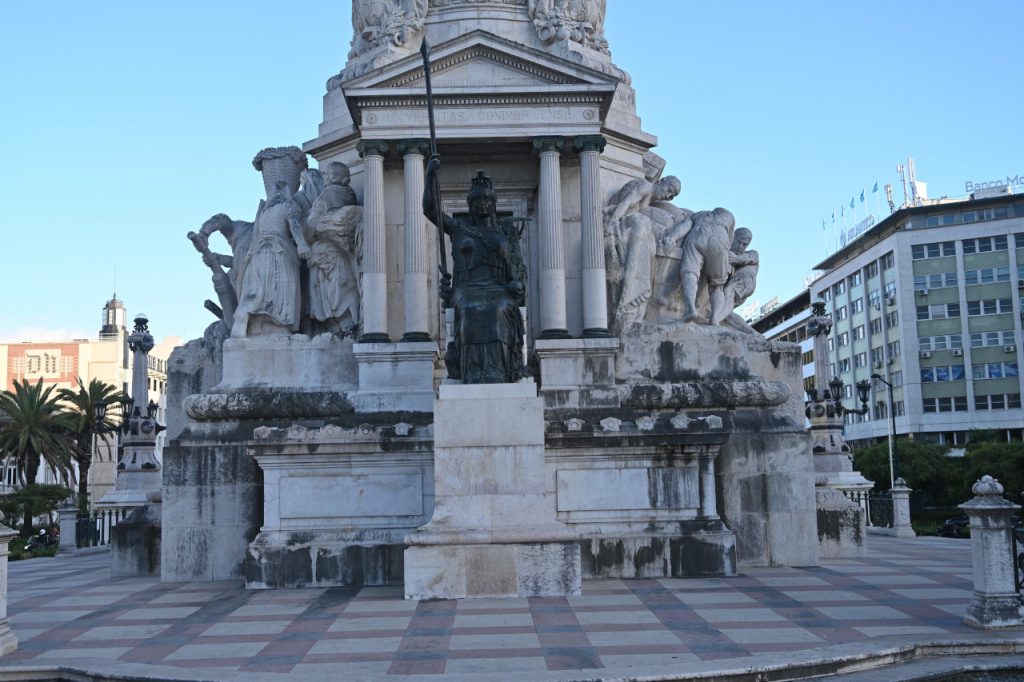
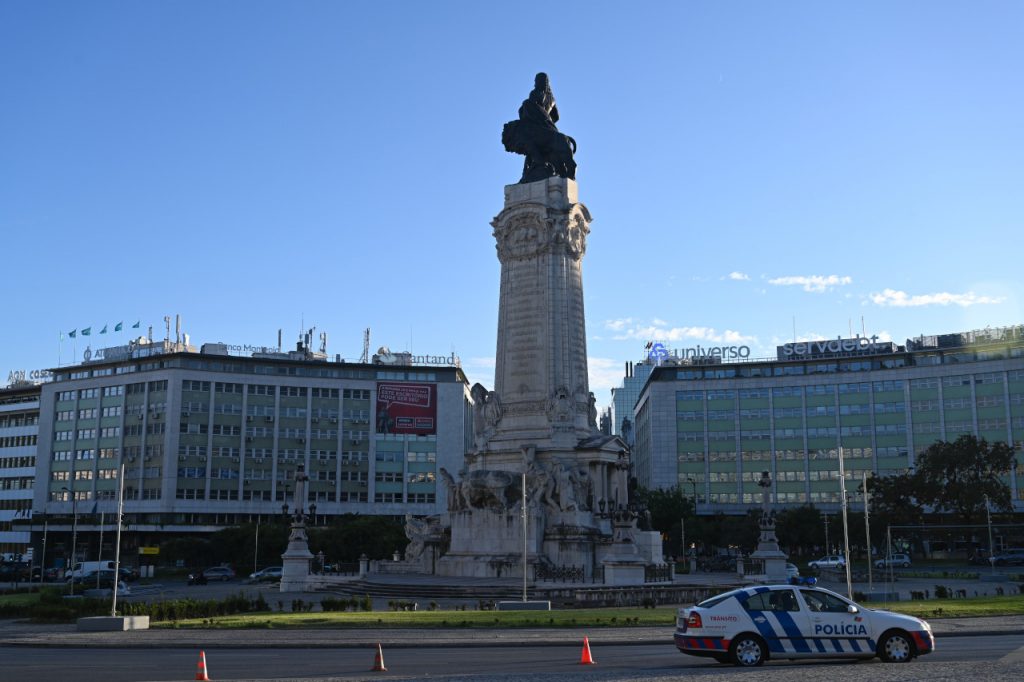
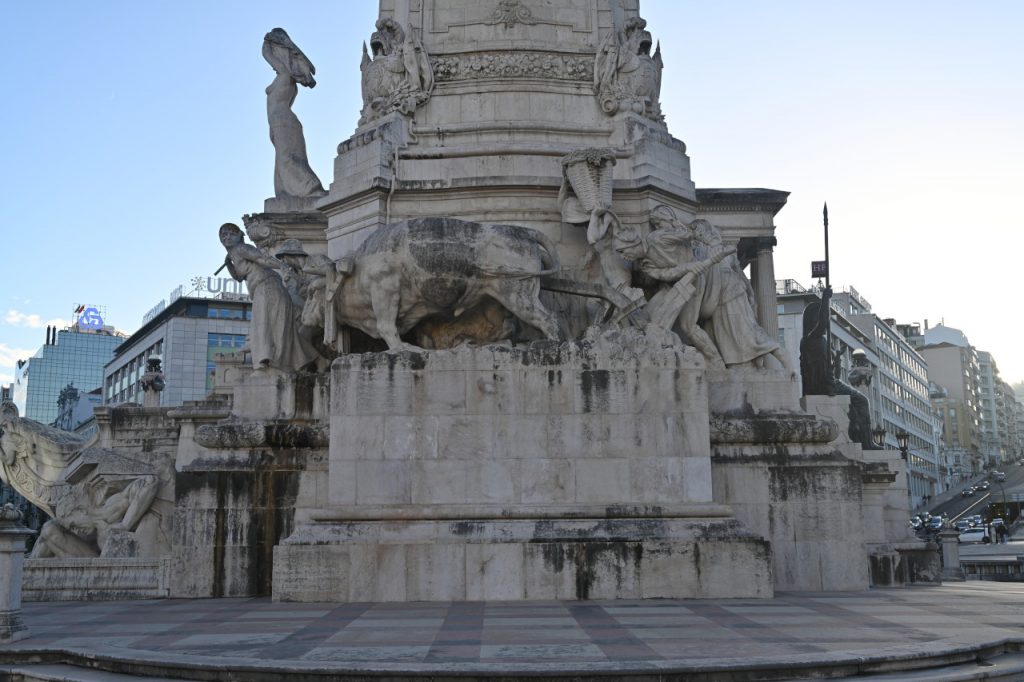
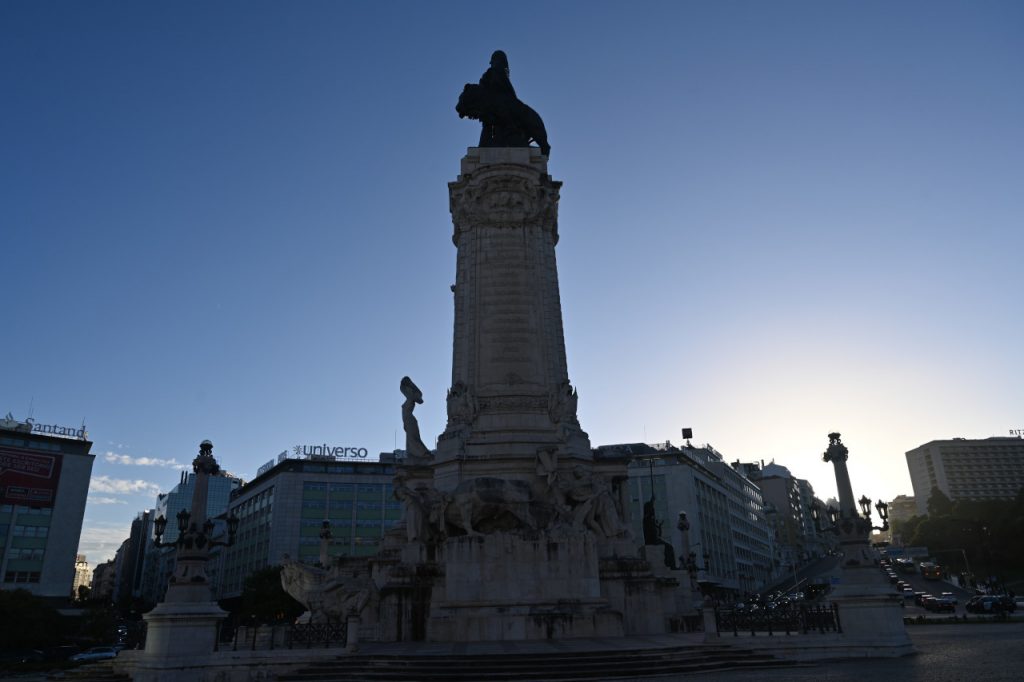
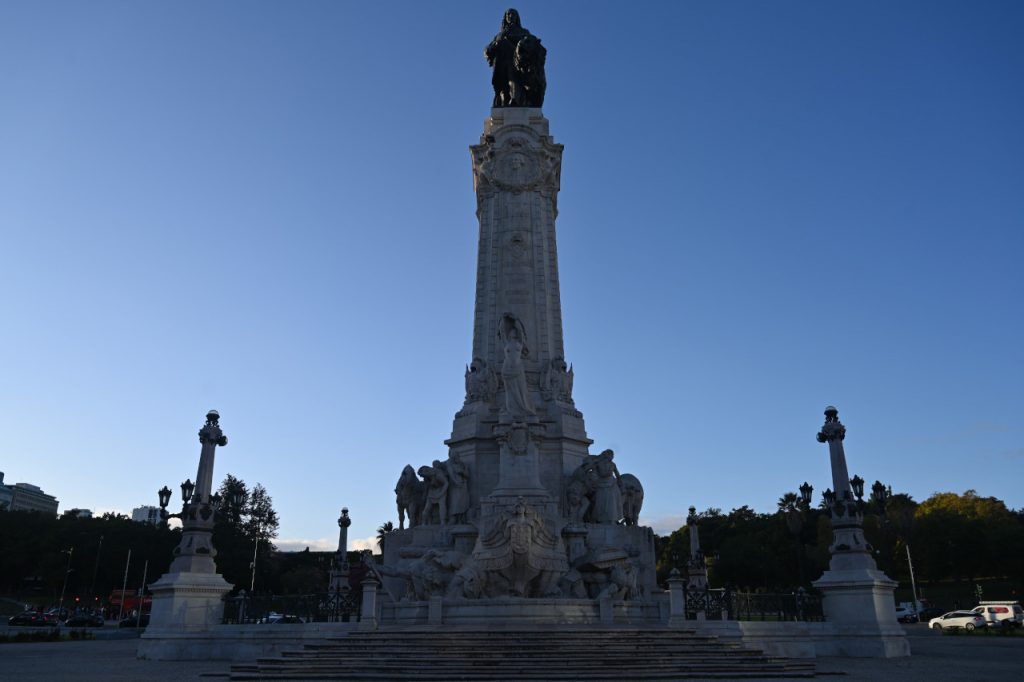
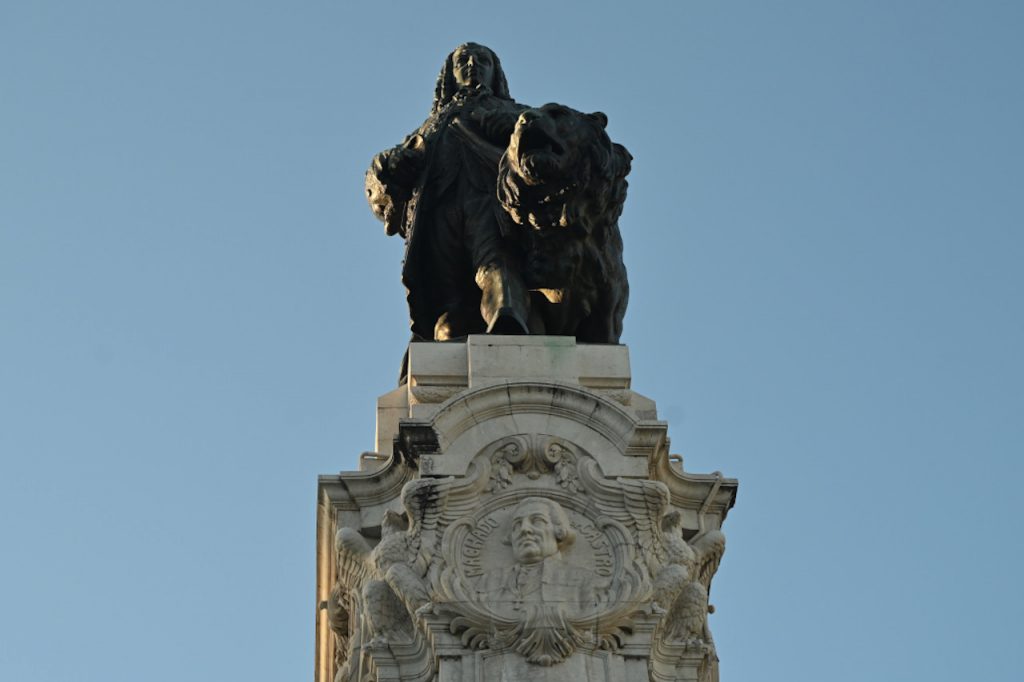

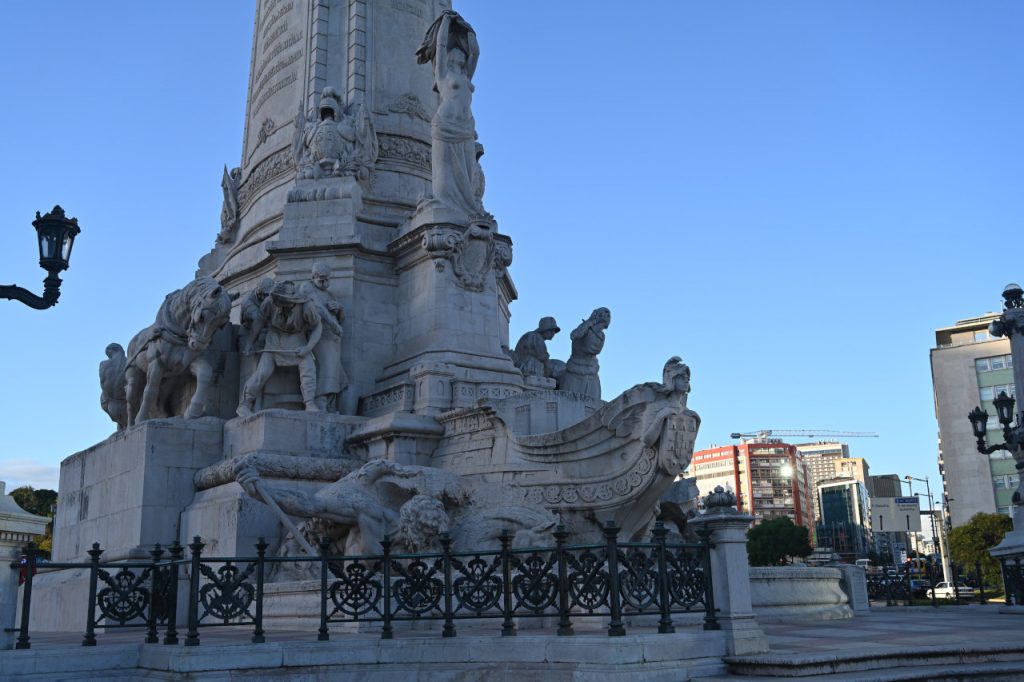
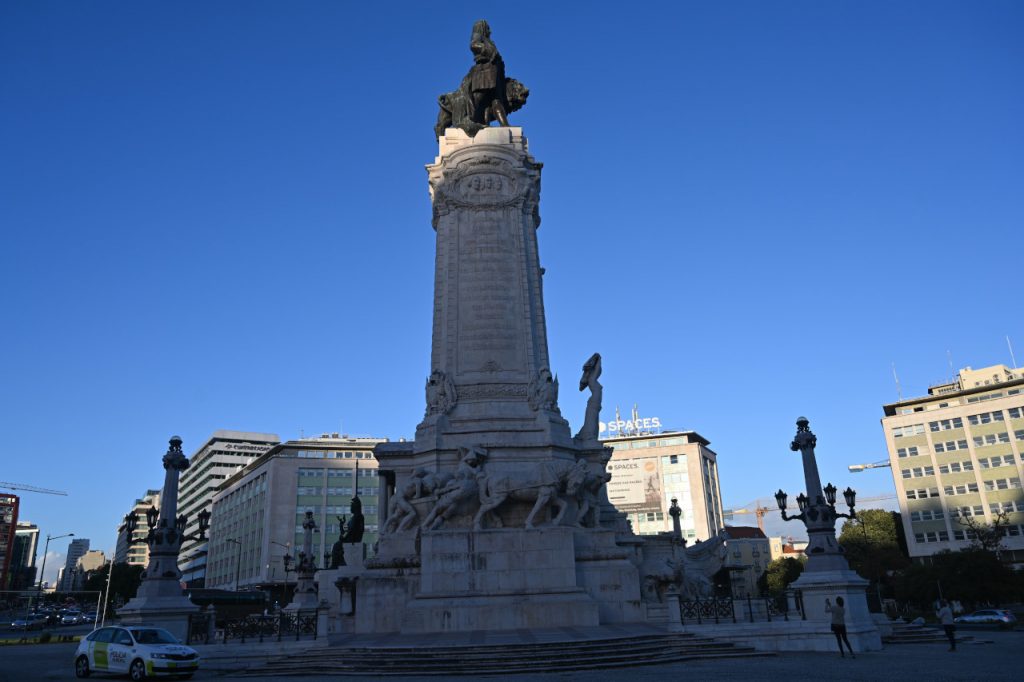
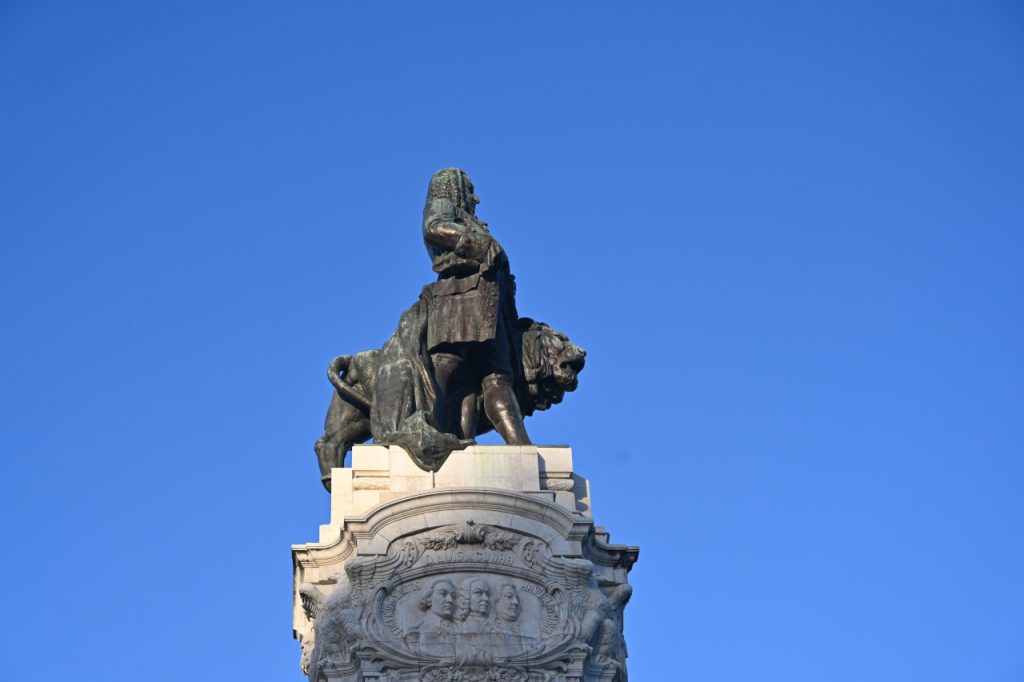
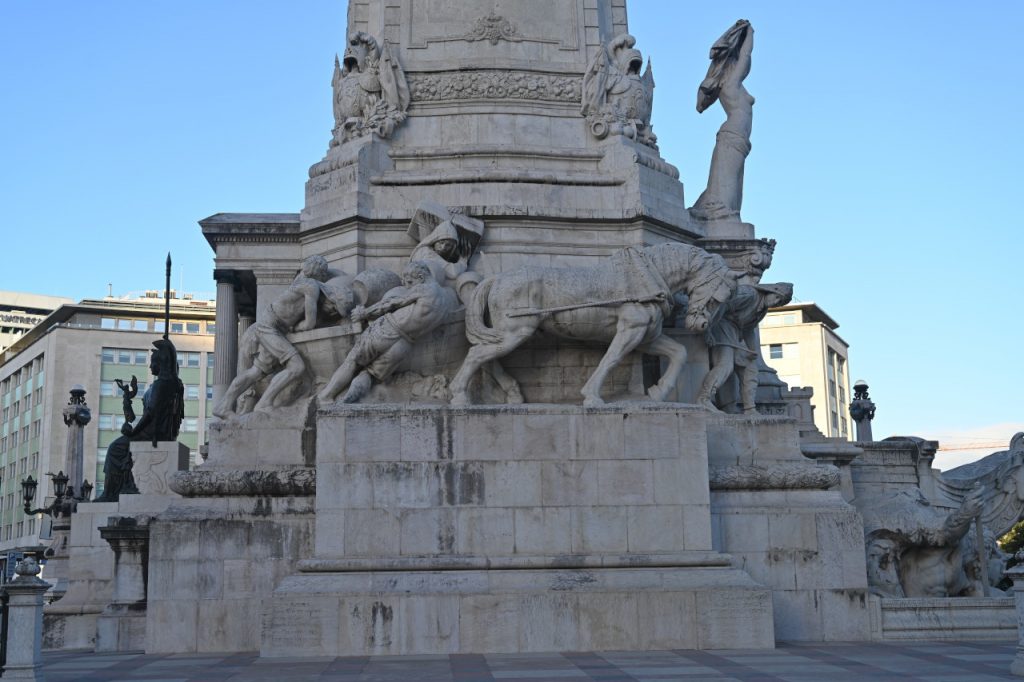
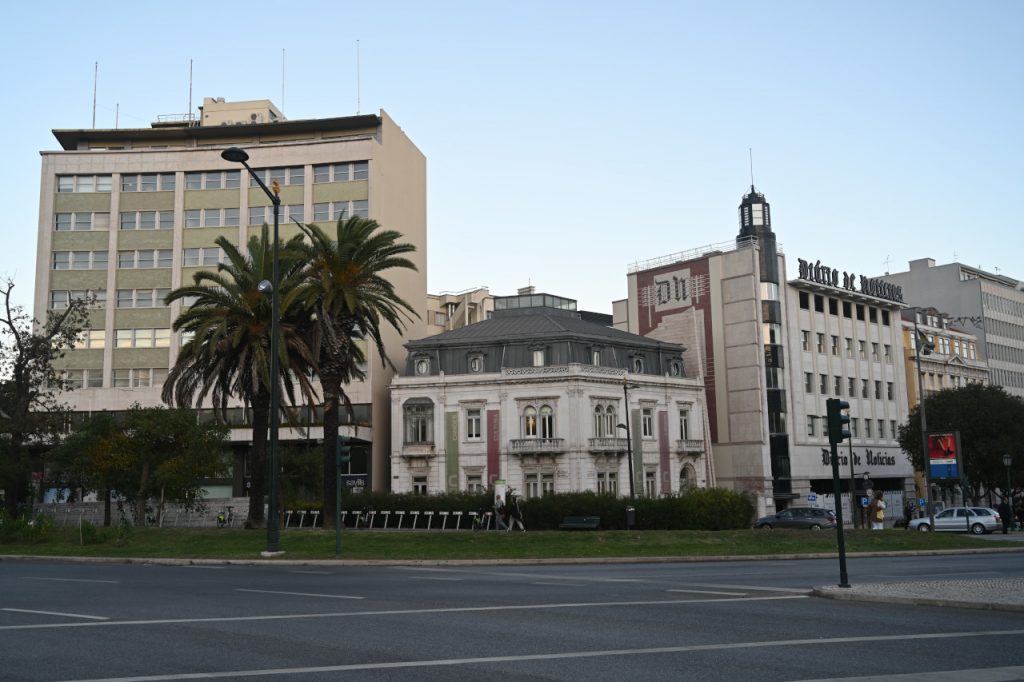
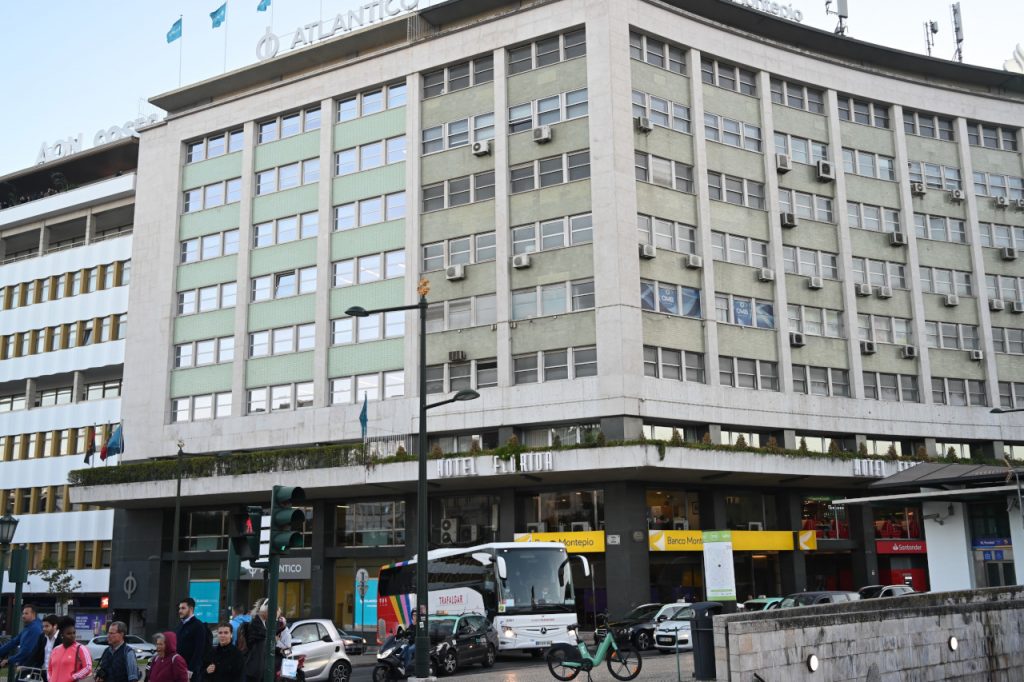


Reflecting on the day, I was grateful for the incredible tour, despite the weather conditions at Pena Castle.
The sights, comfort, hospitality, and the opportunity to meet new international friends throughout the trip made it an unforgettable experience.
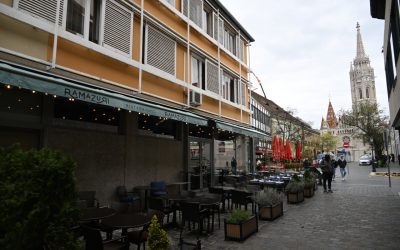

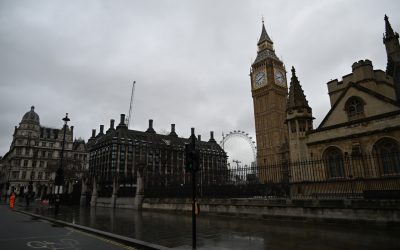
Thankful blog with enough indirect experience.Thank you.
Thank you so much for your comment. This is the first one. Have a great day